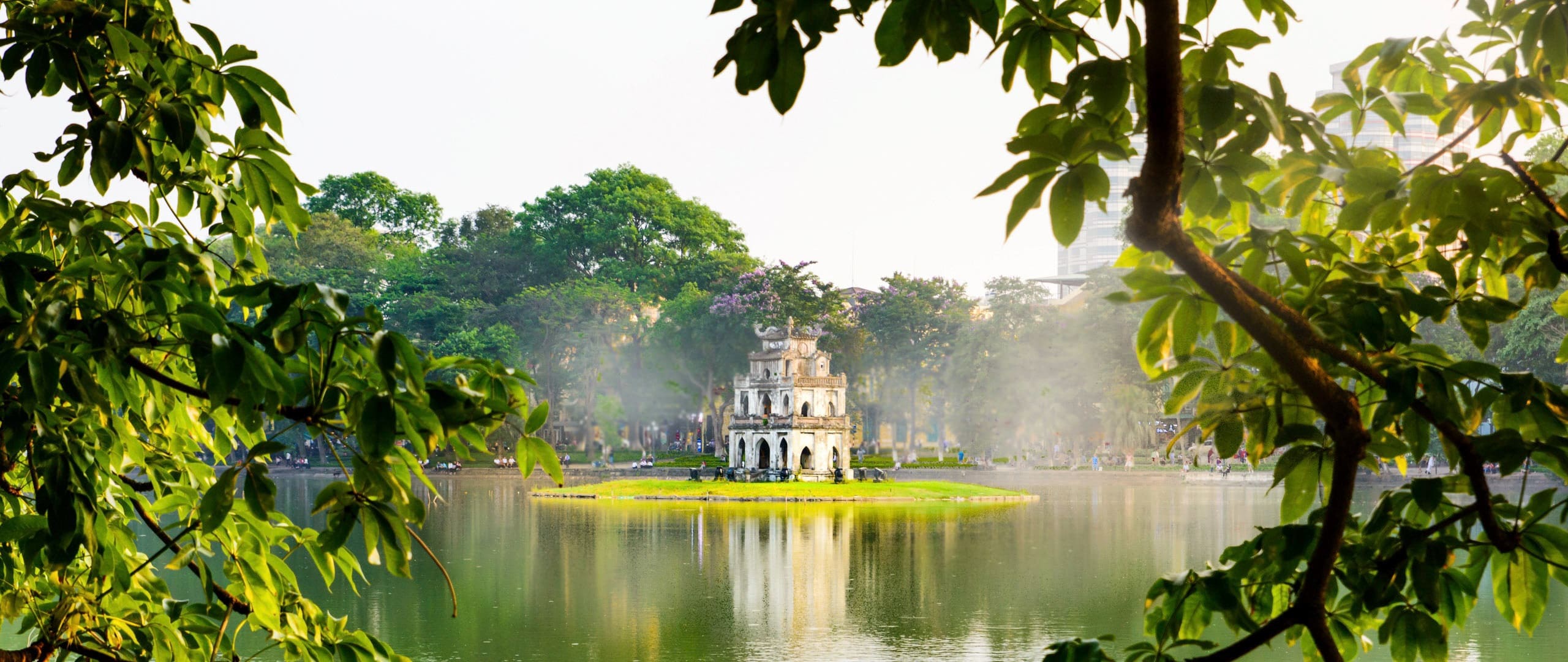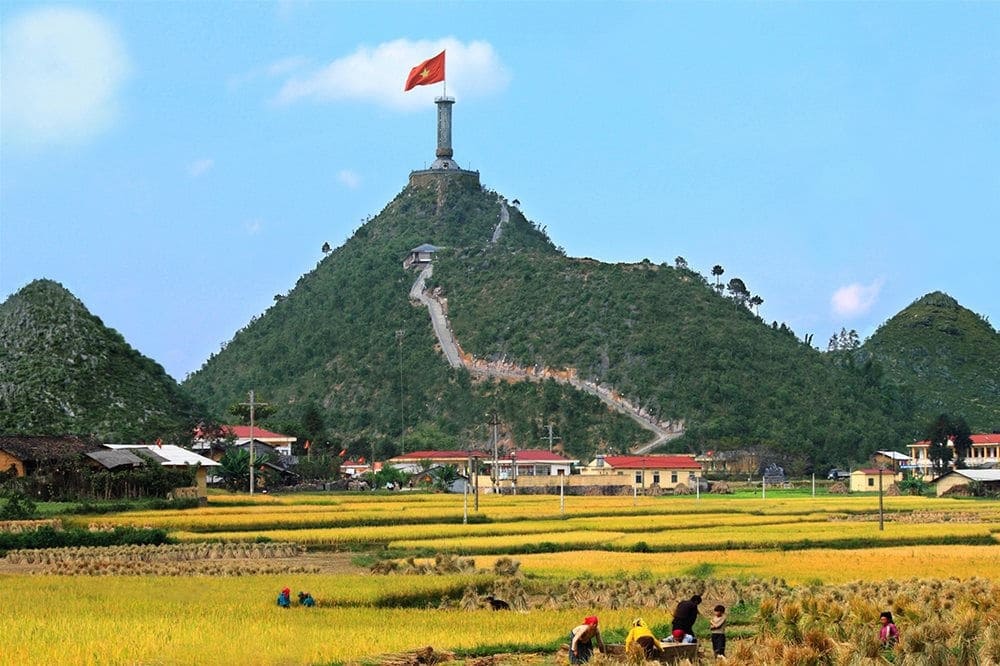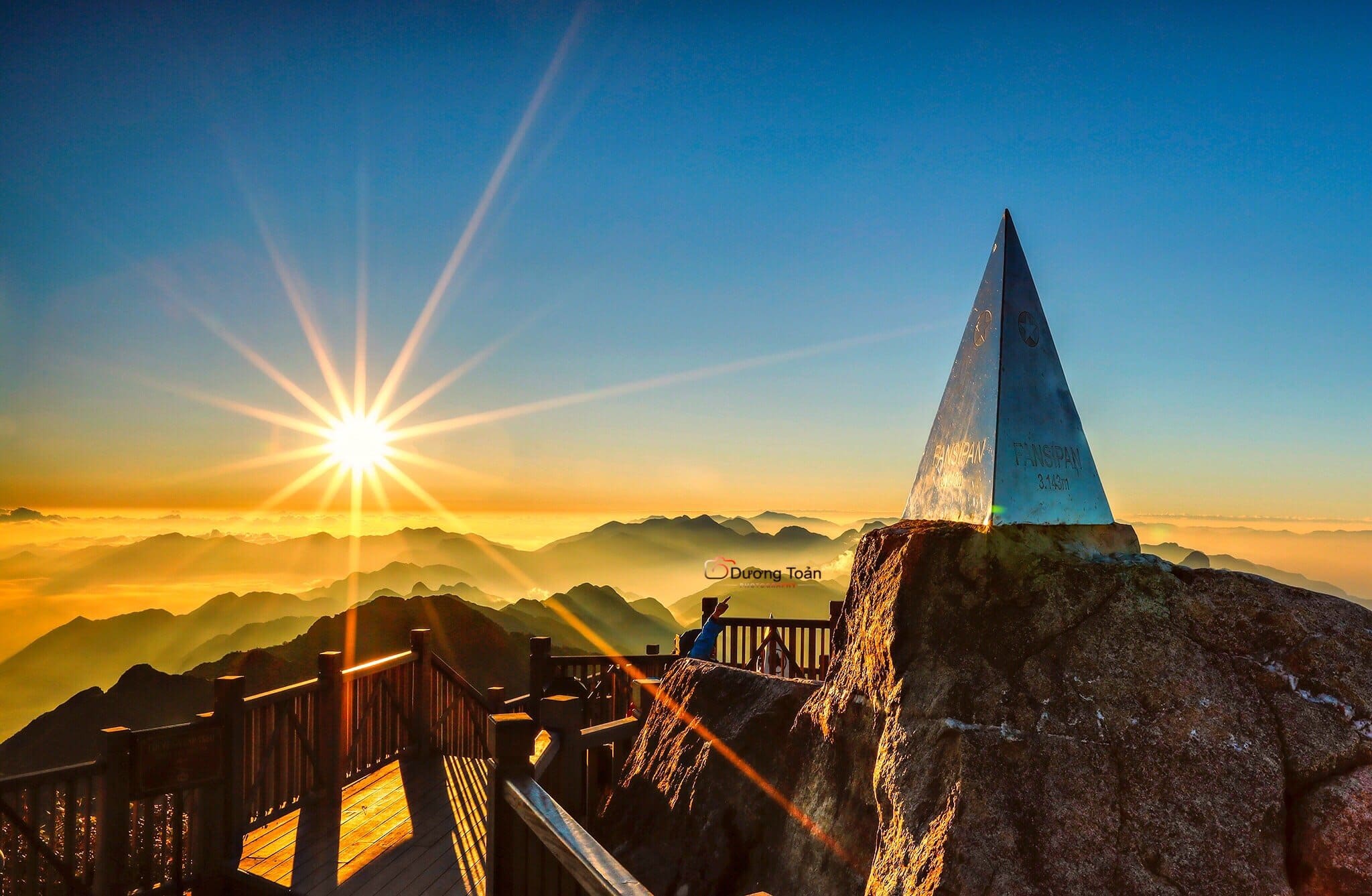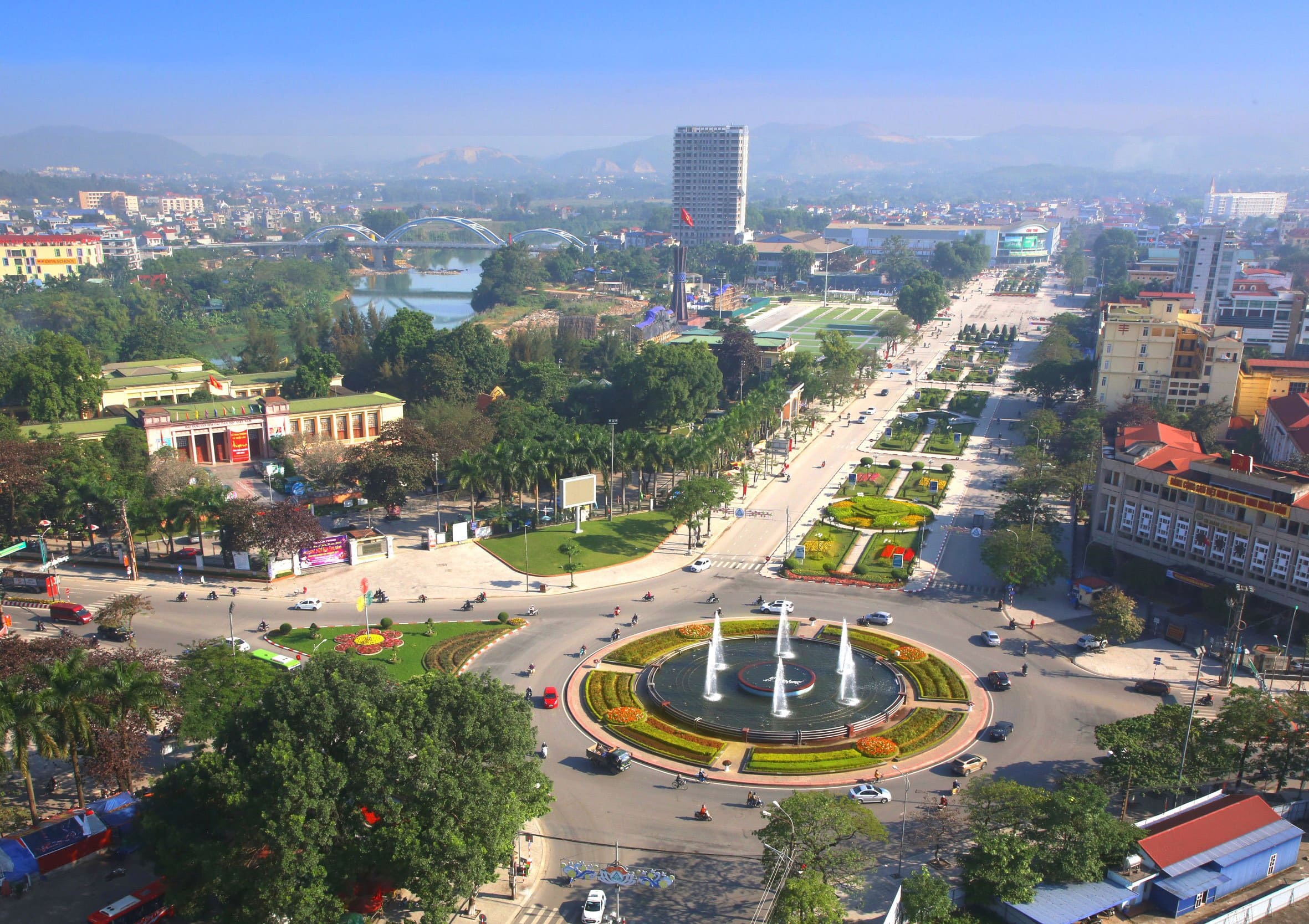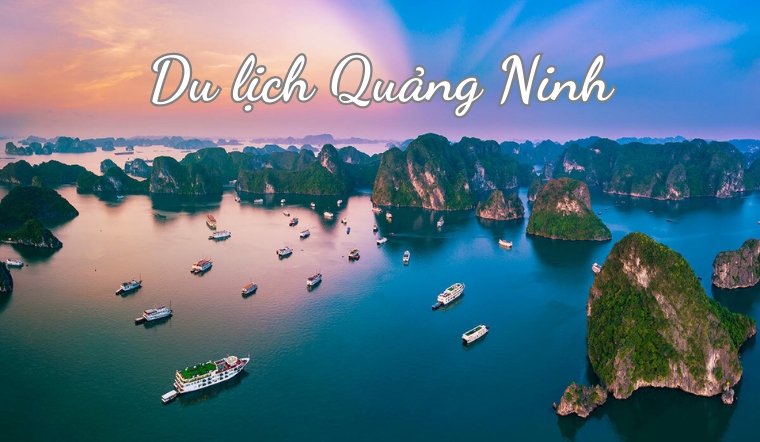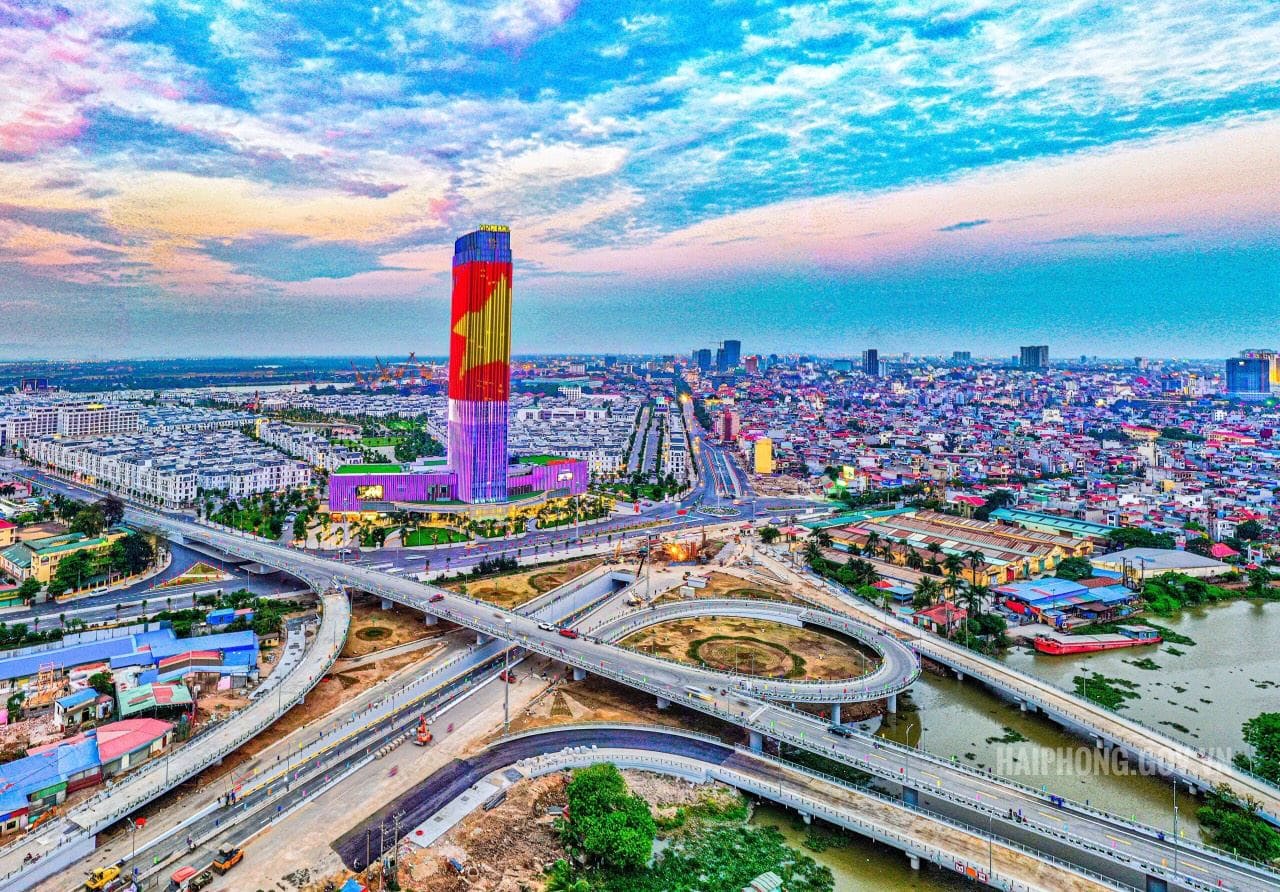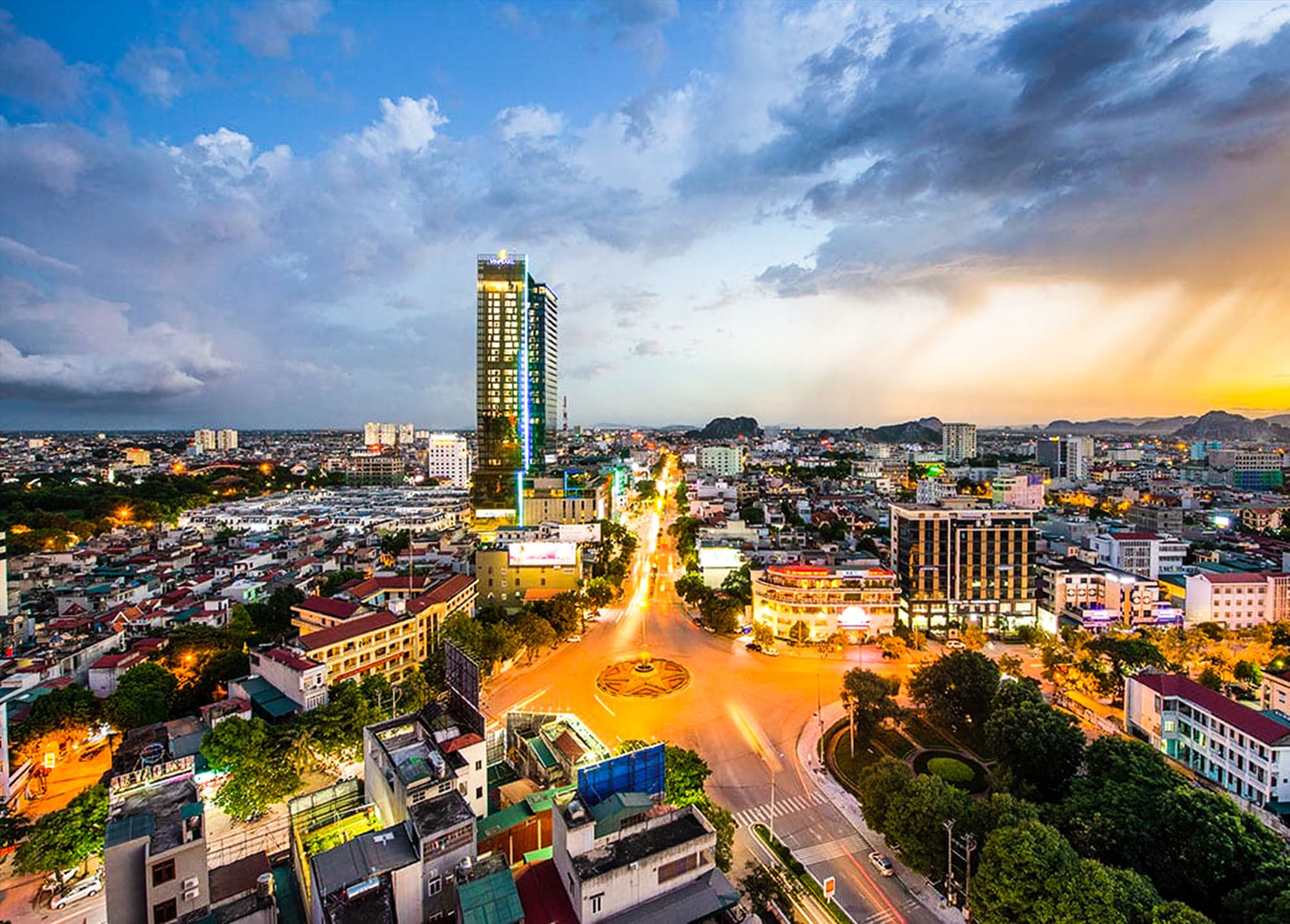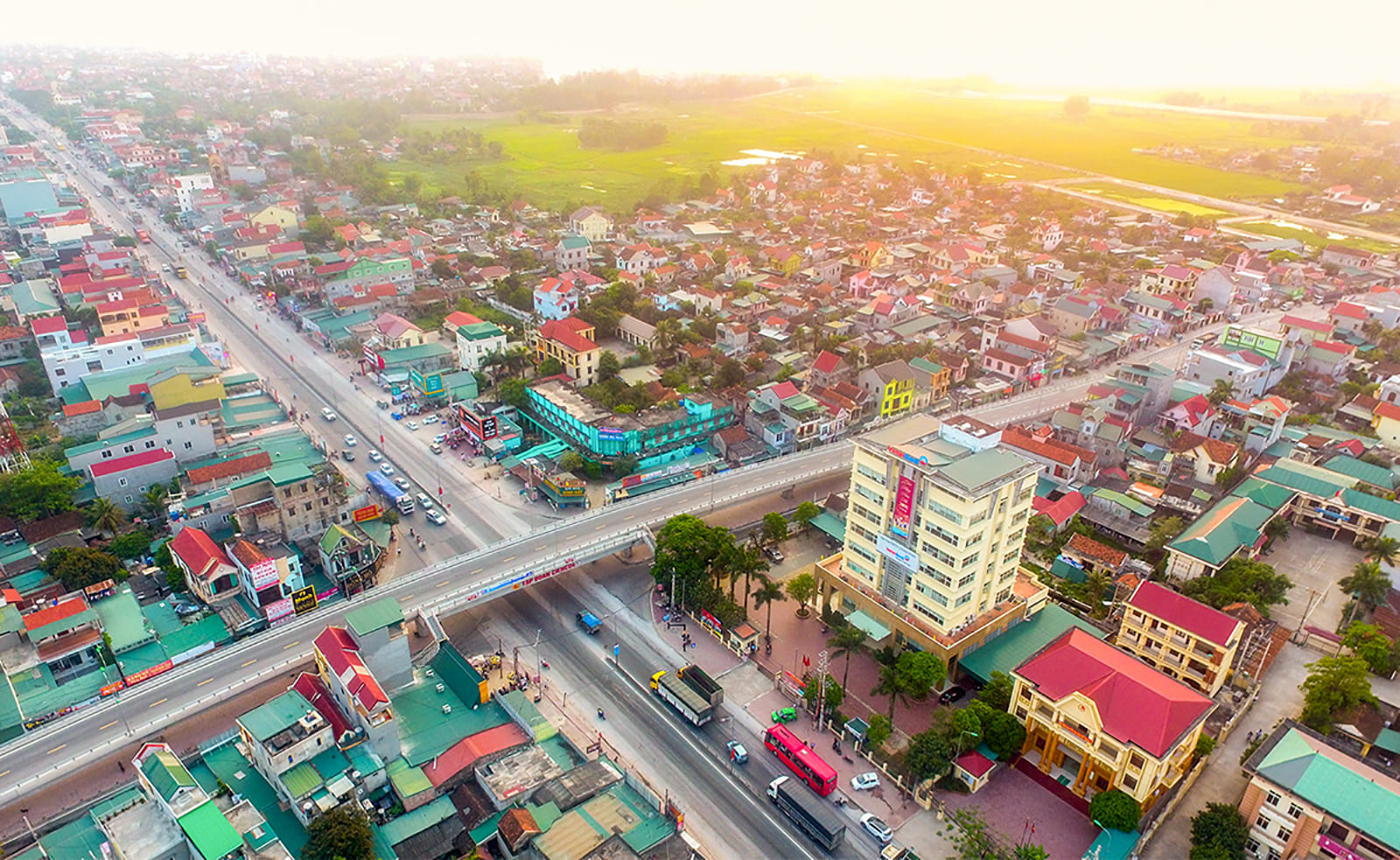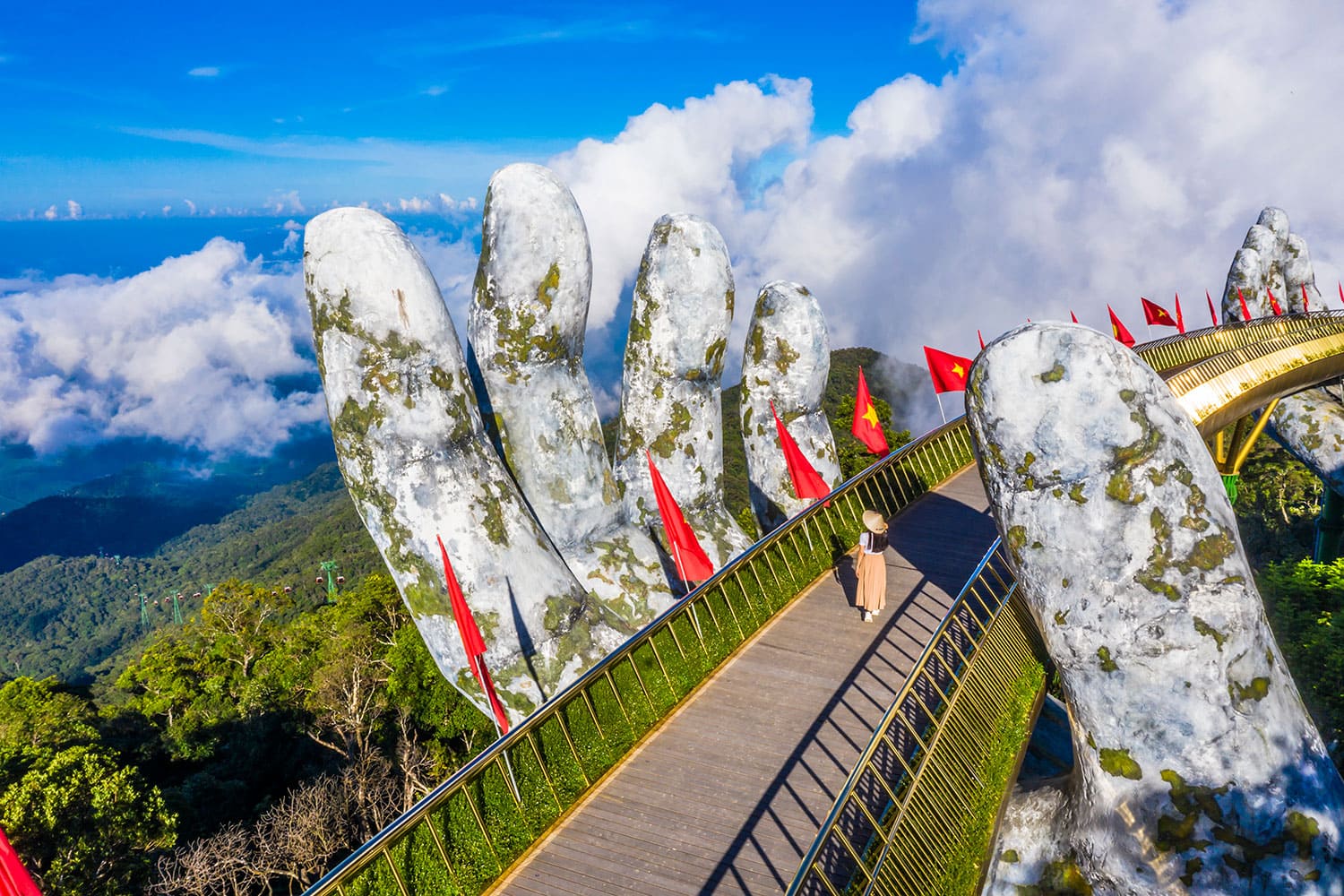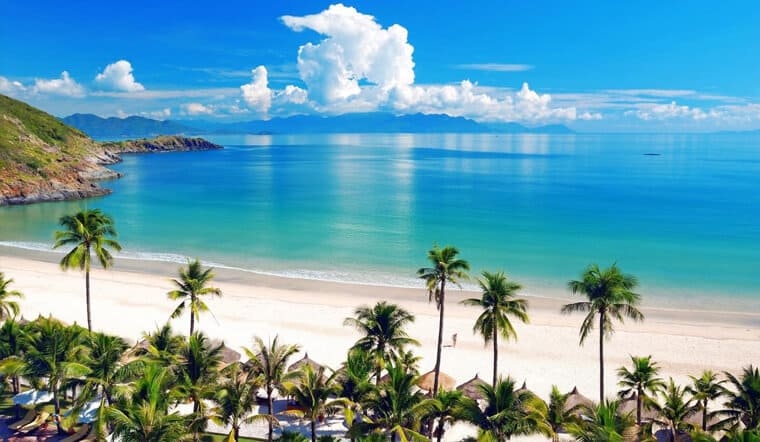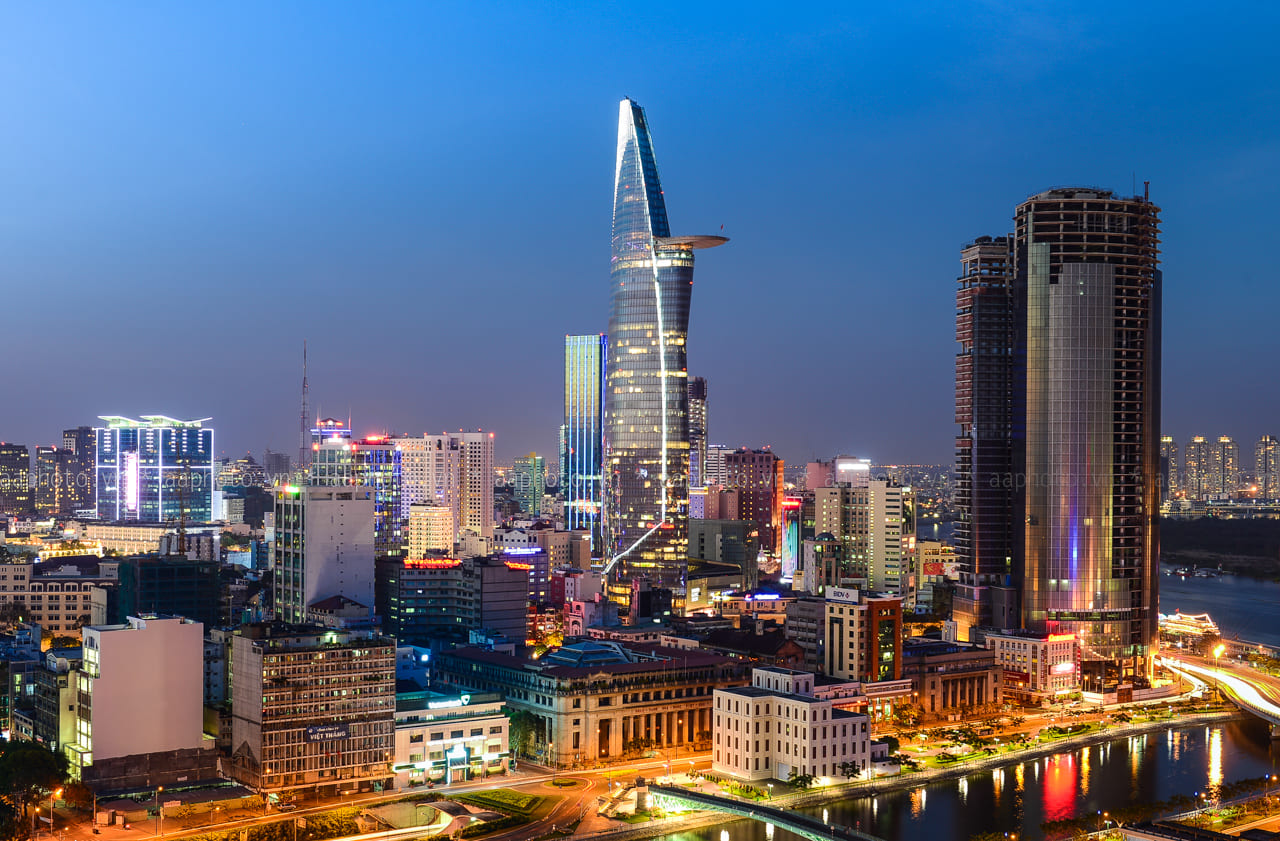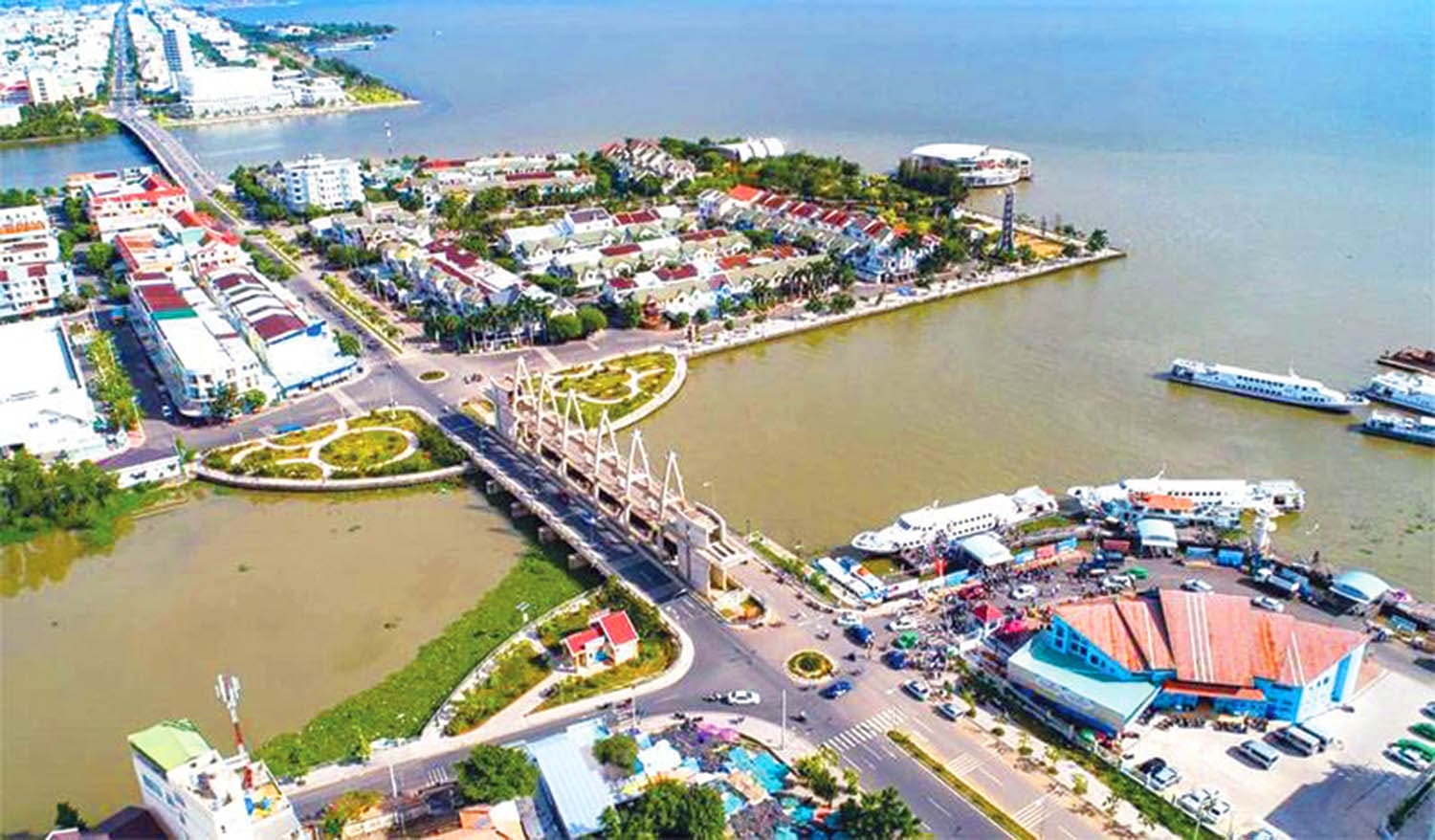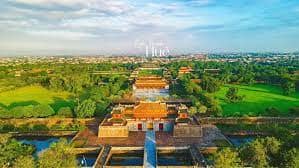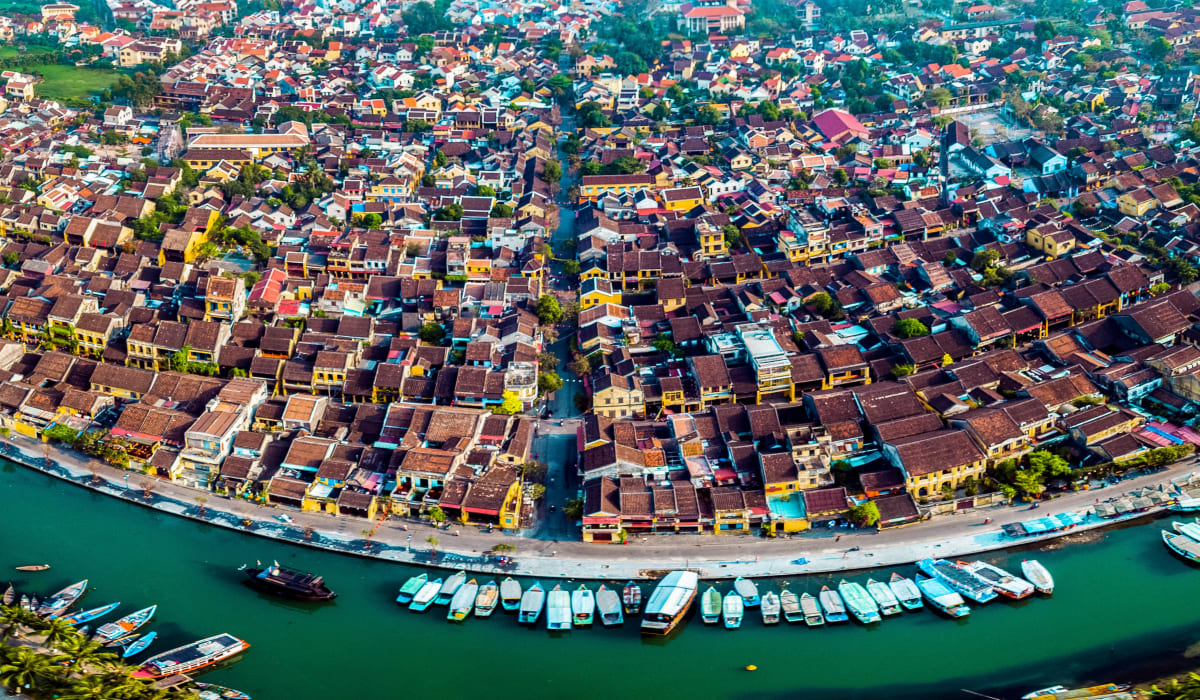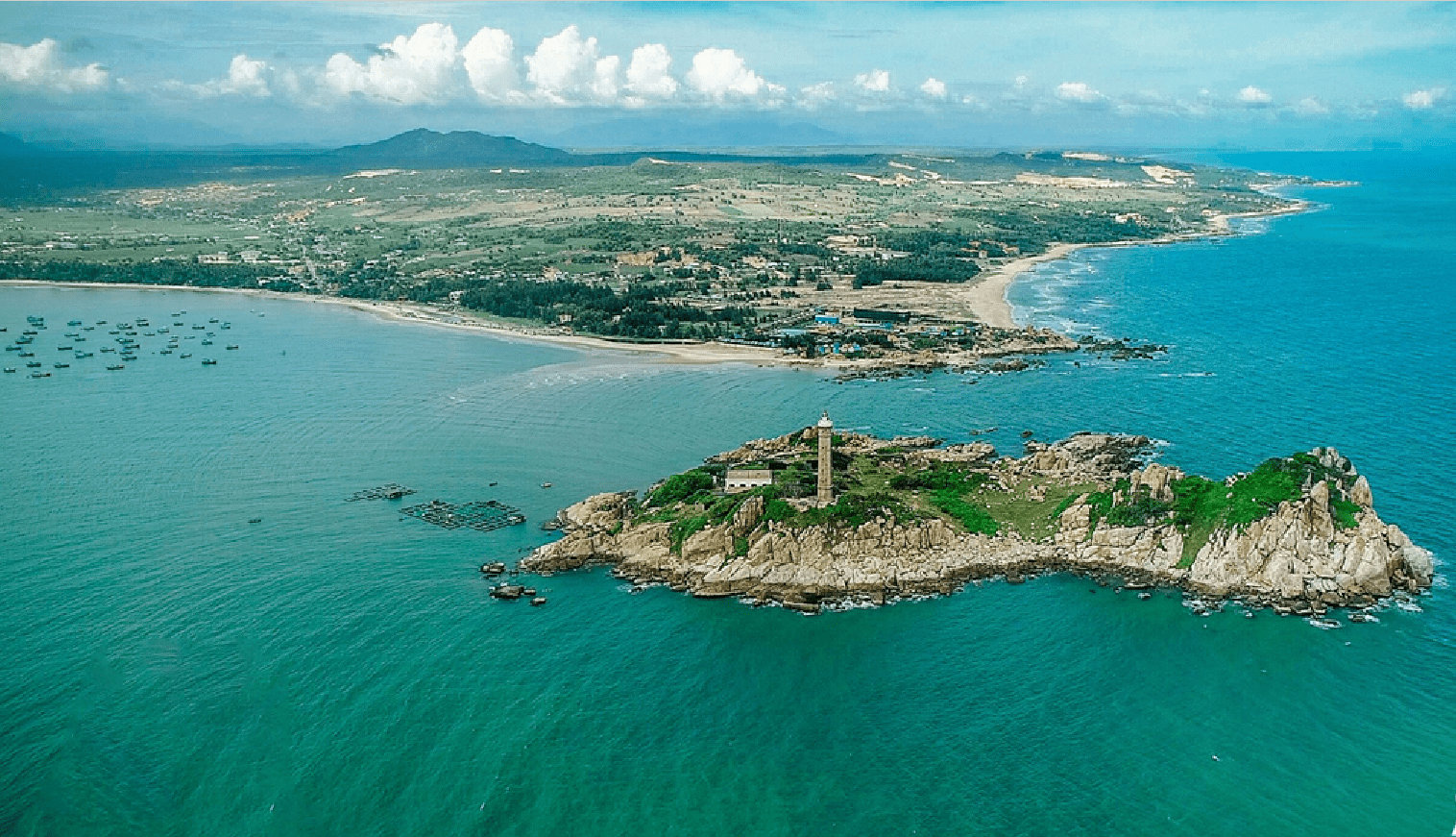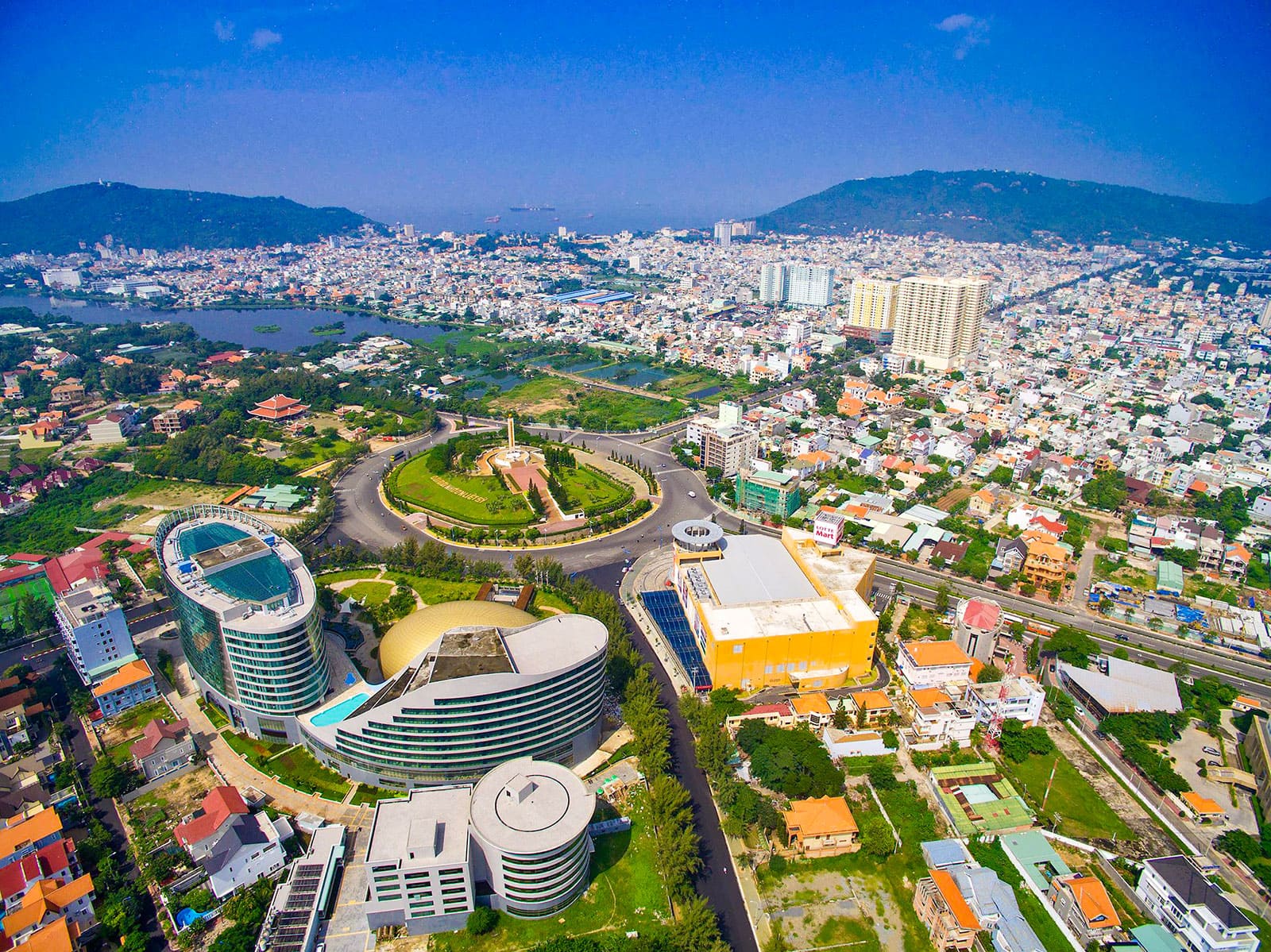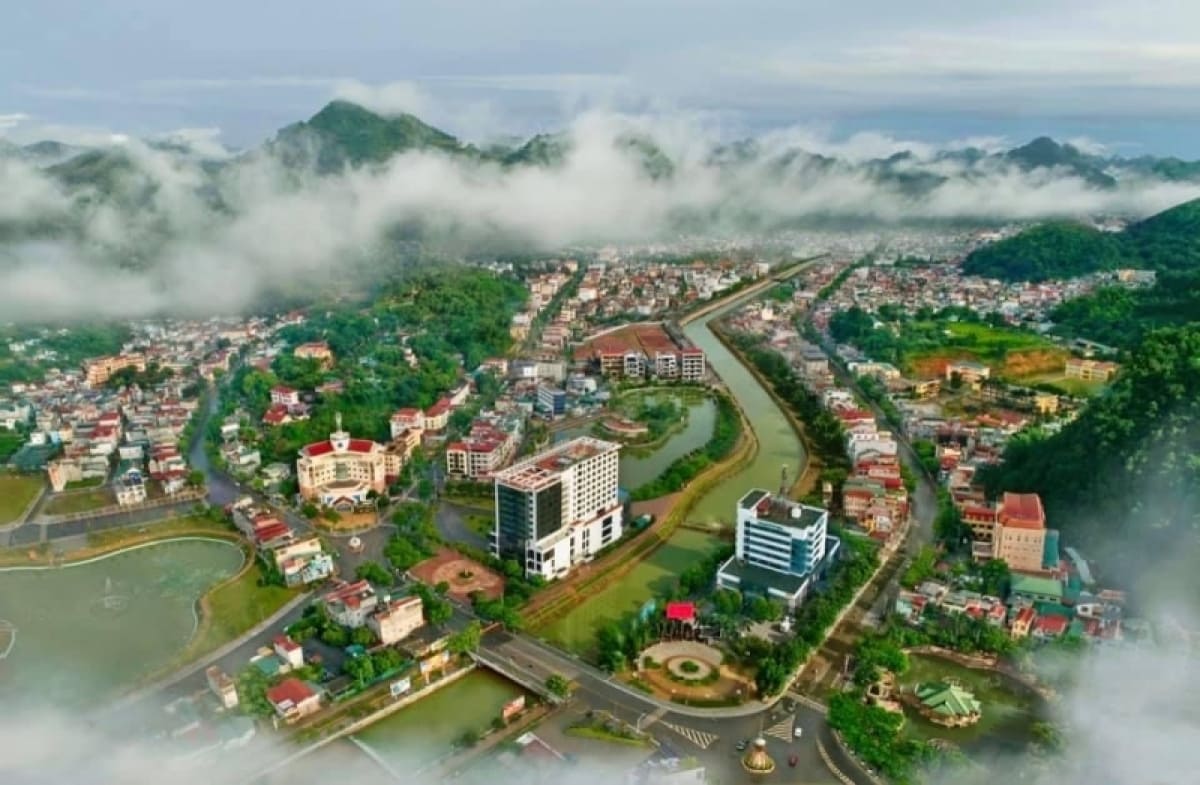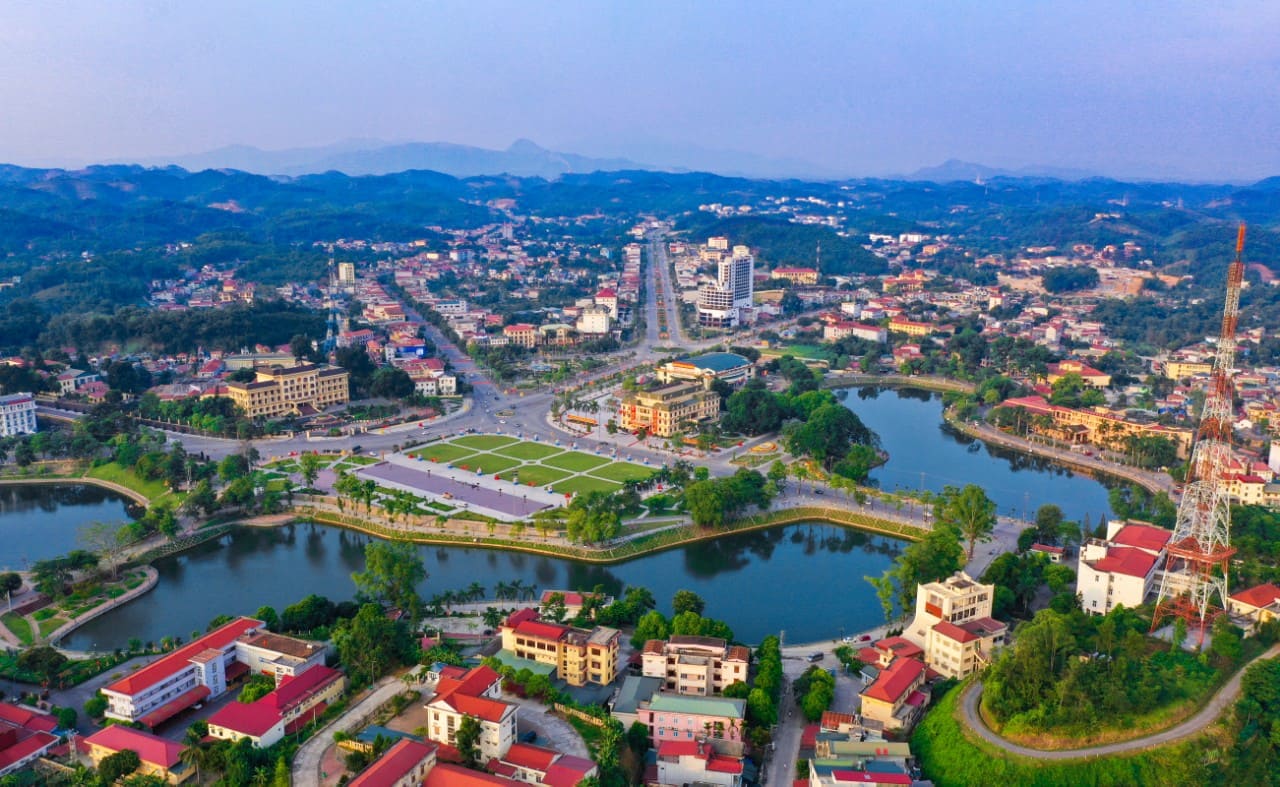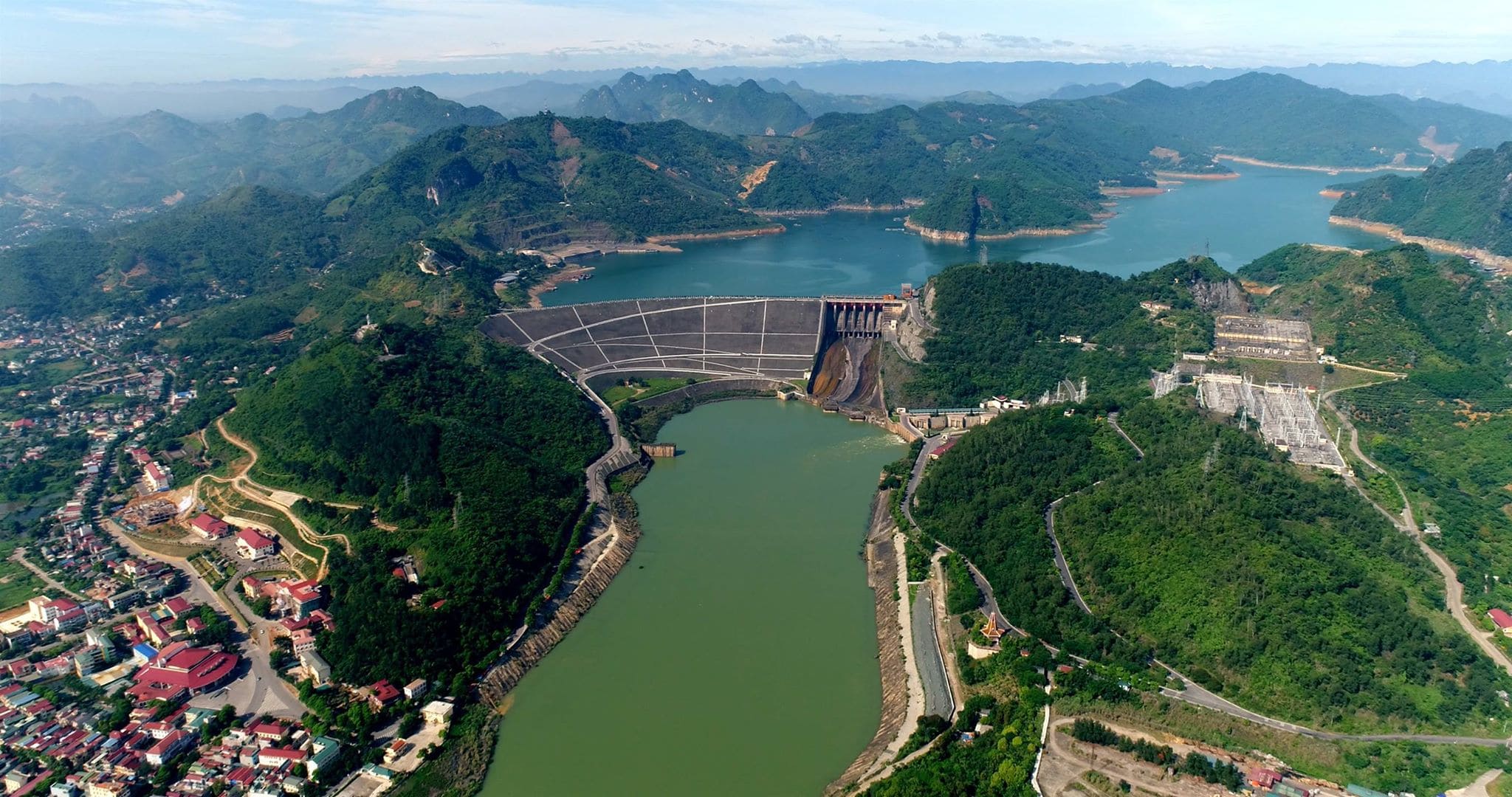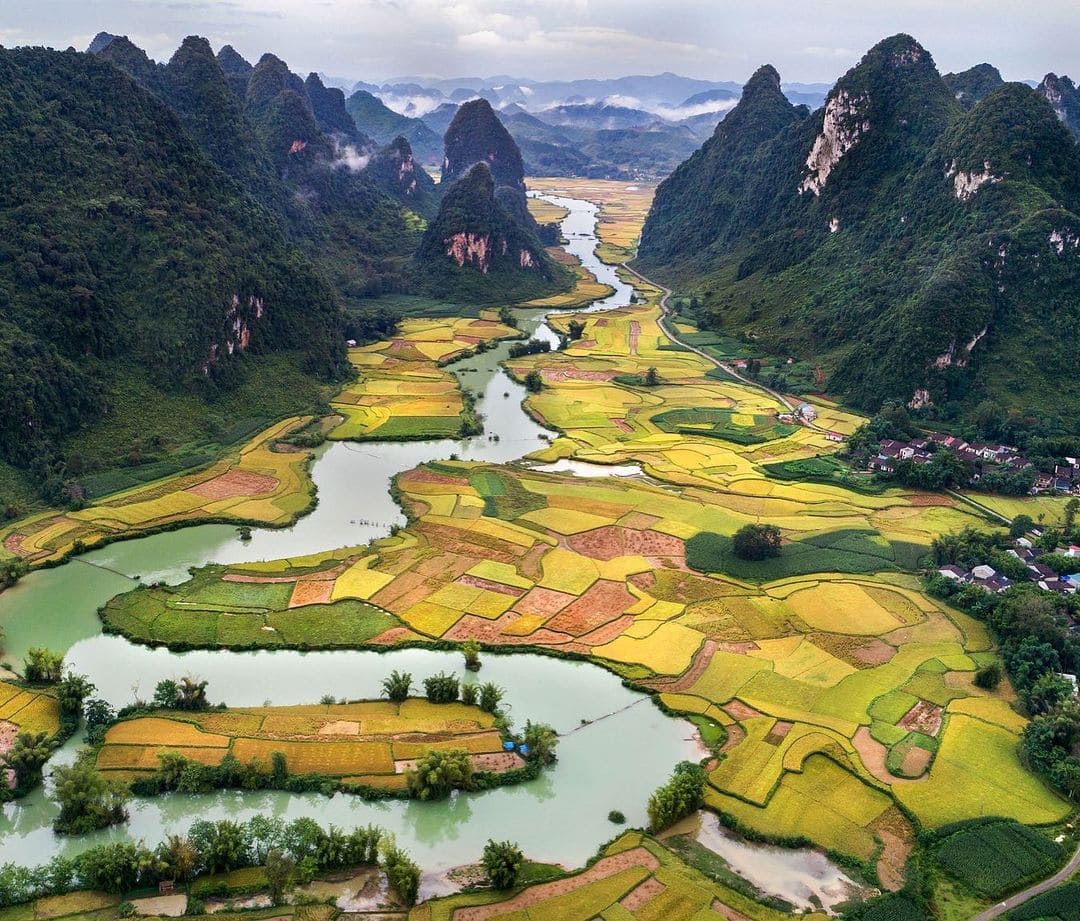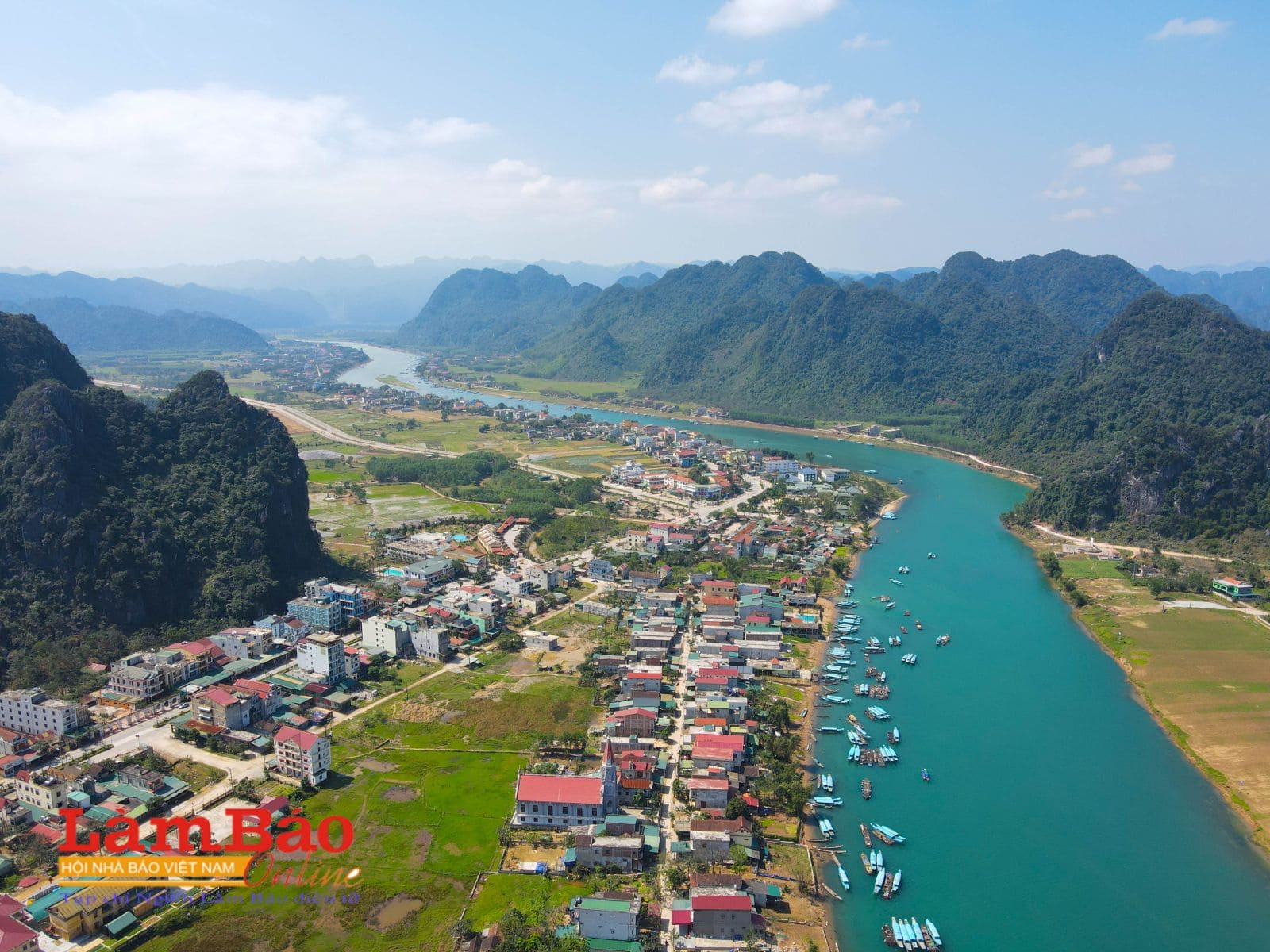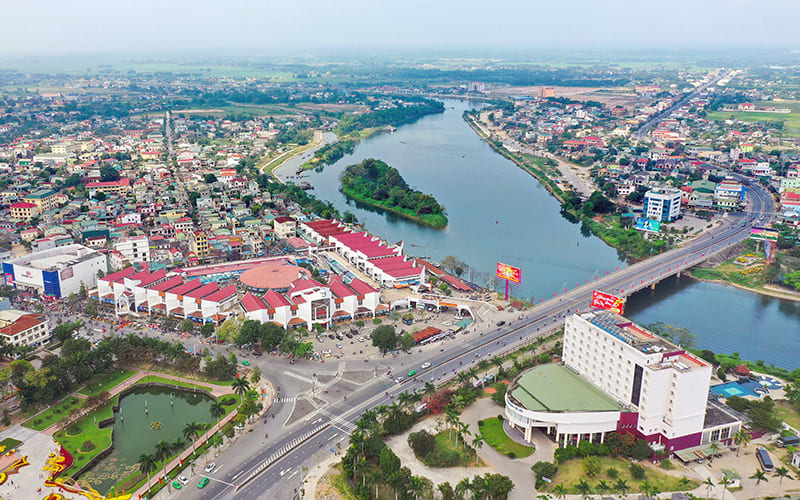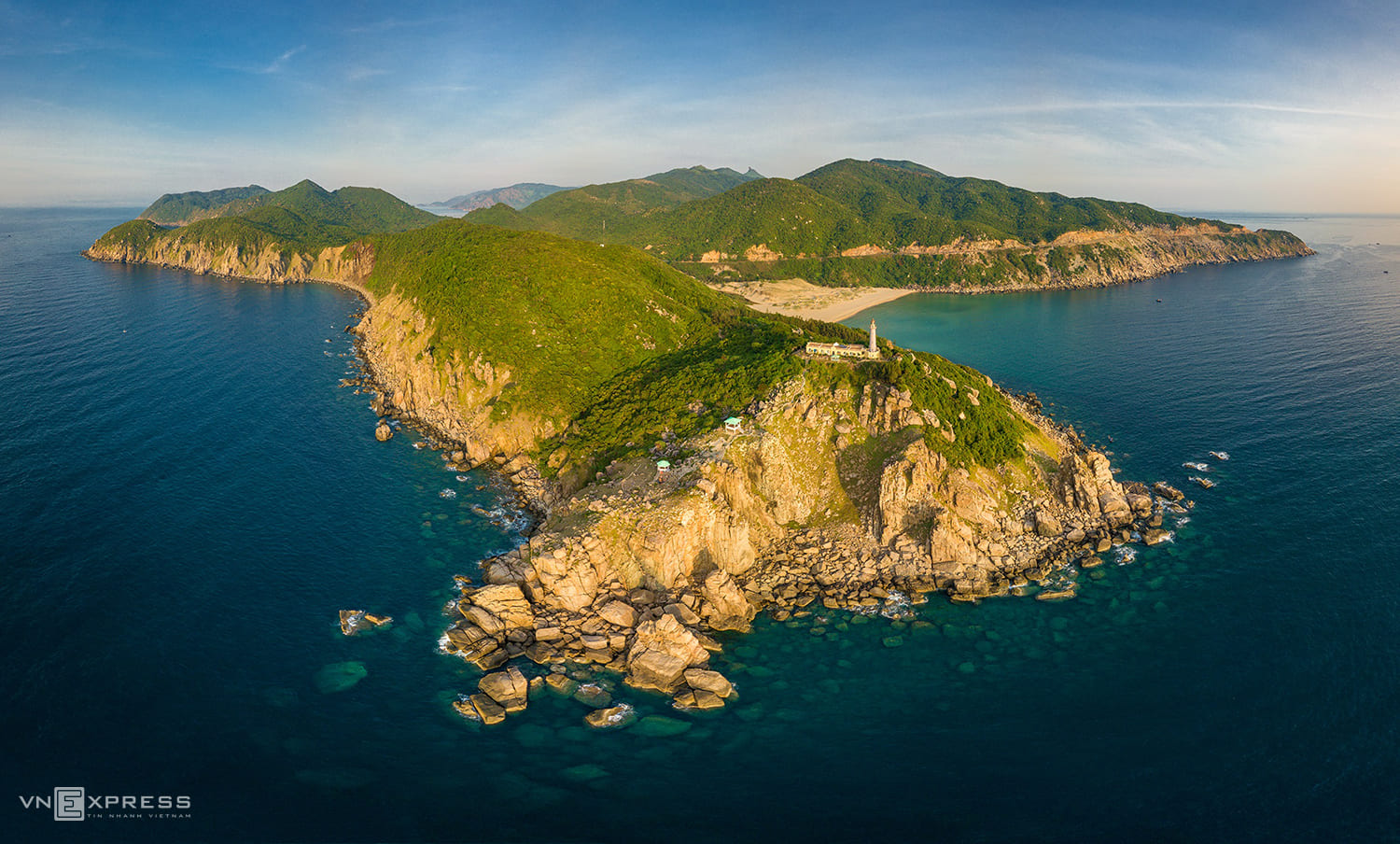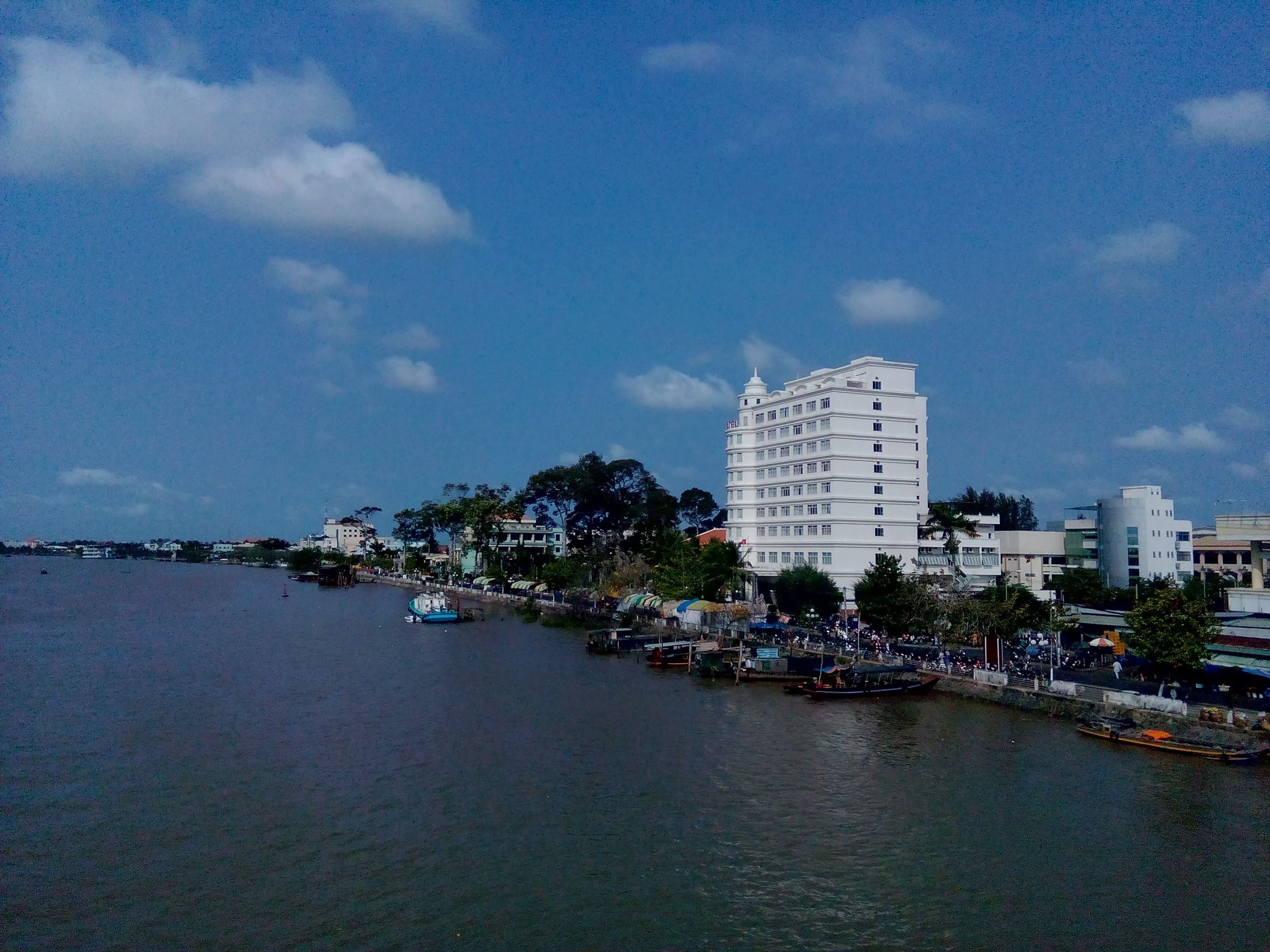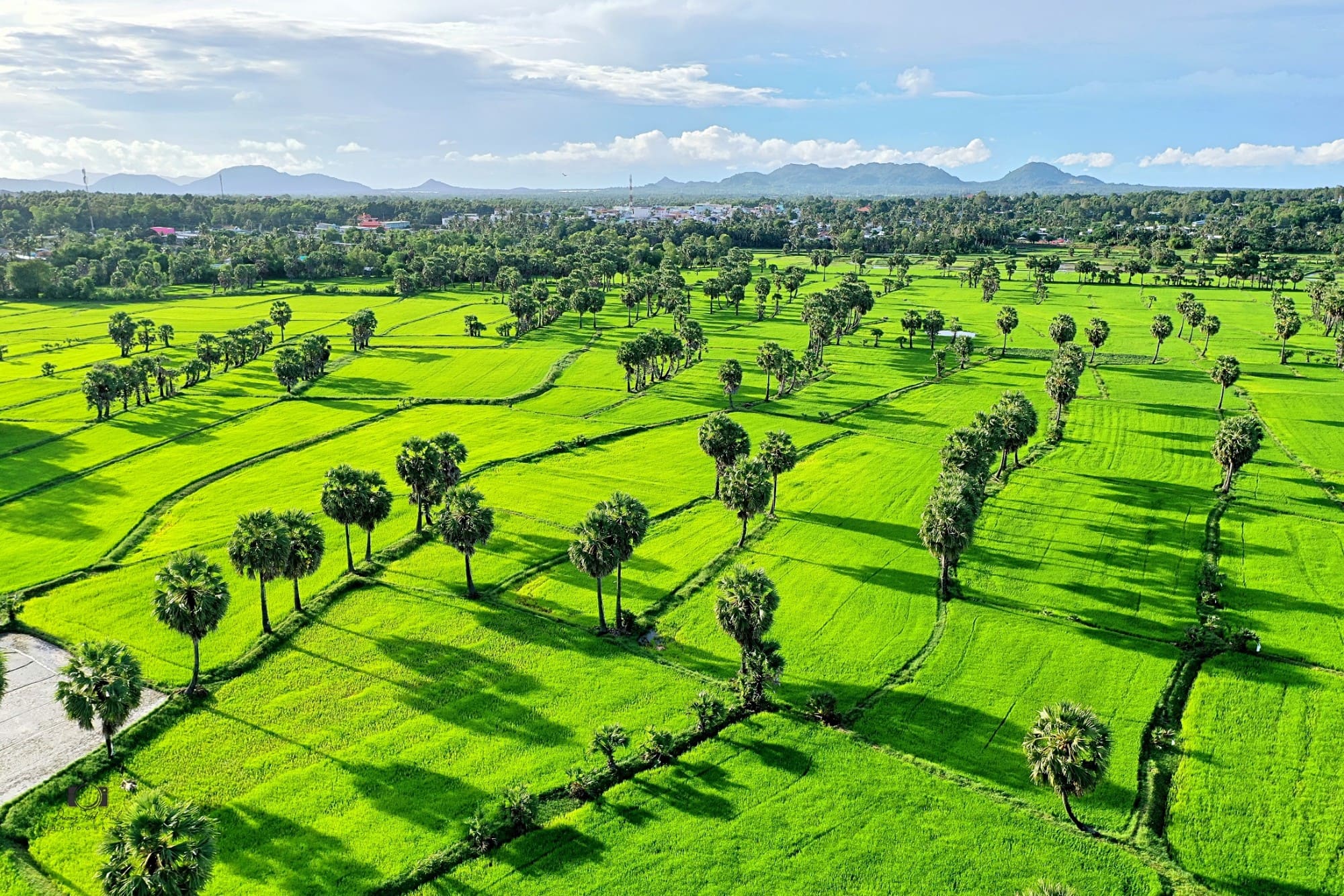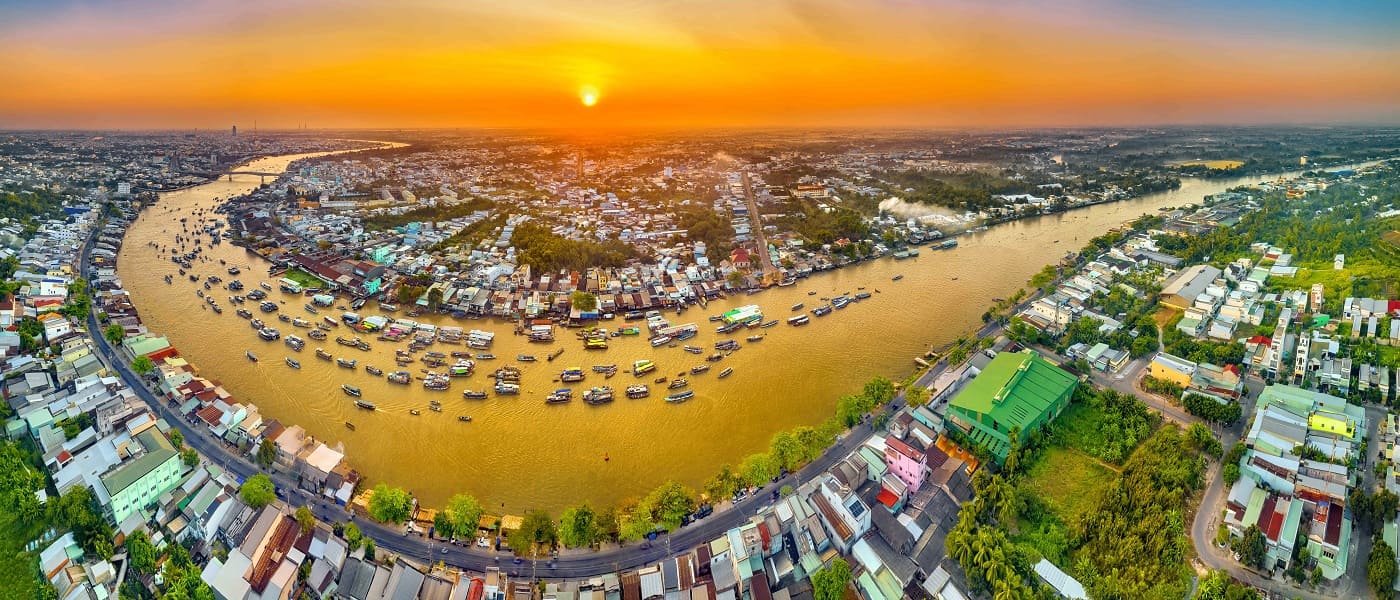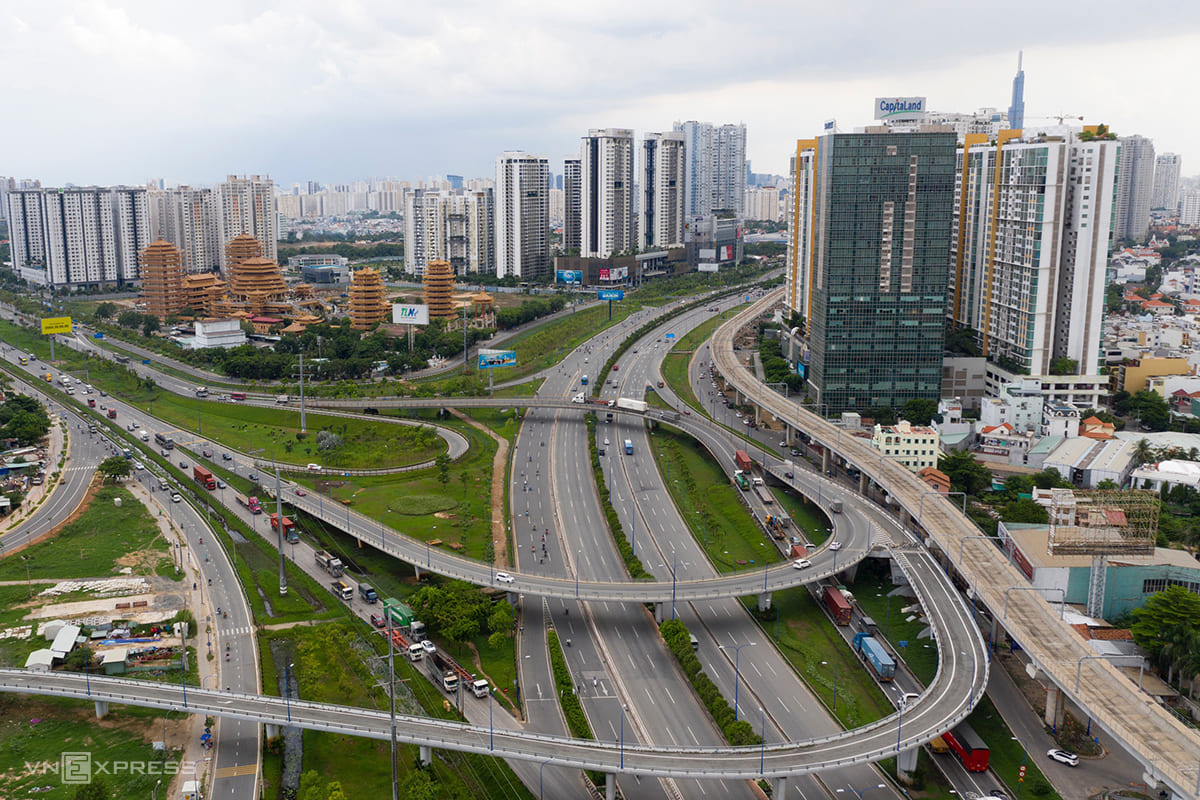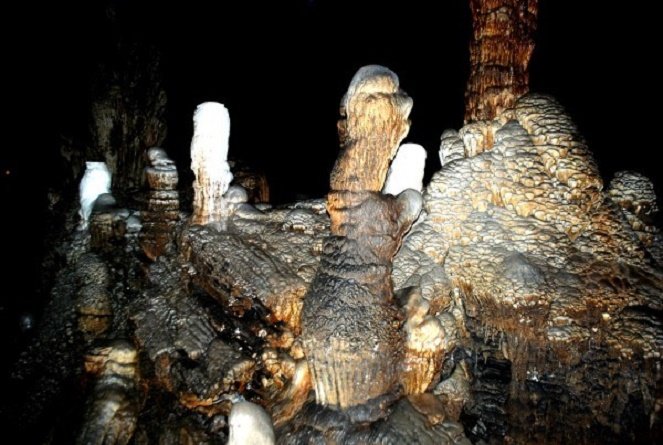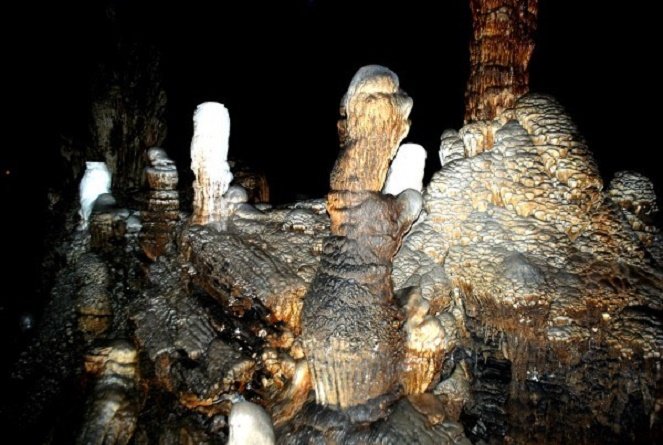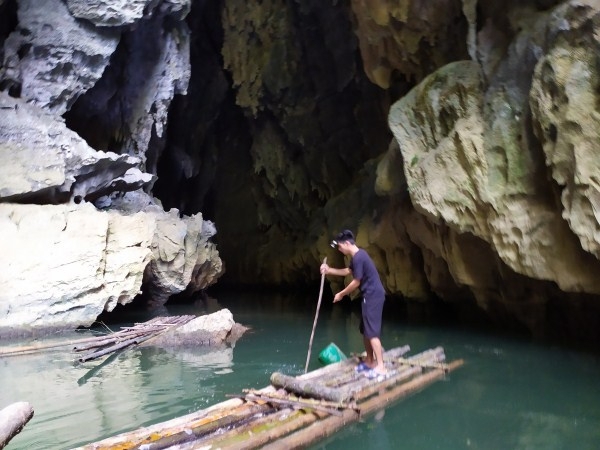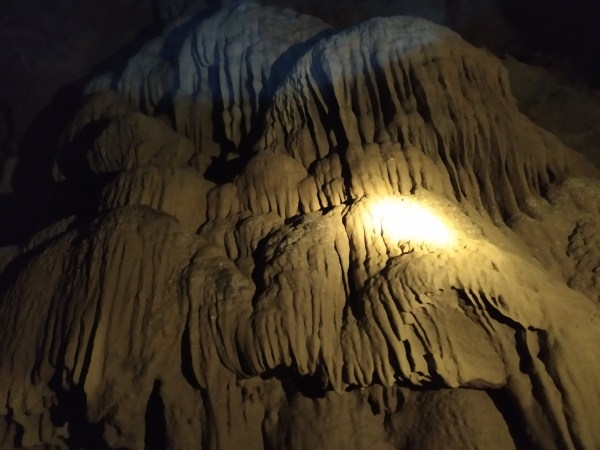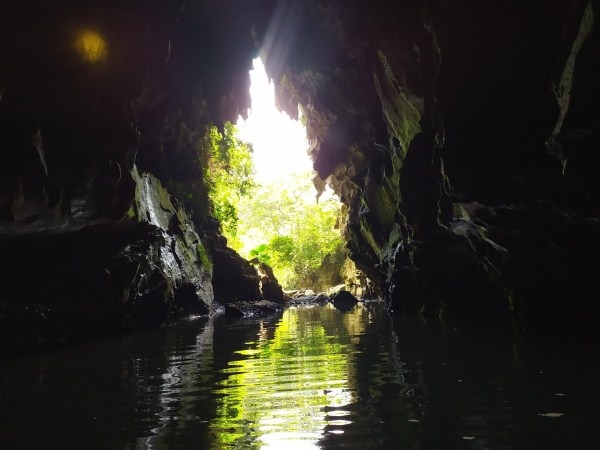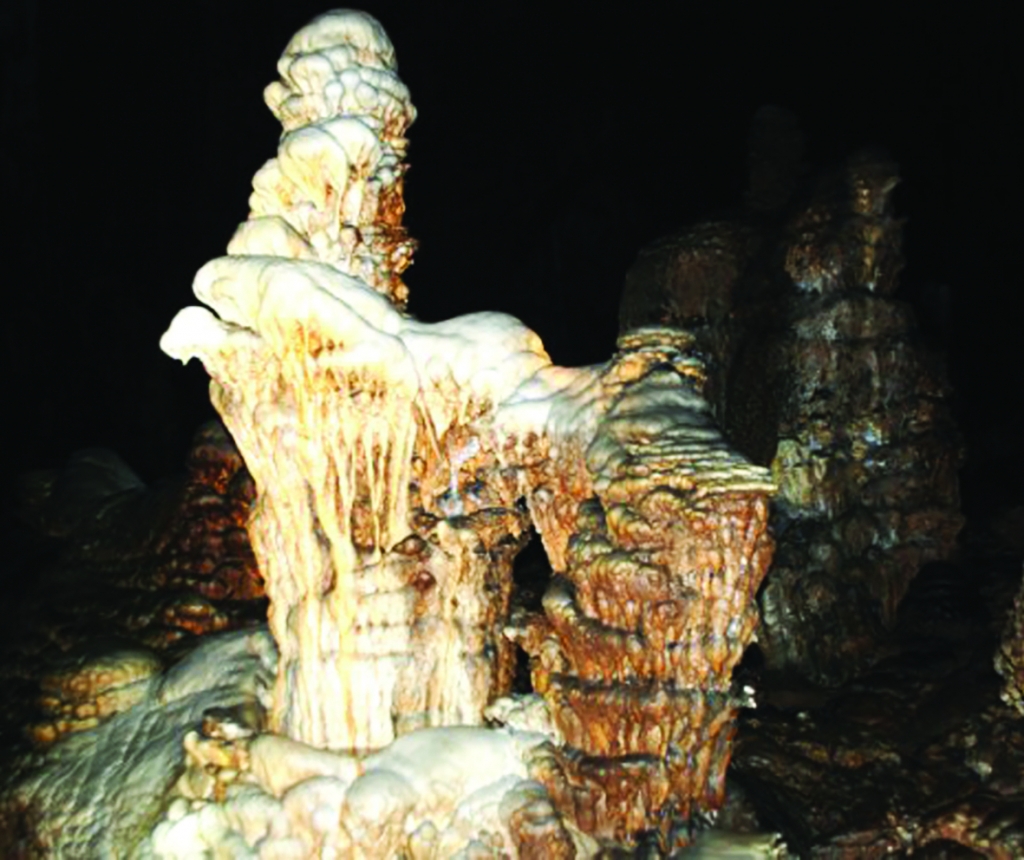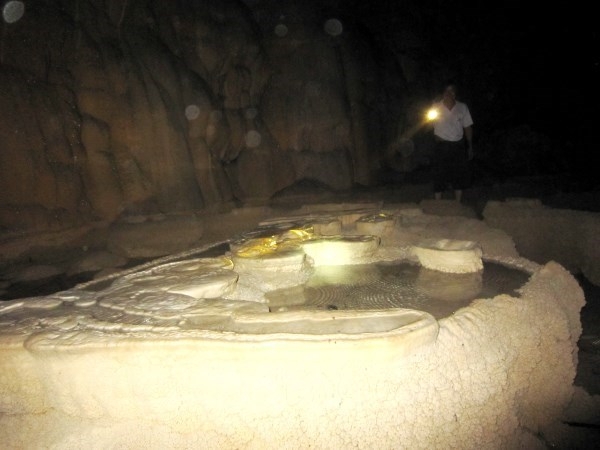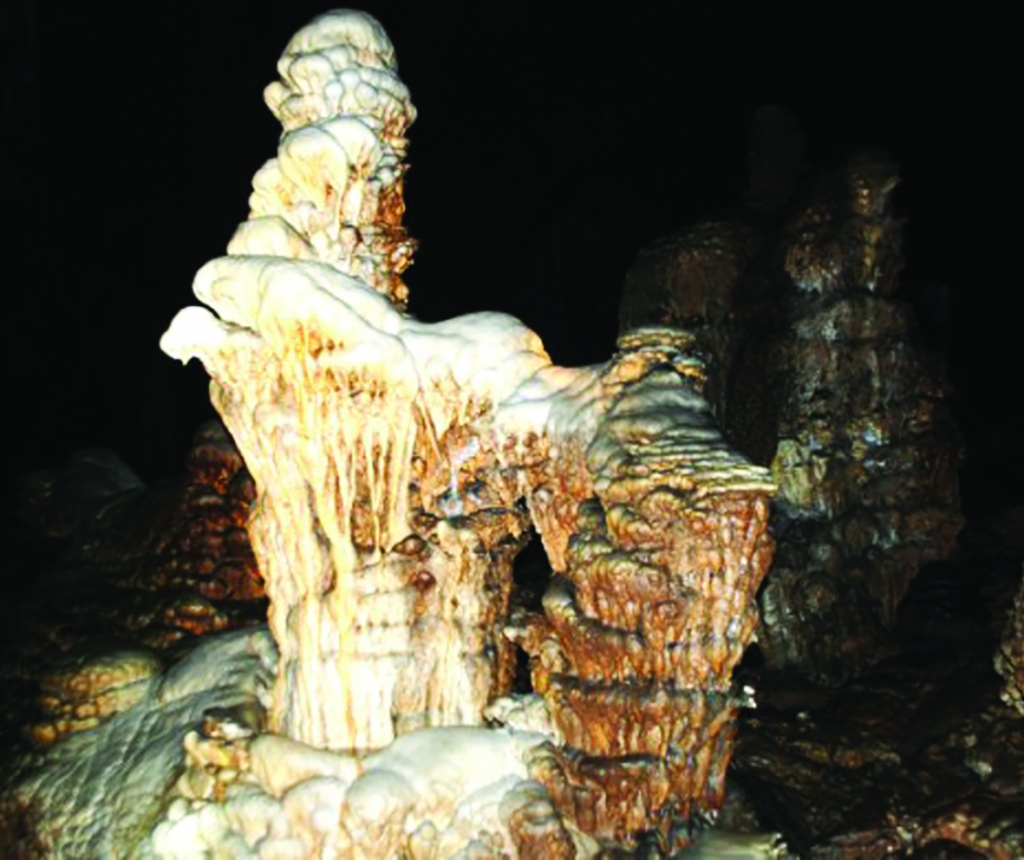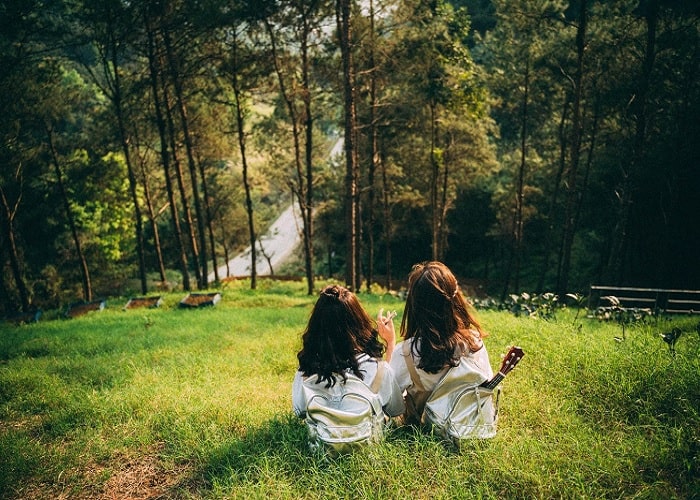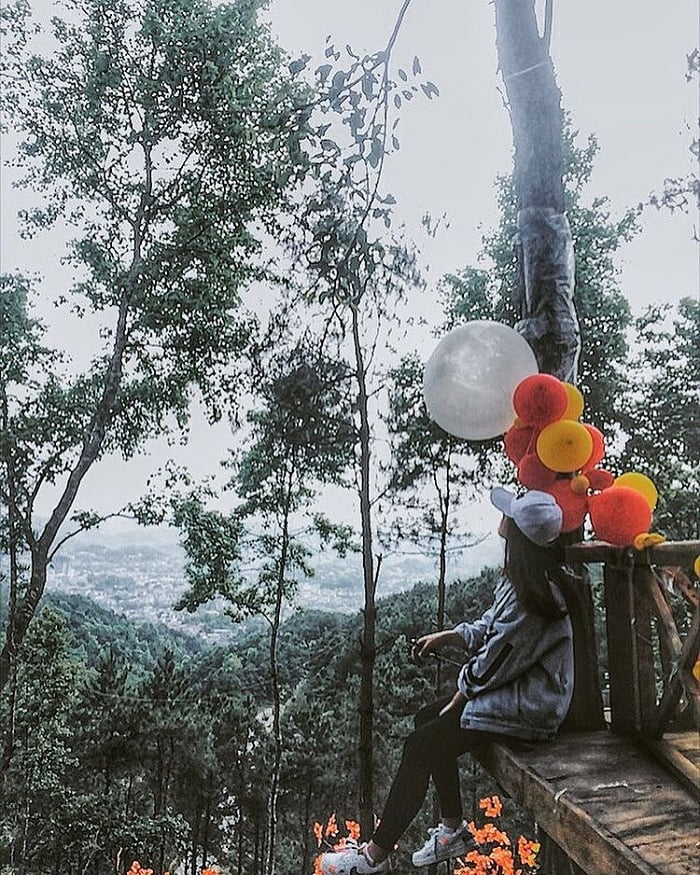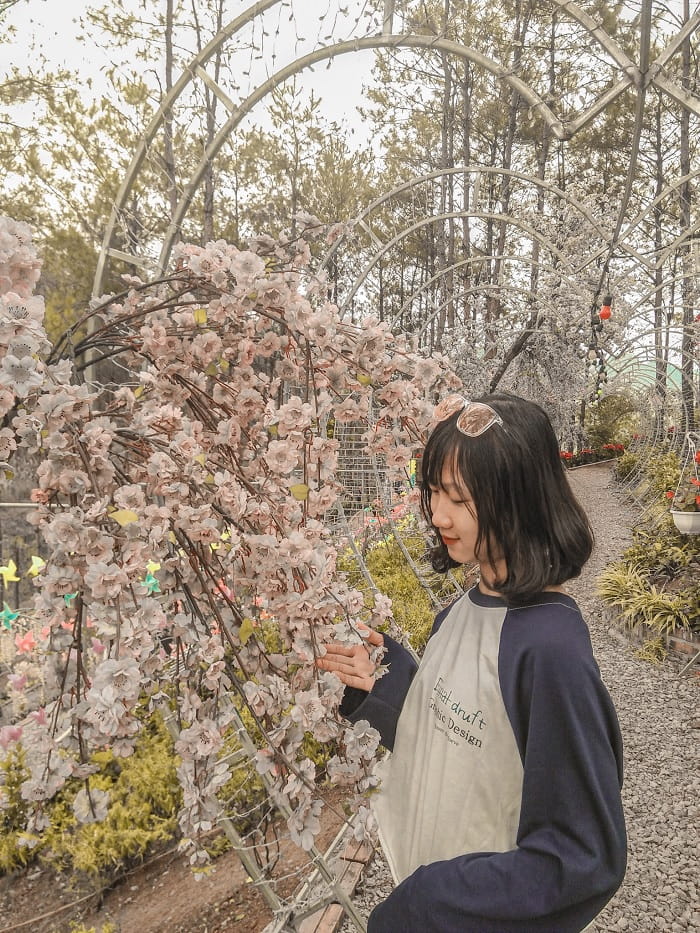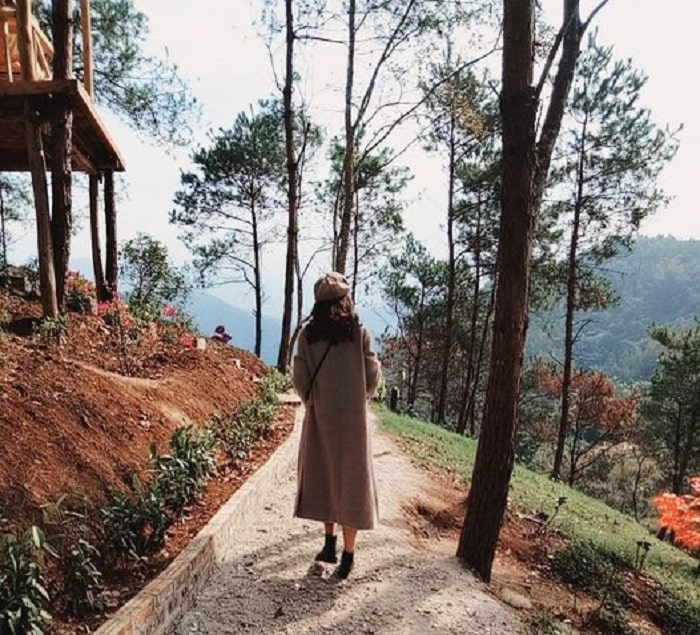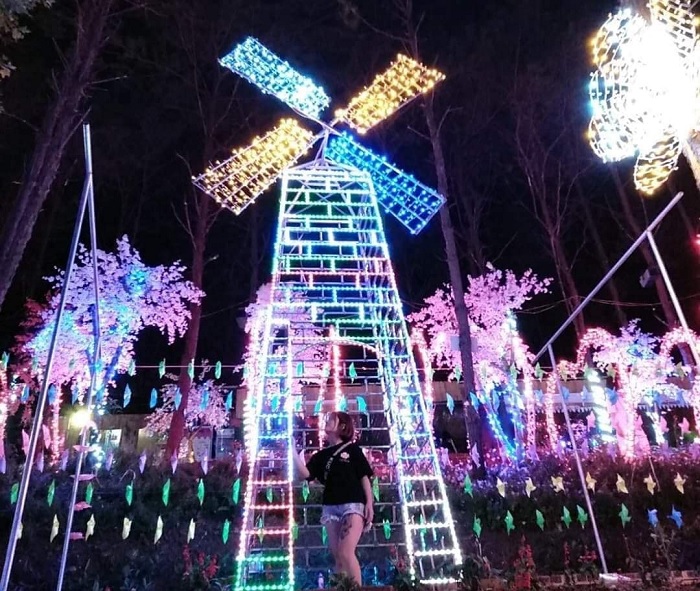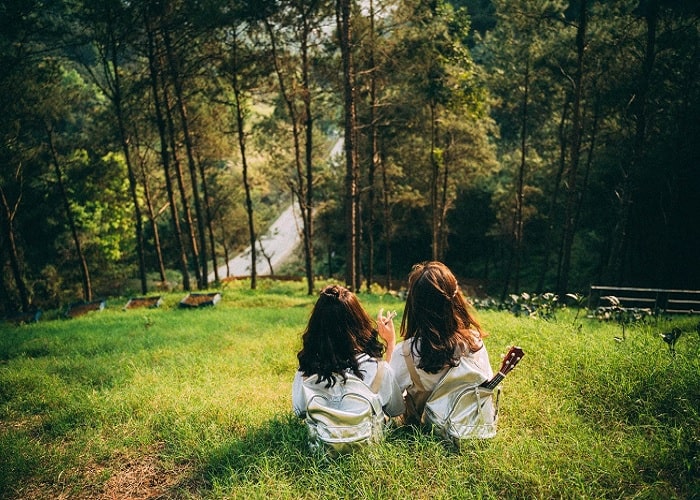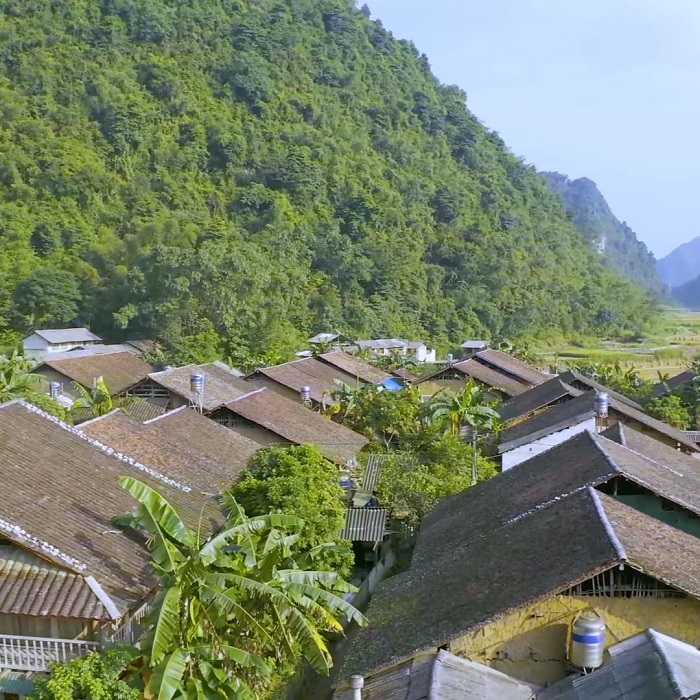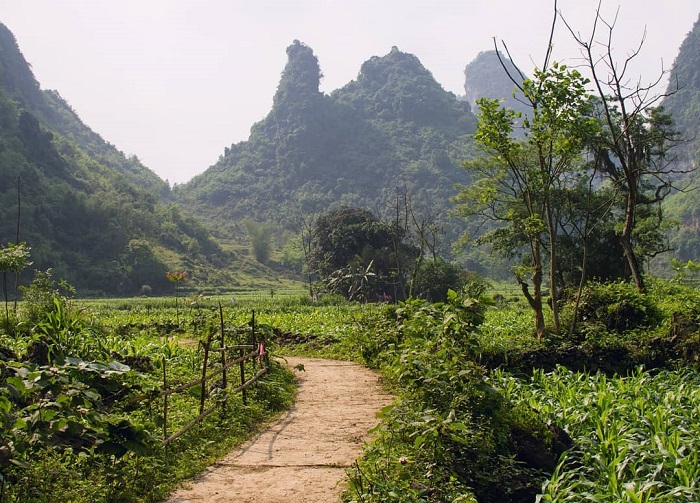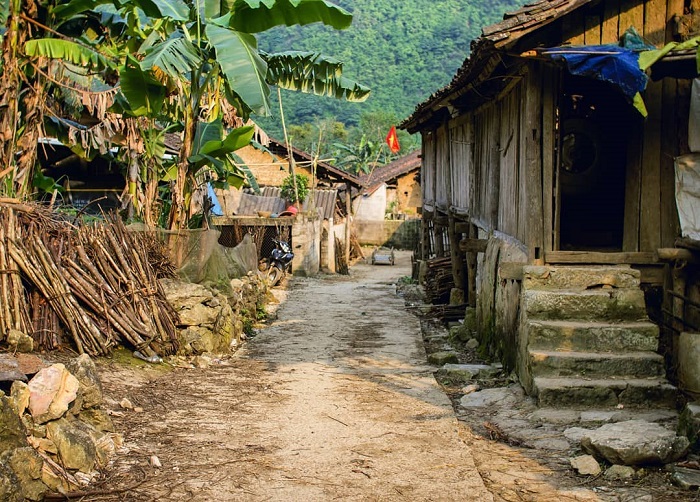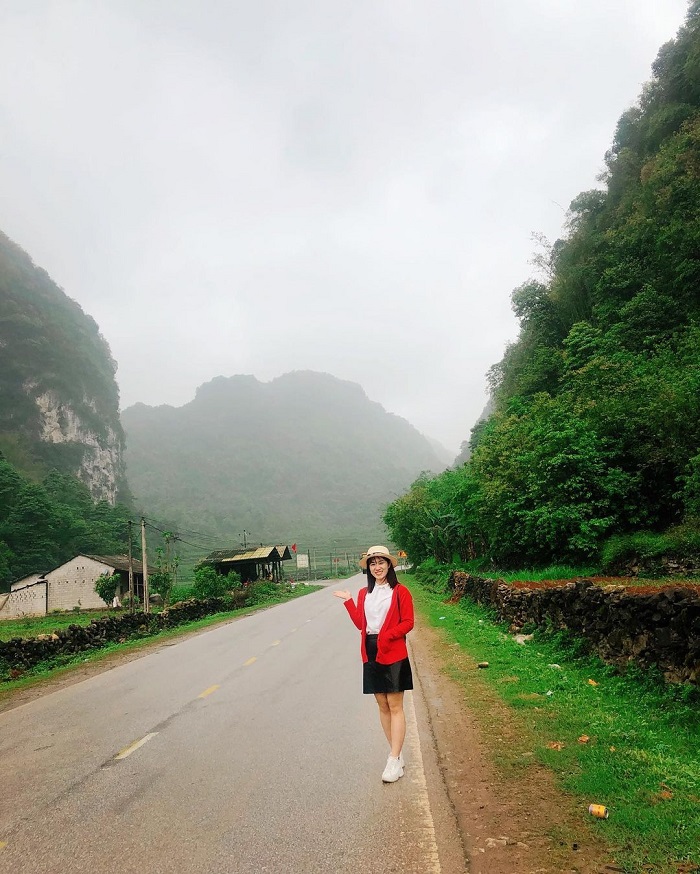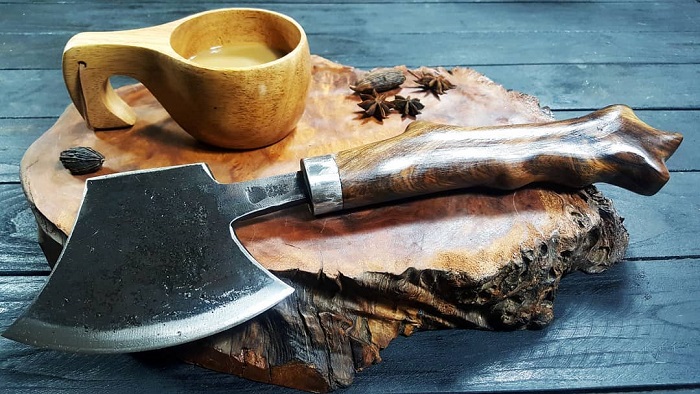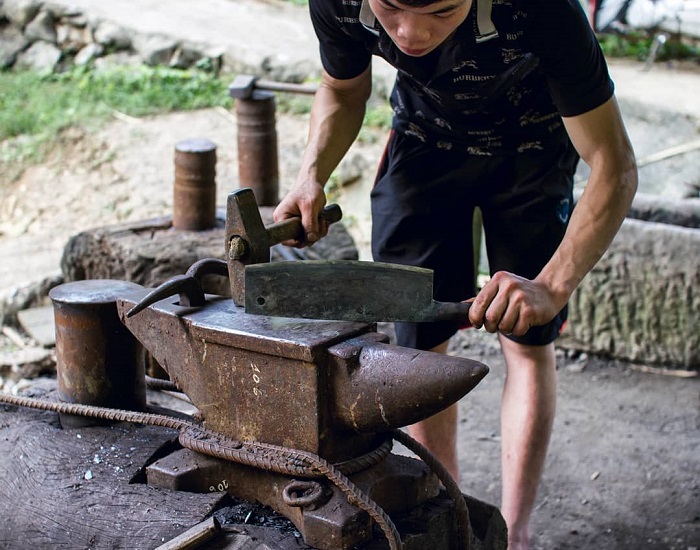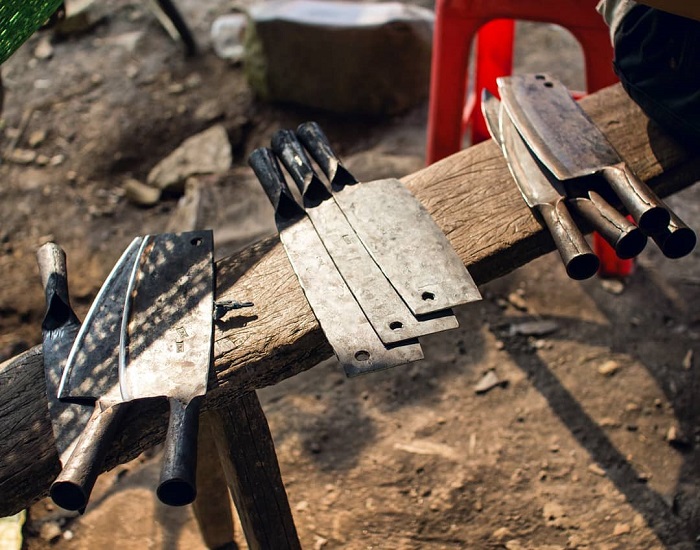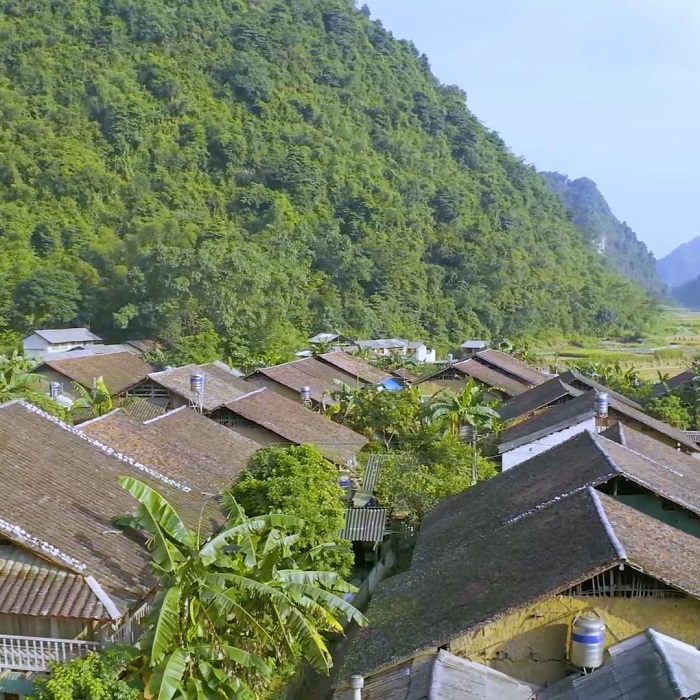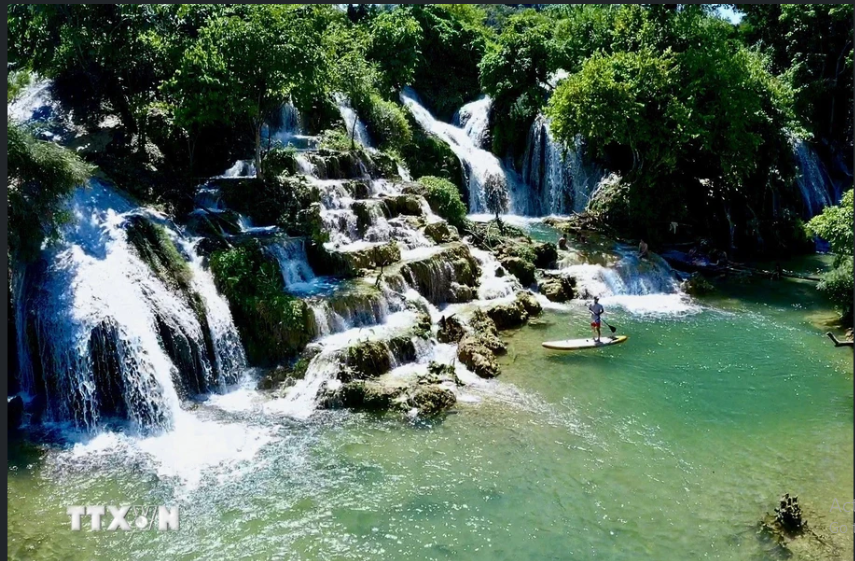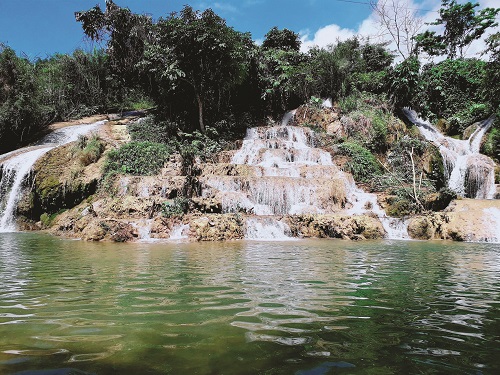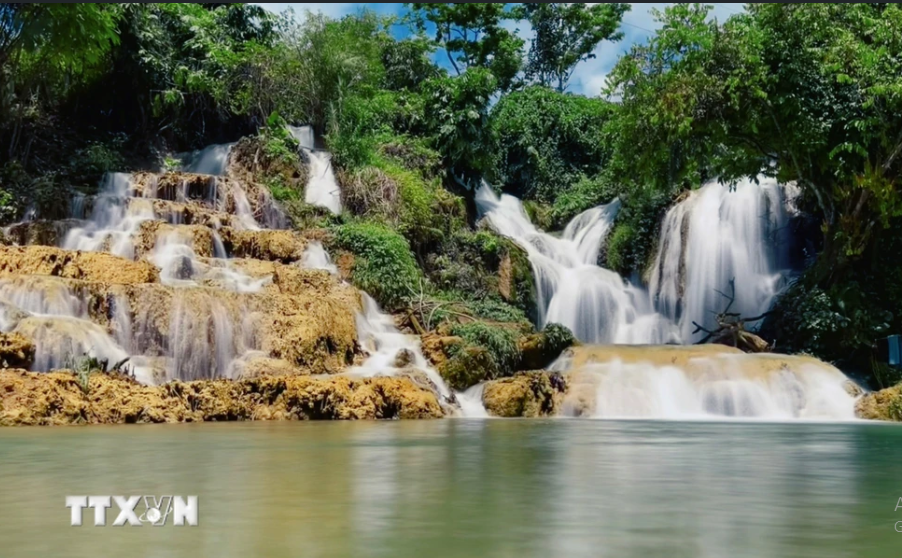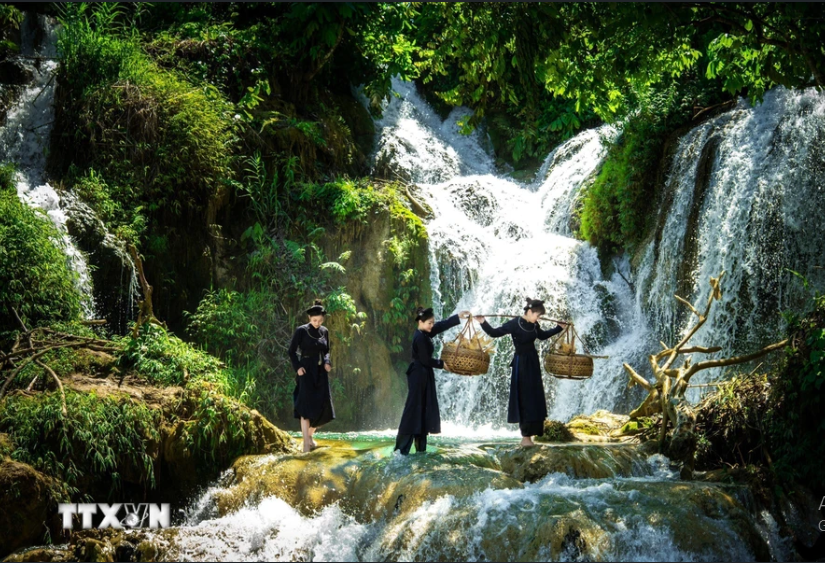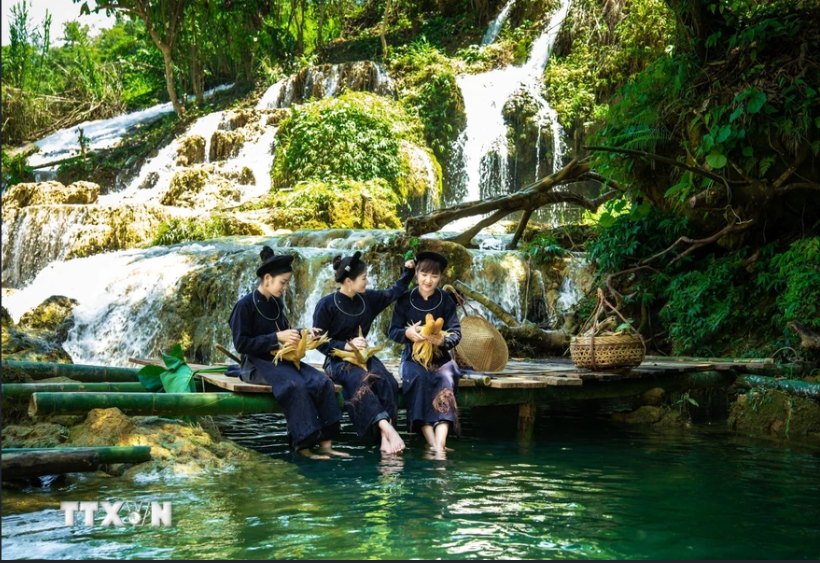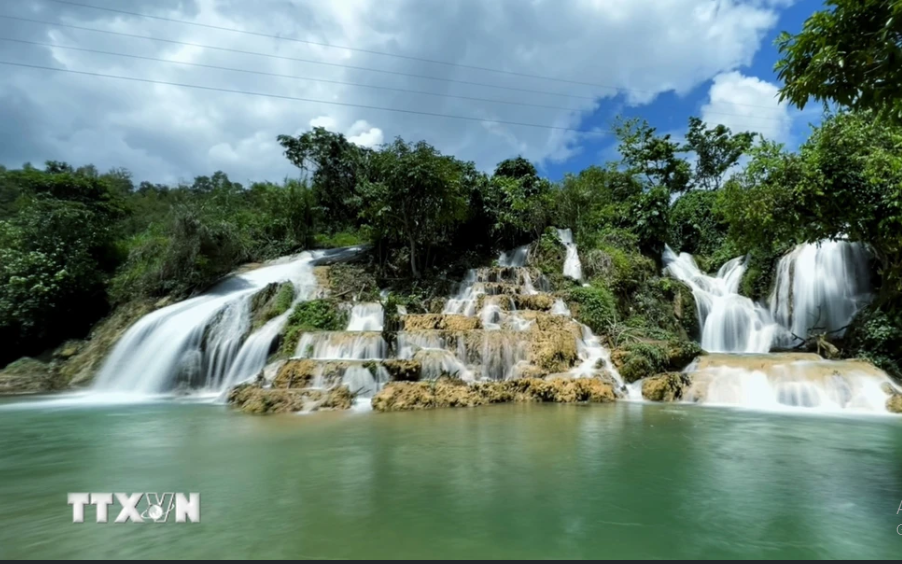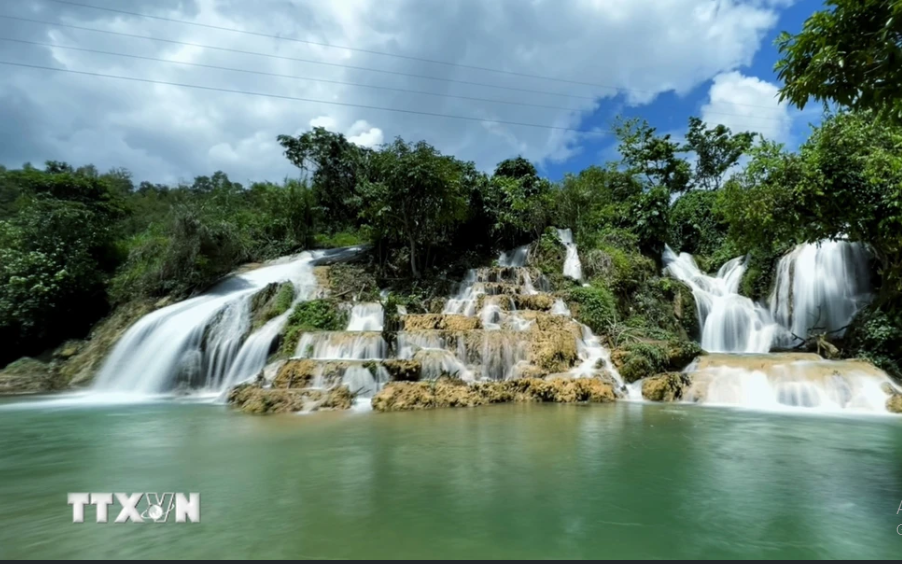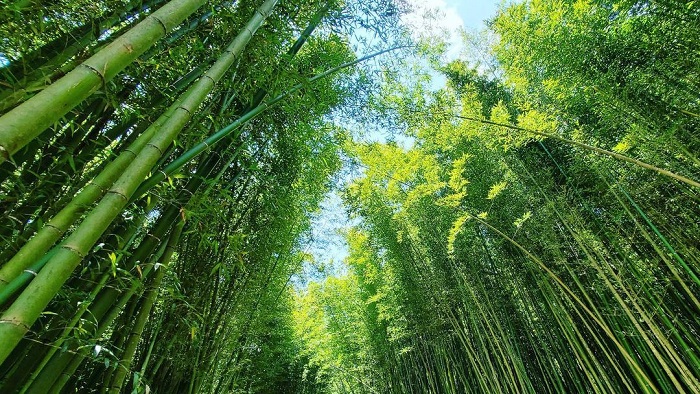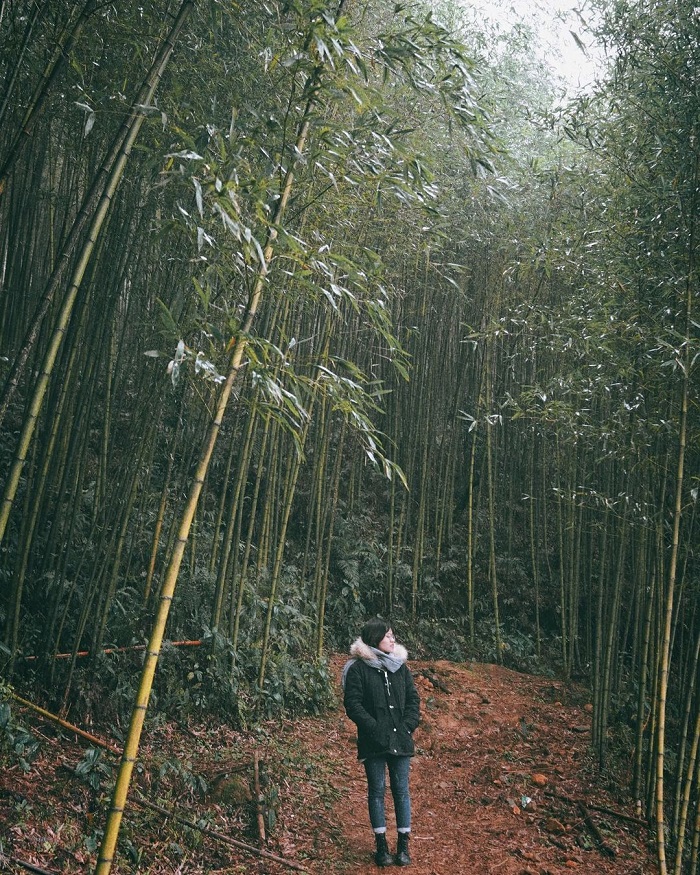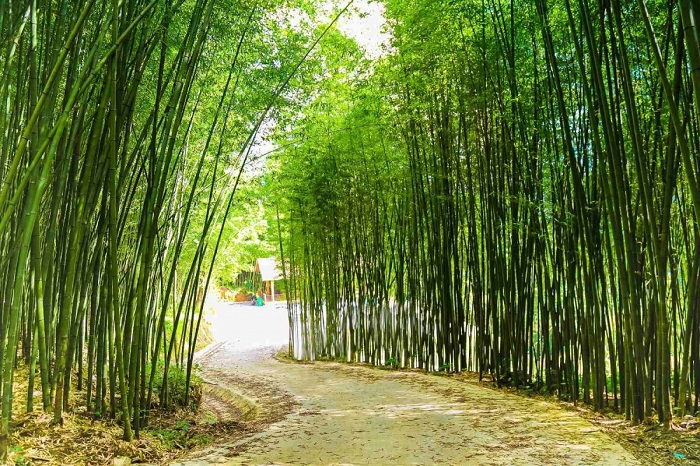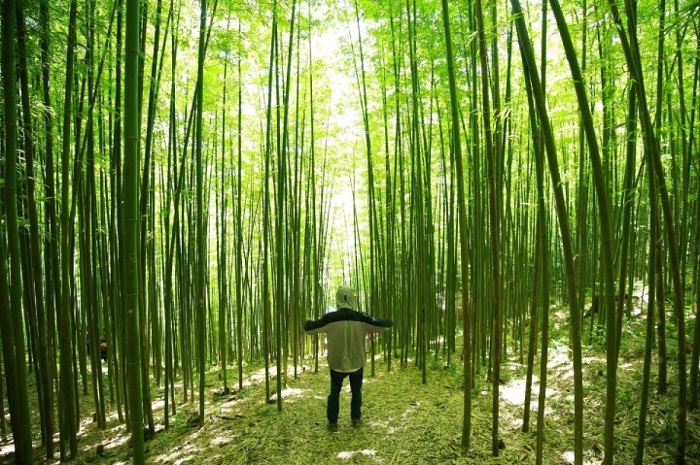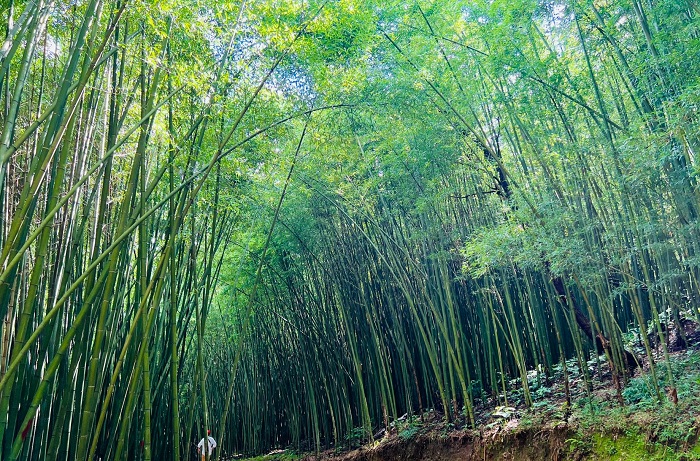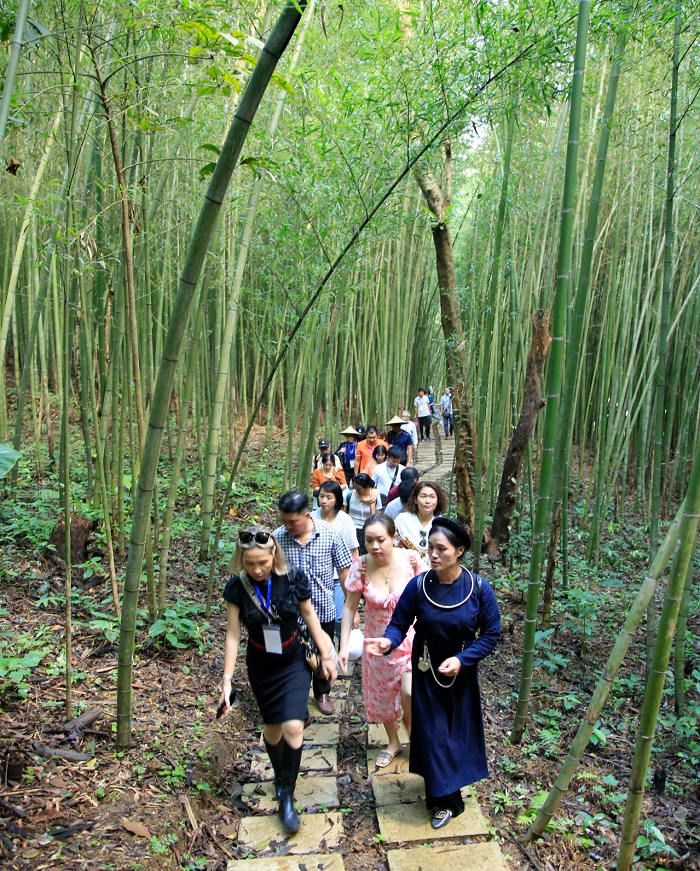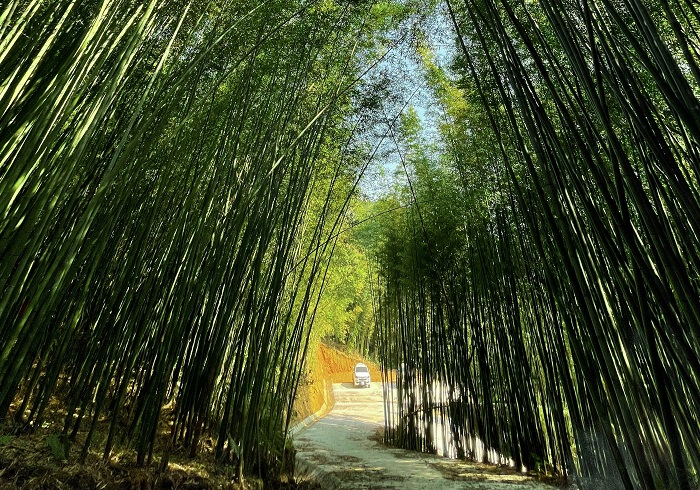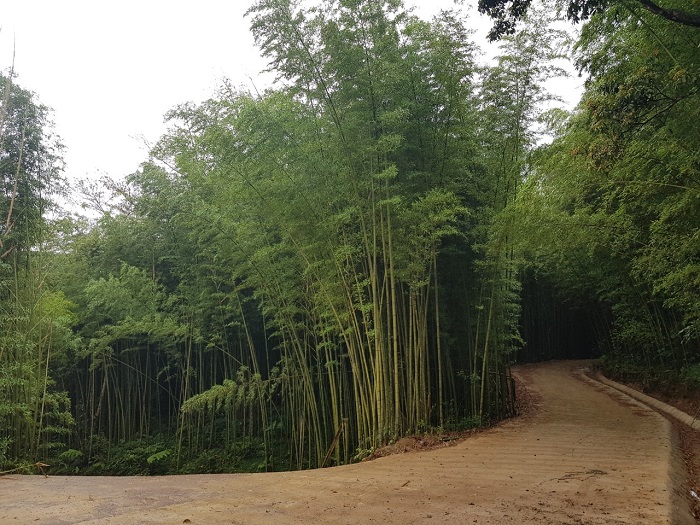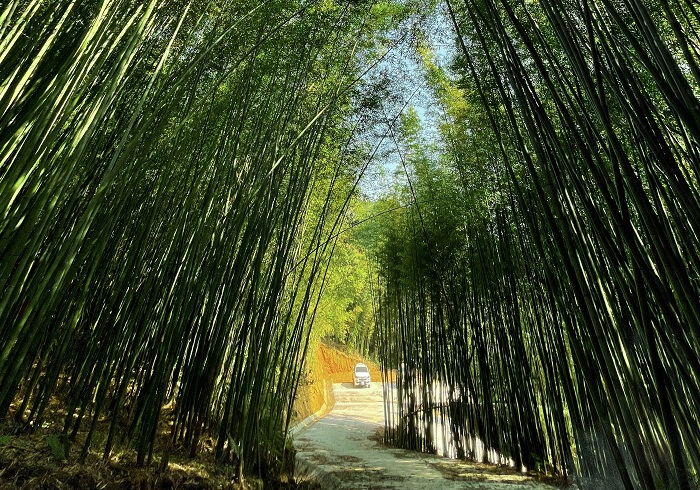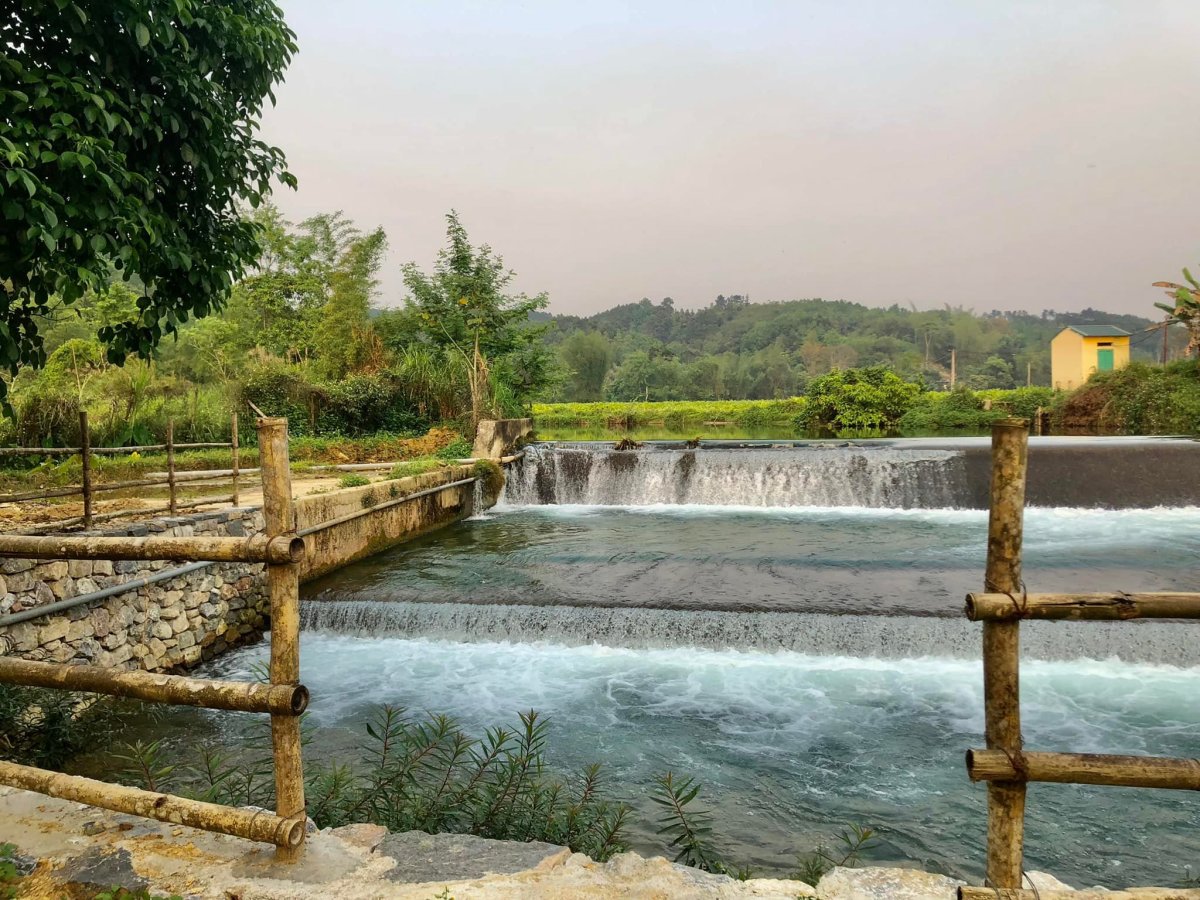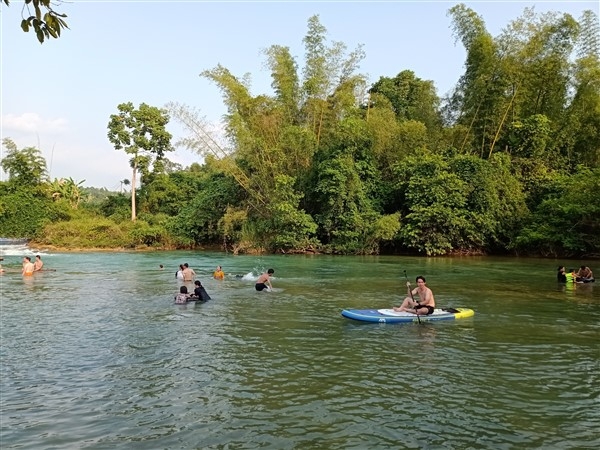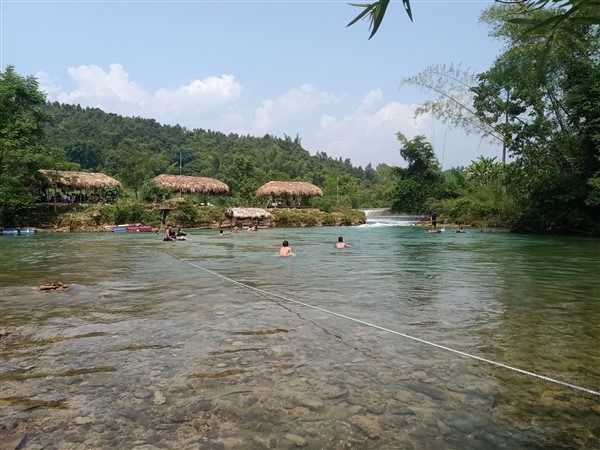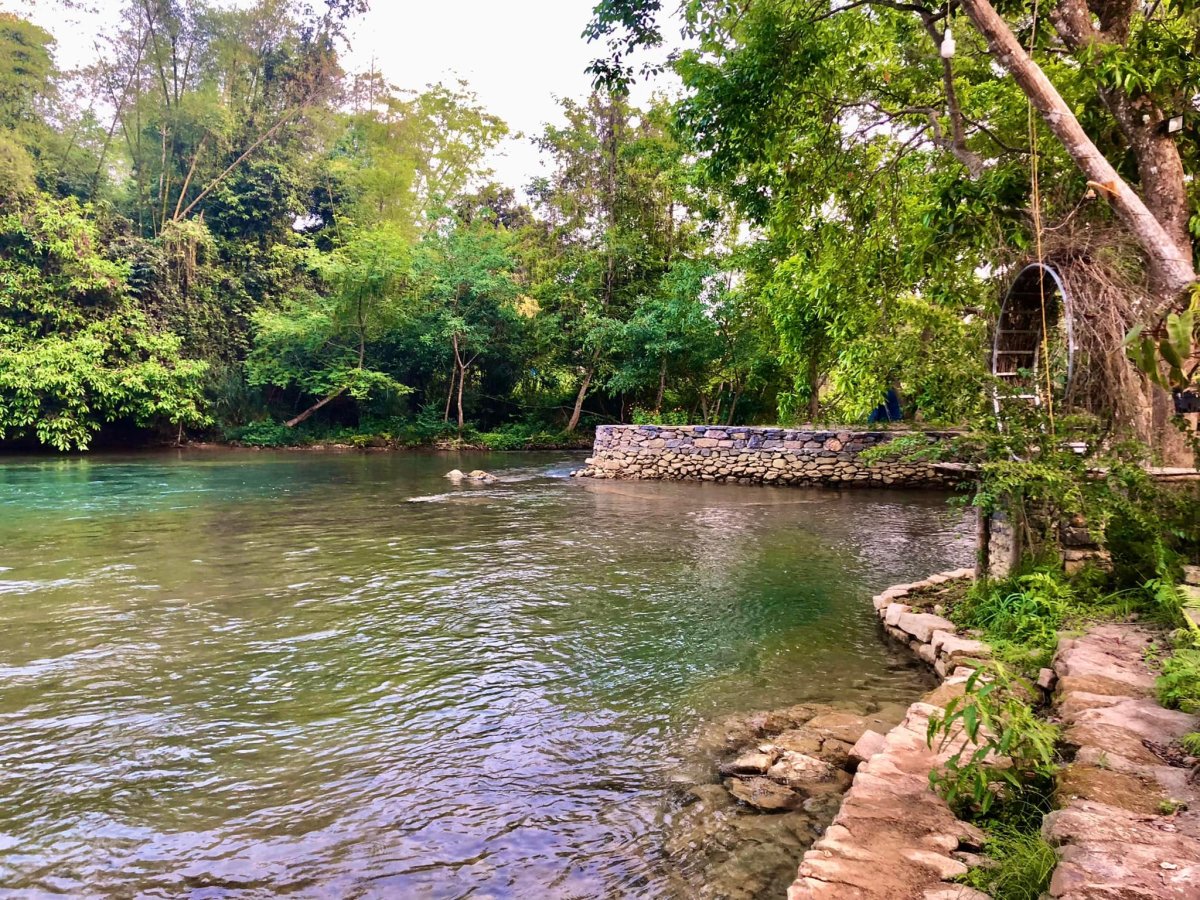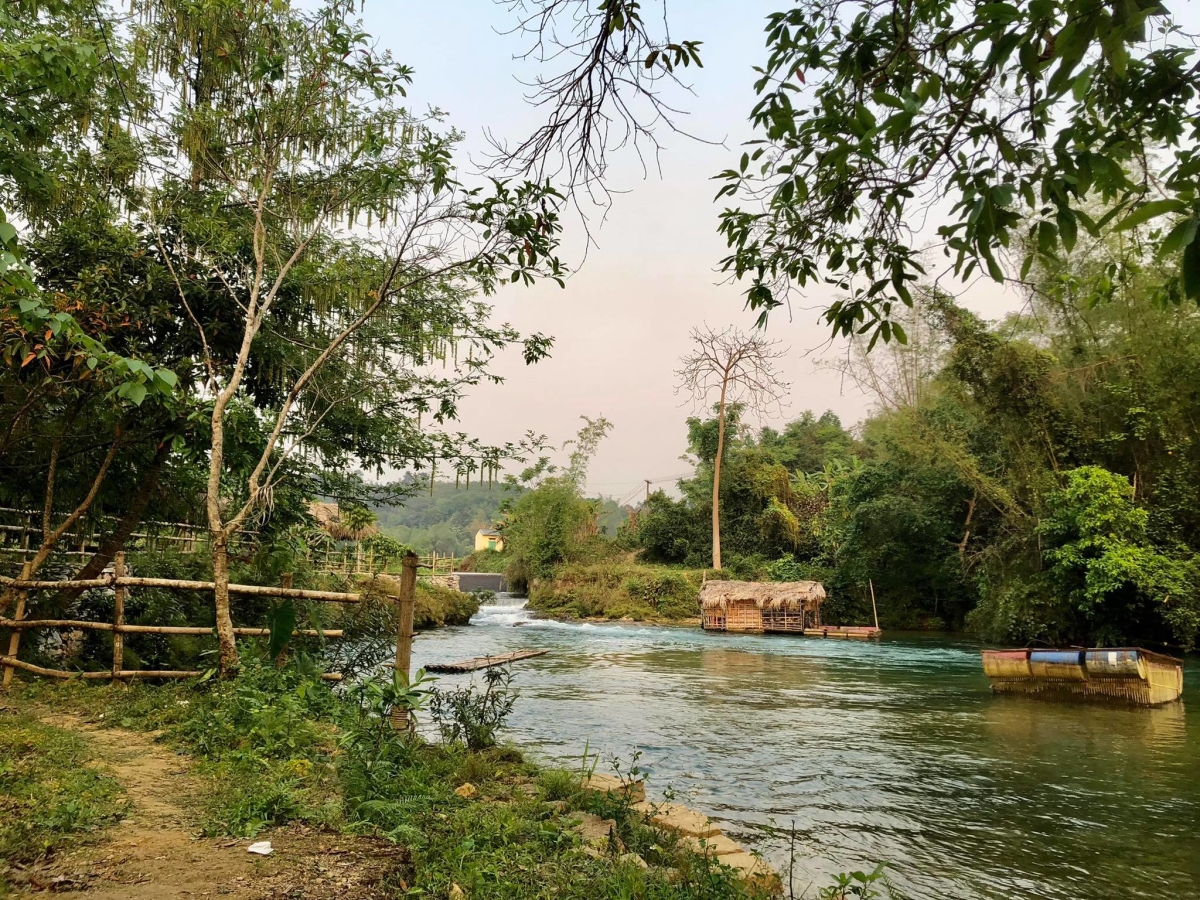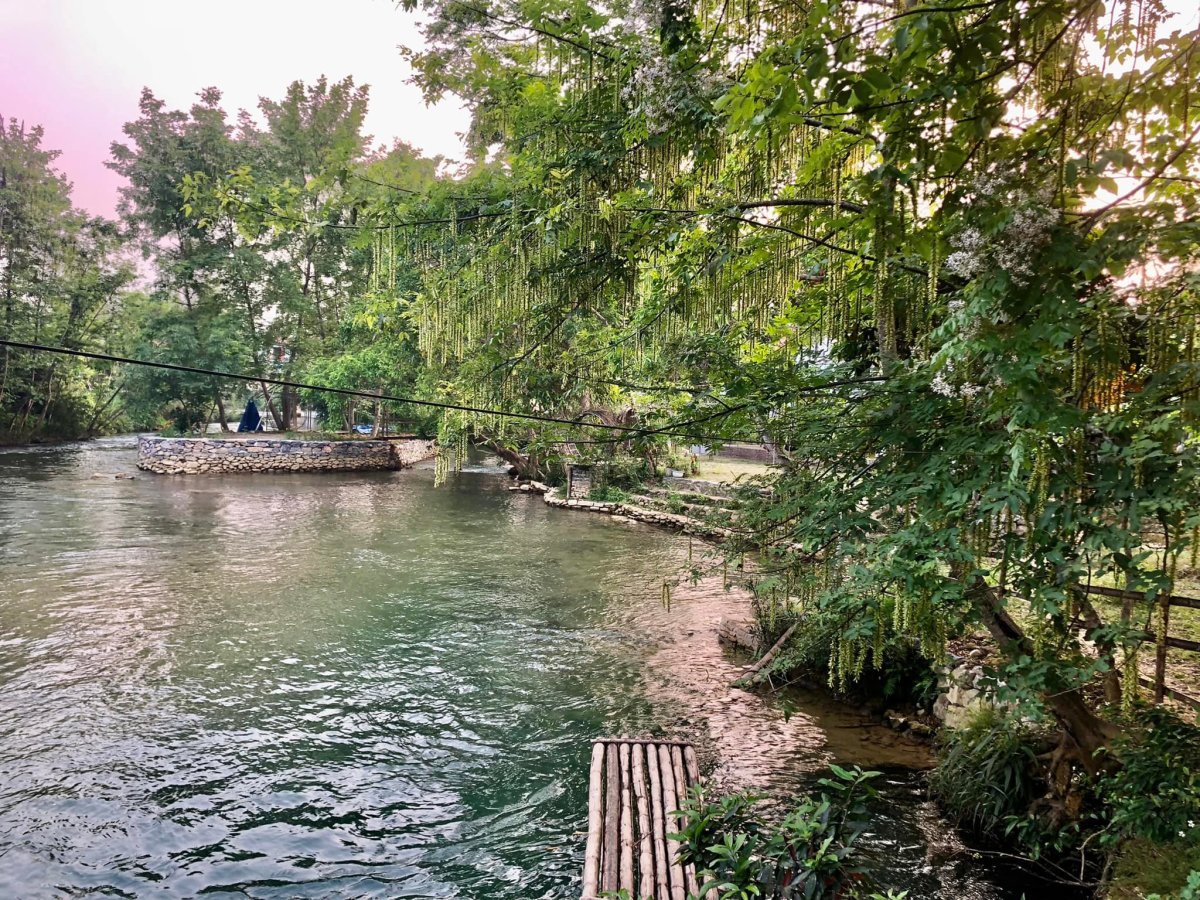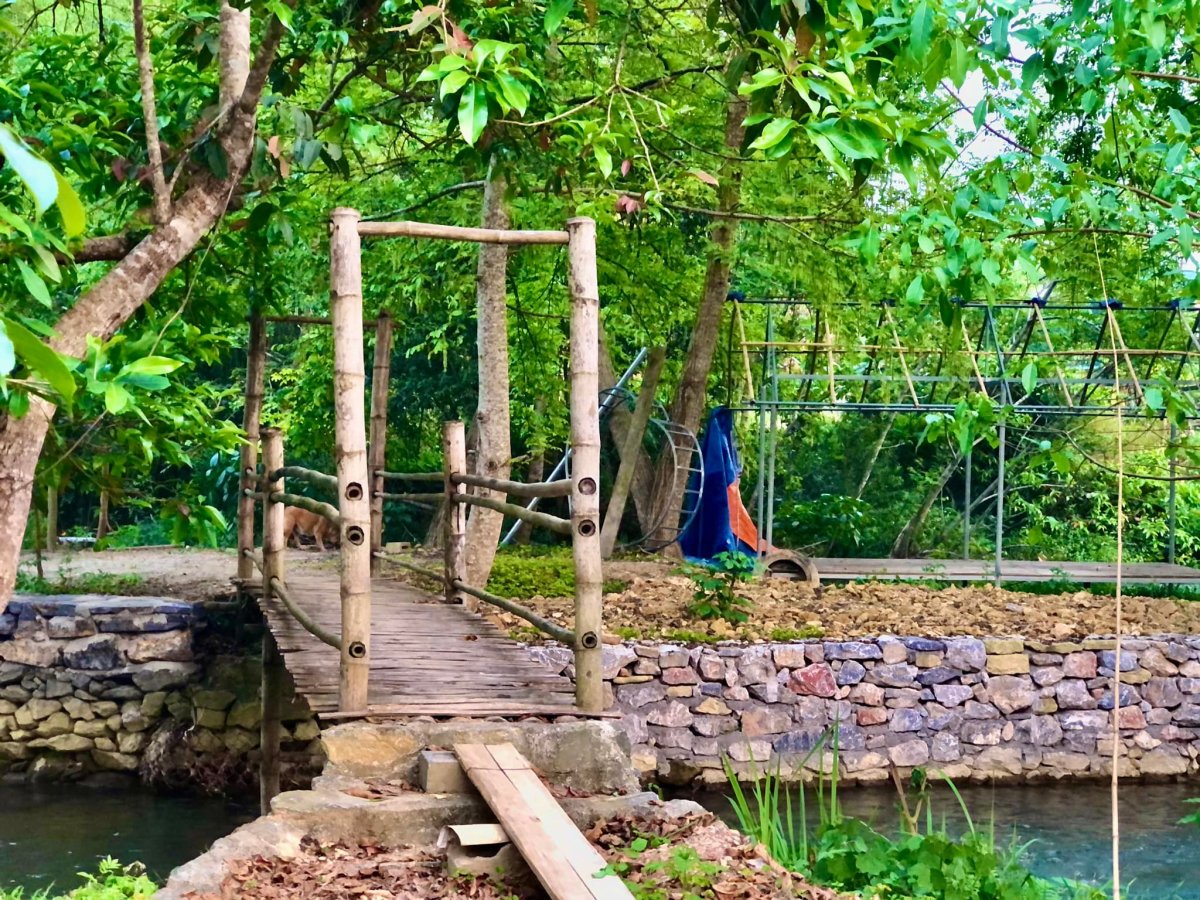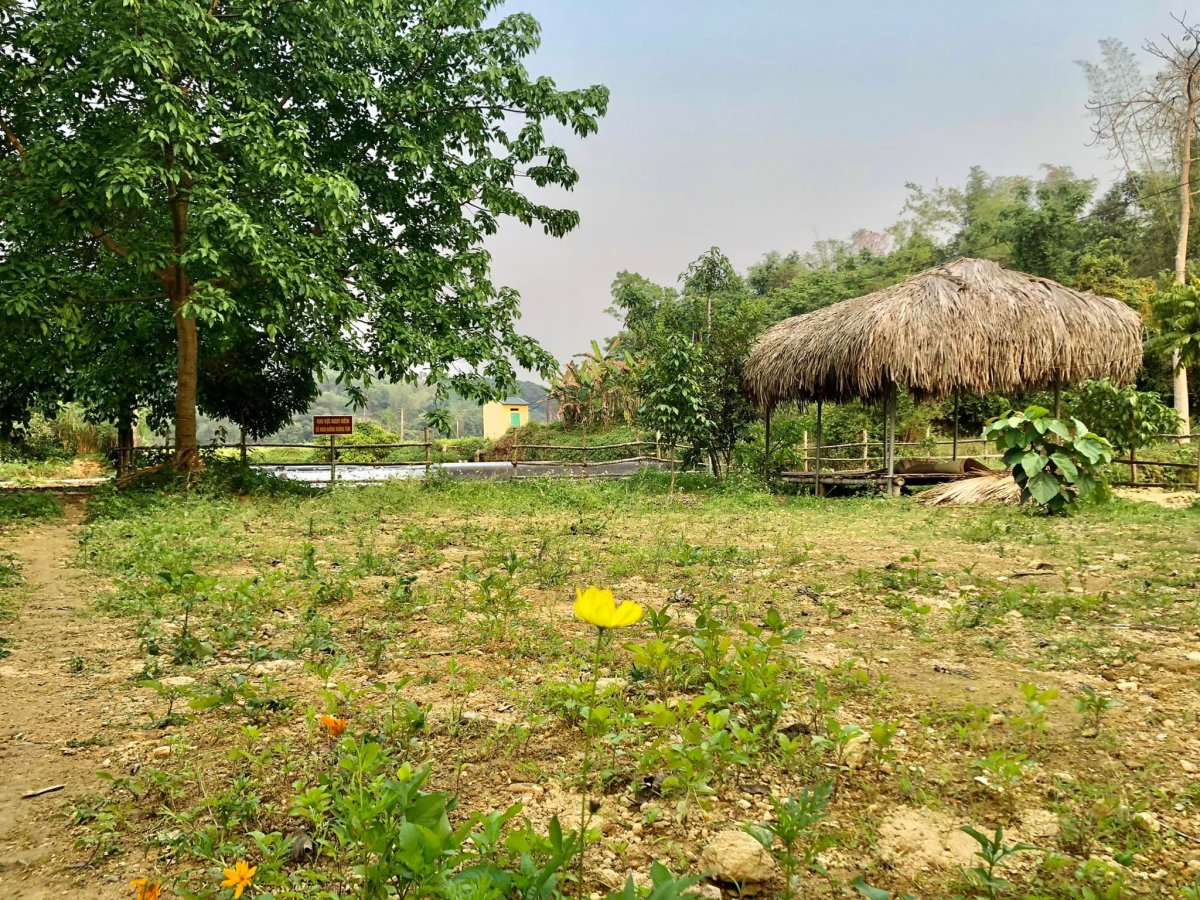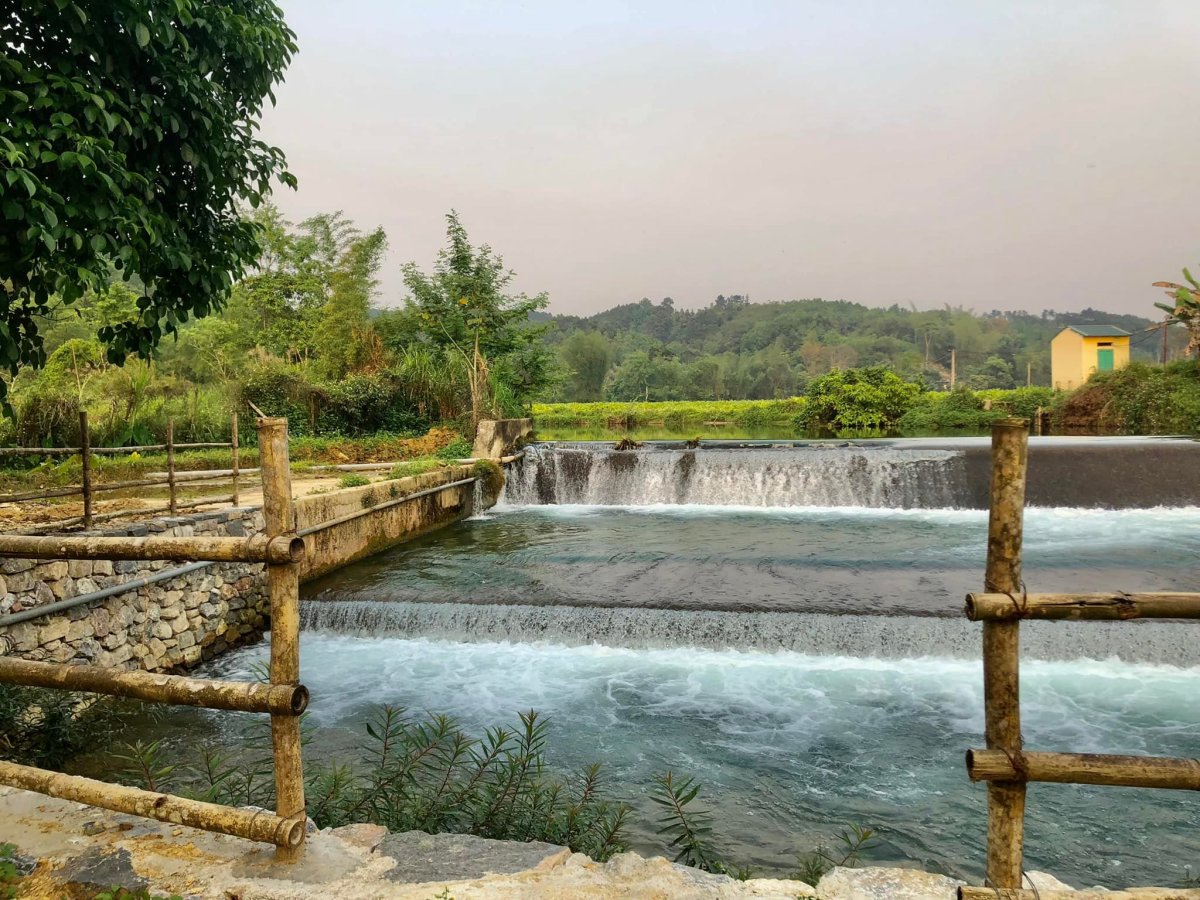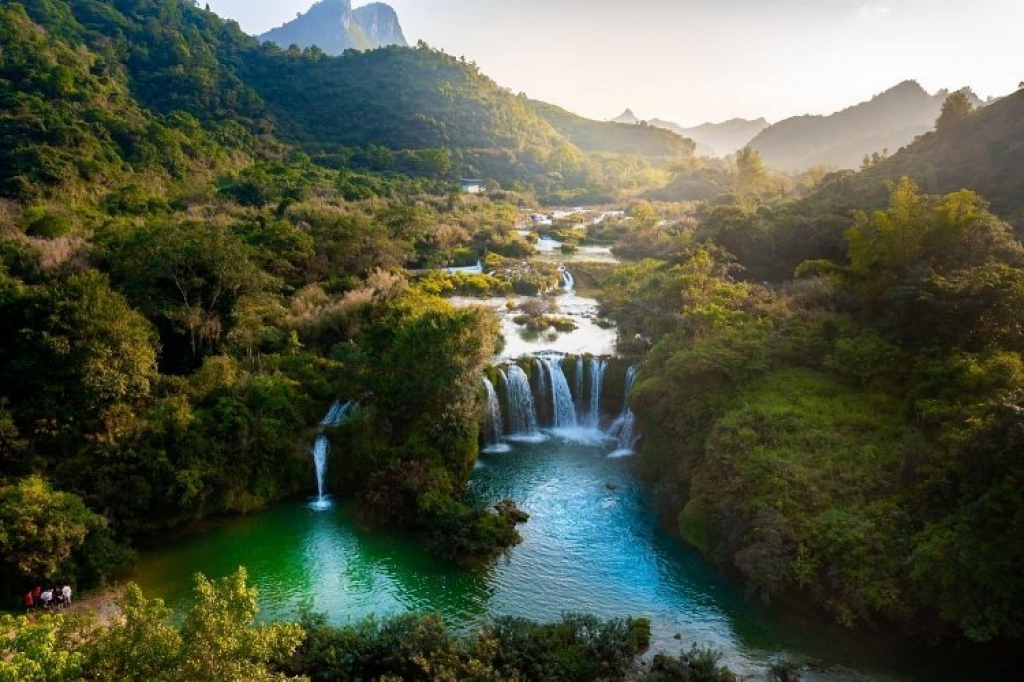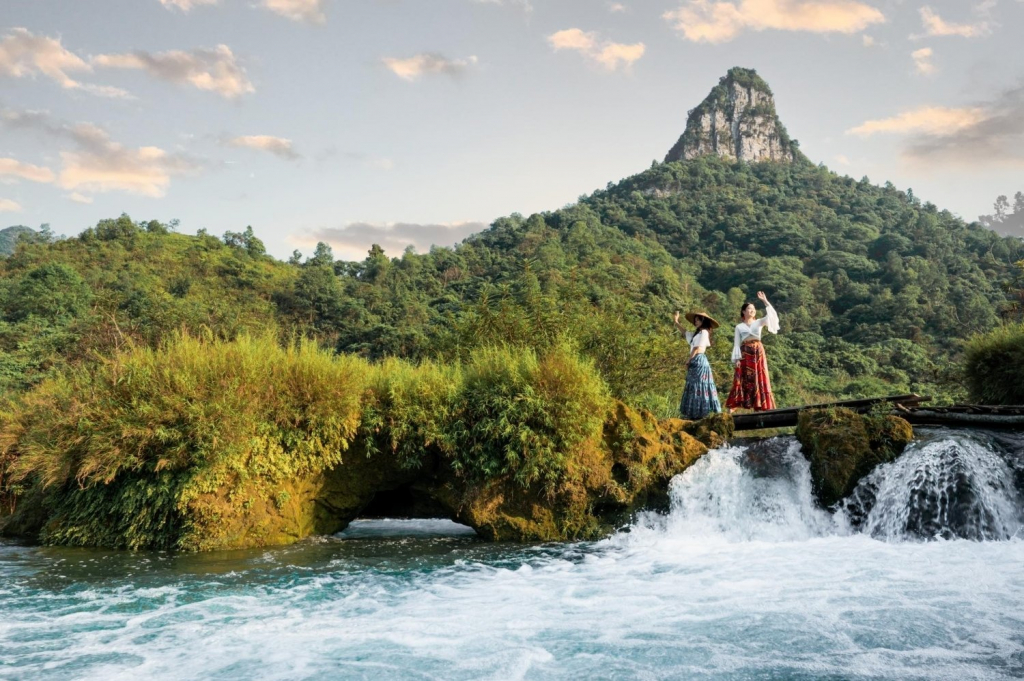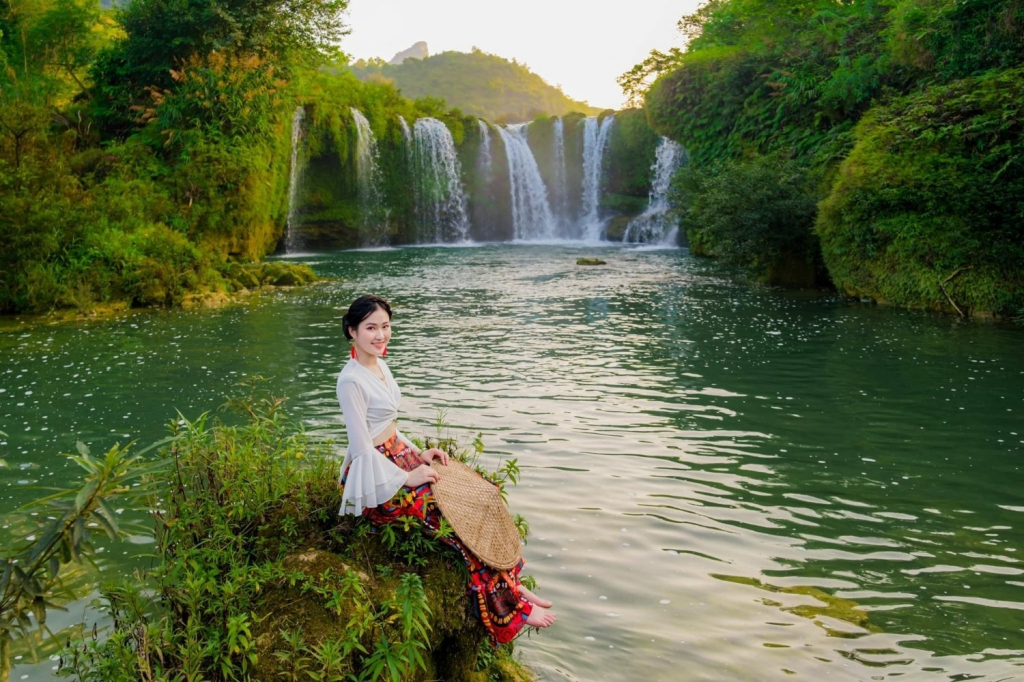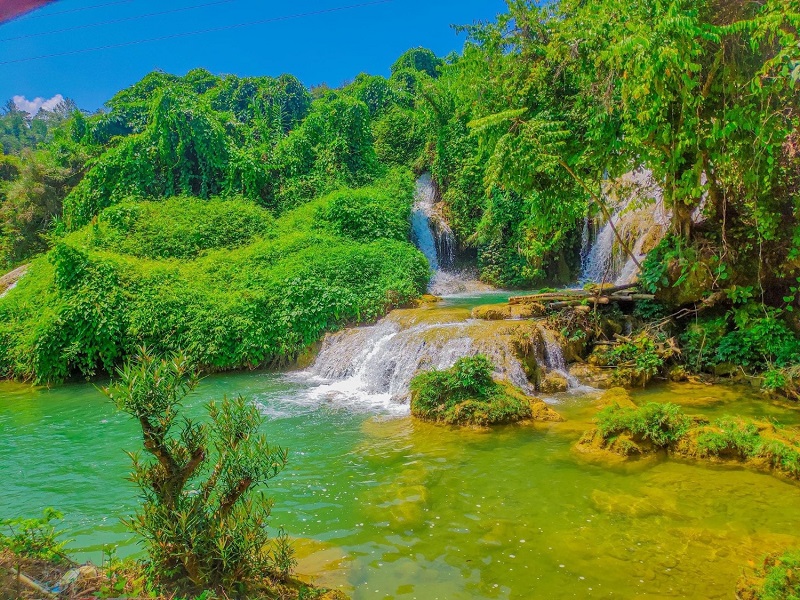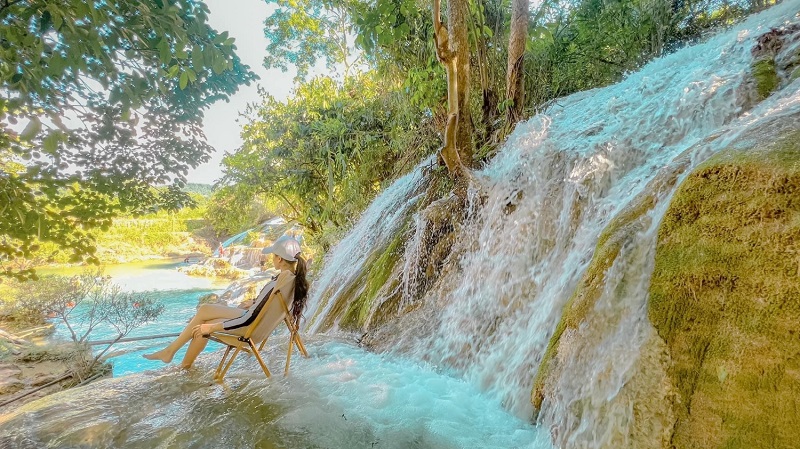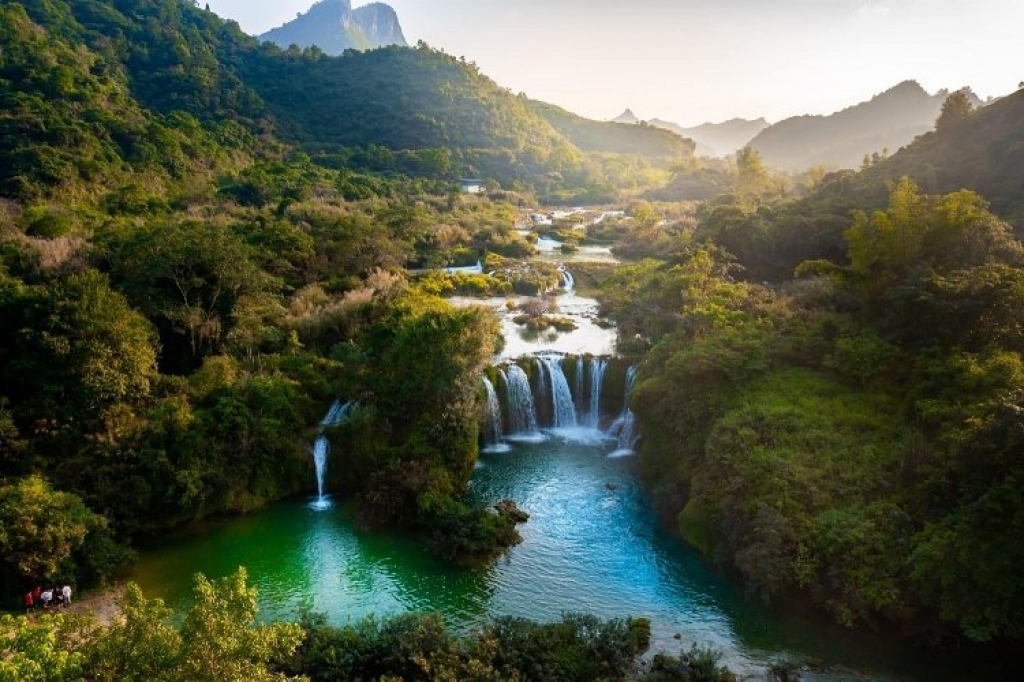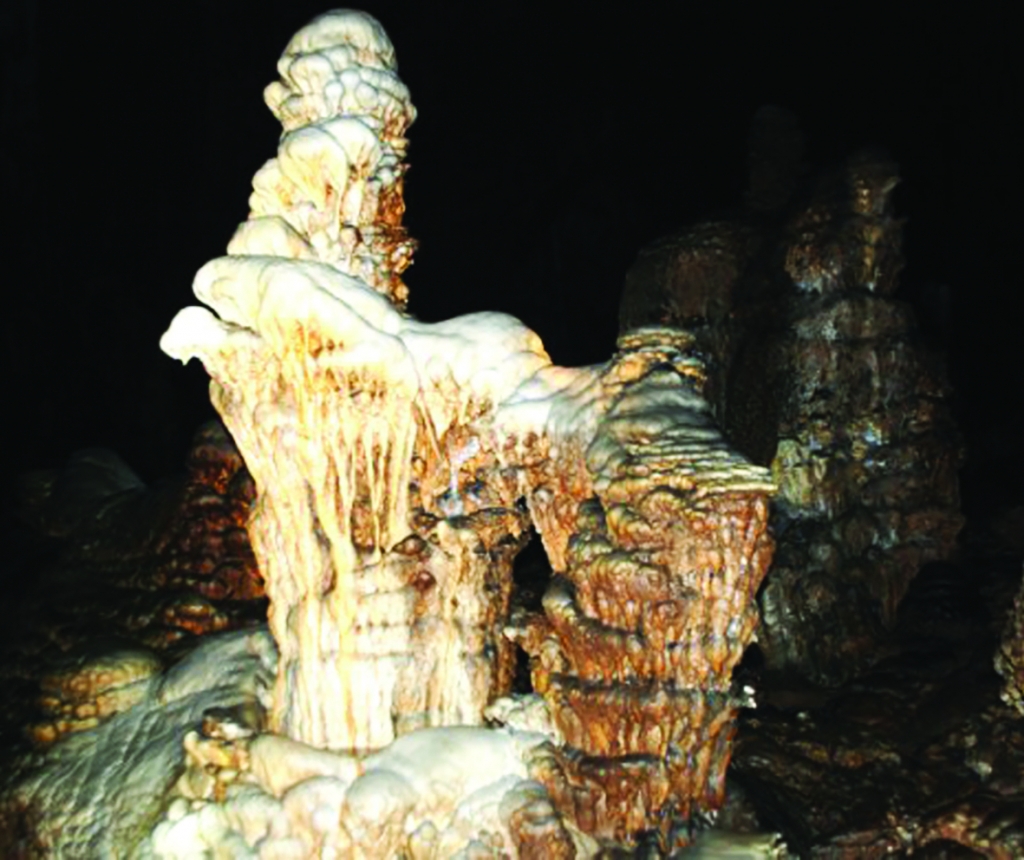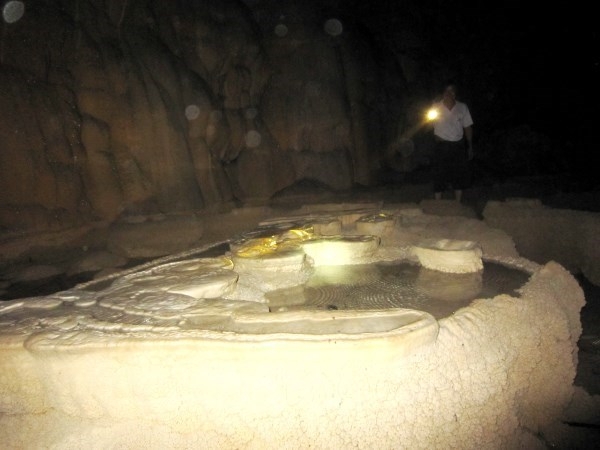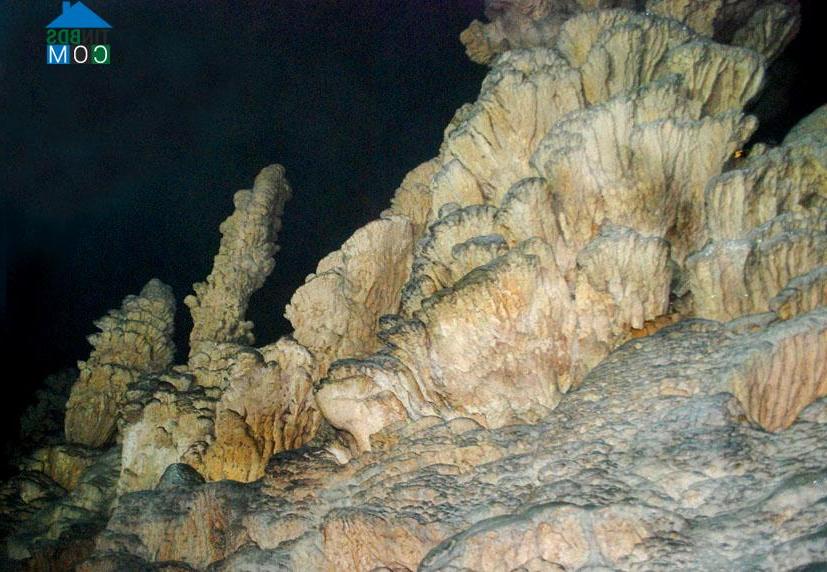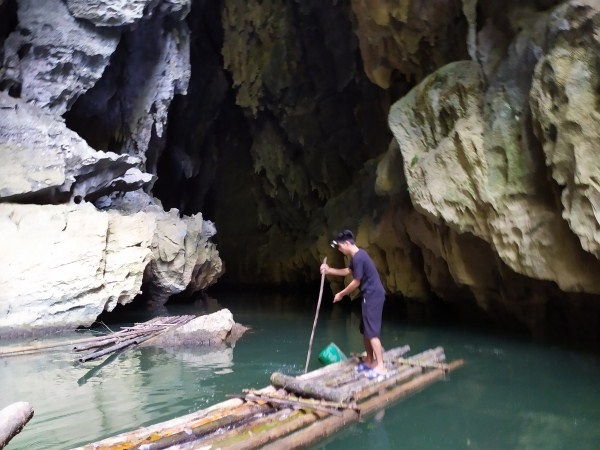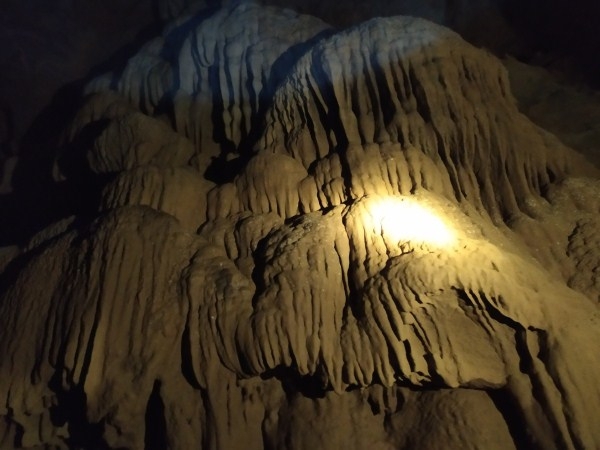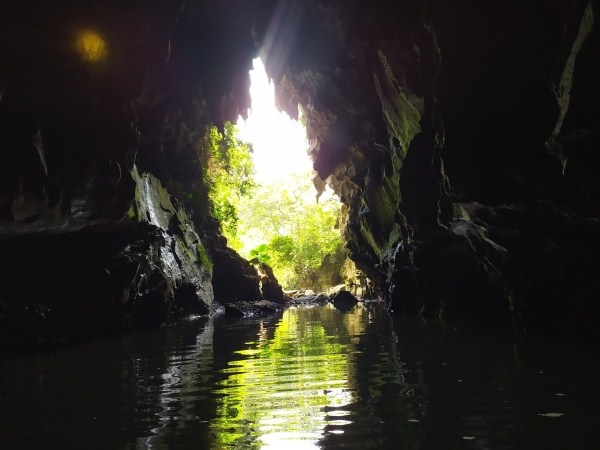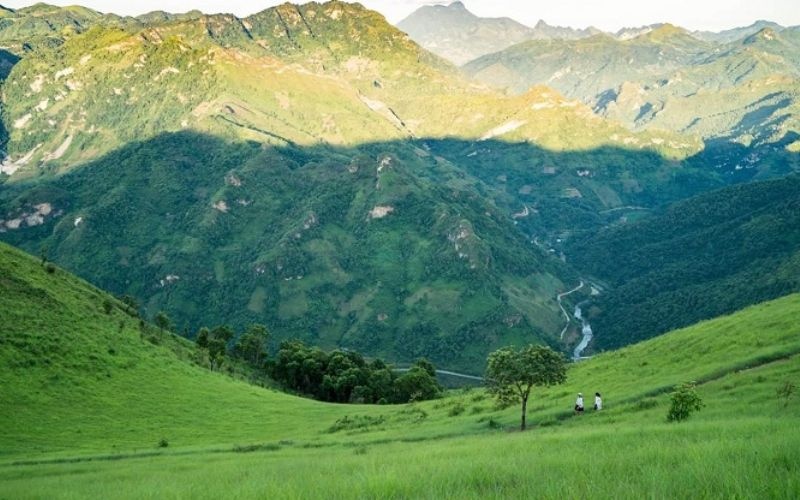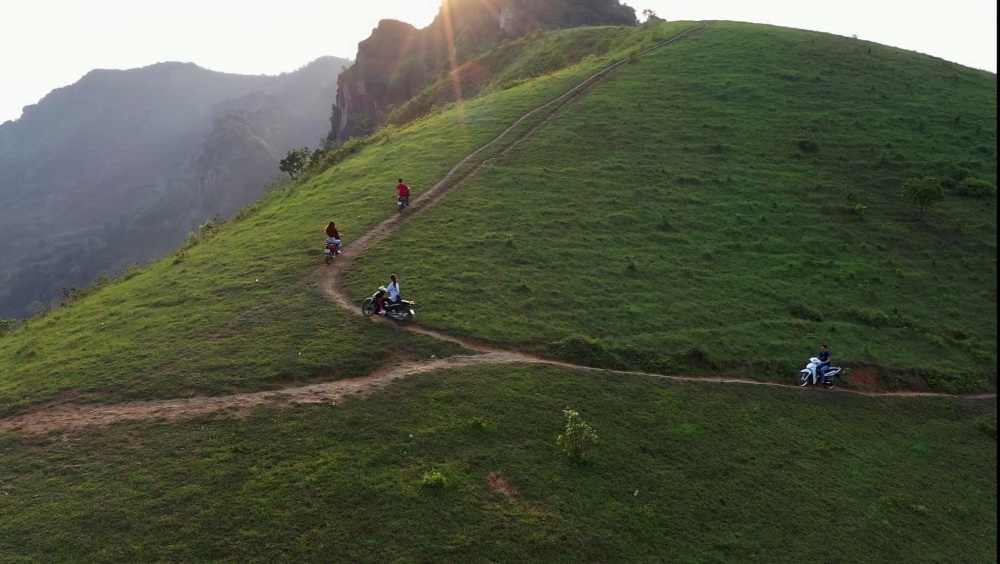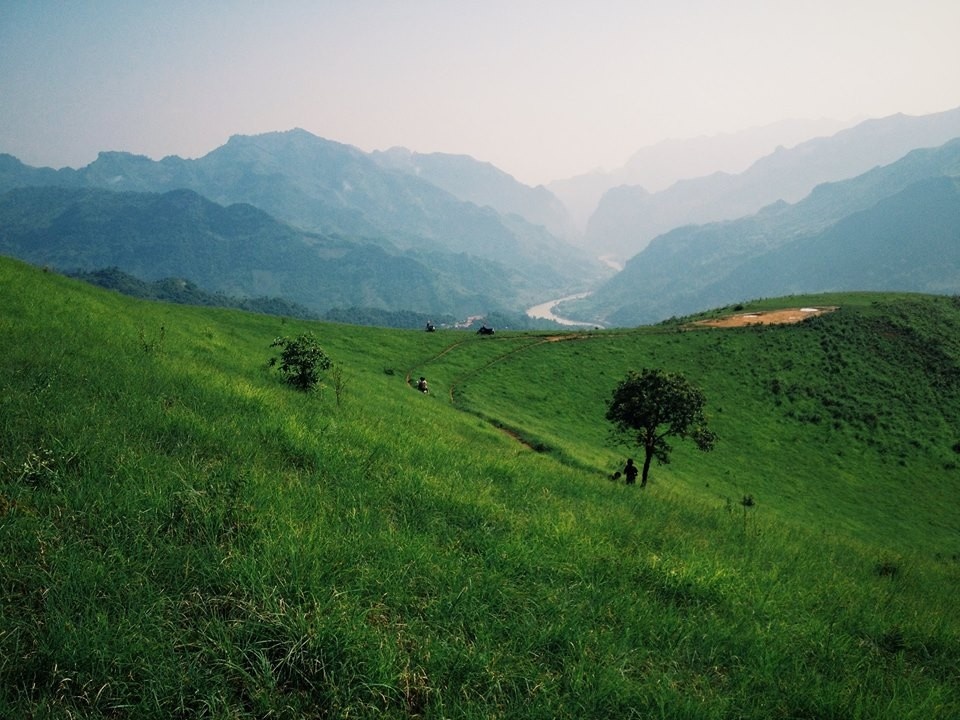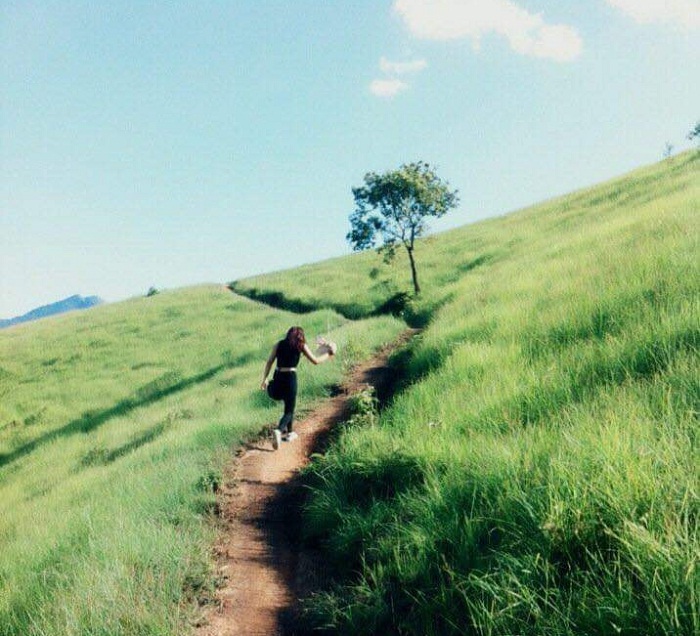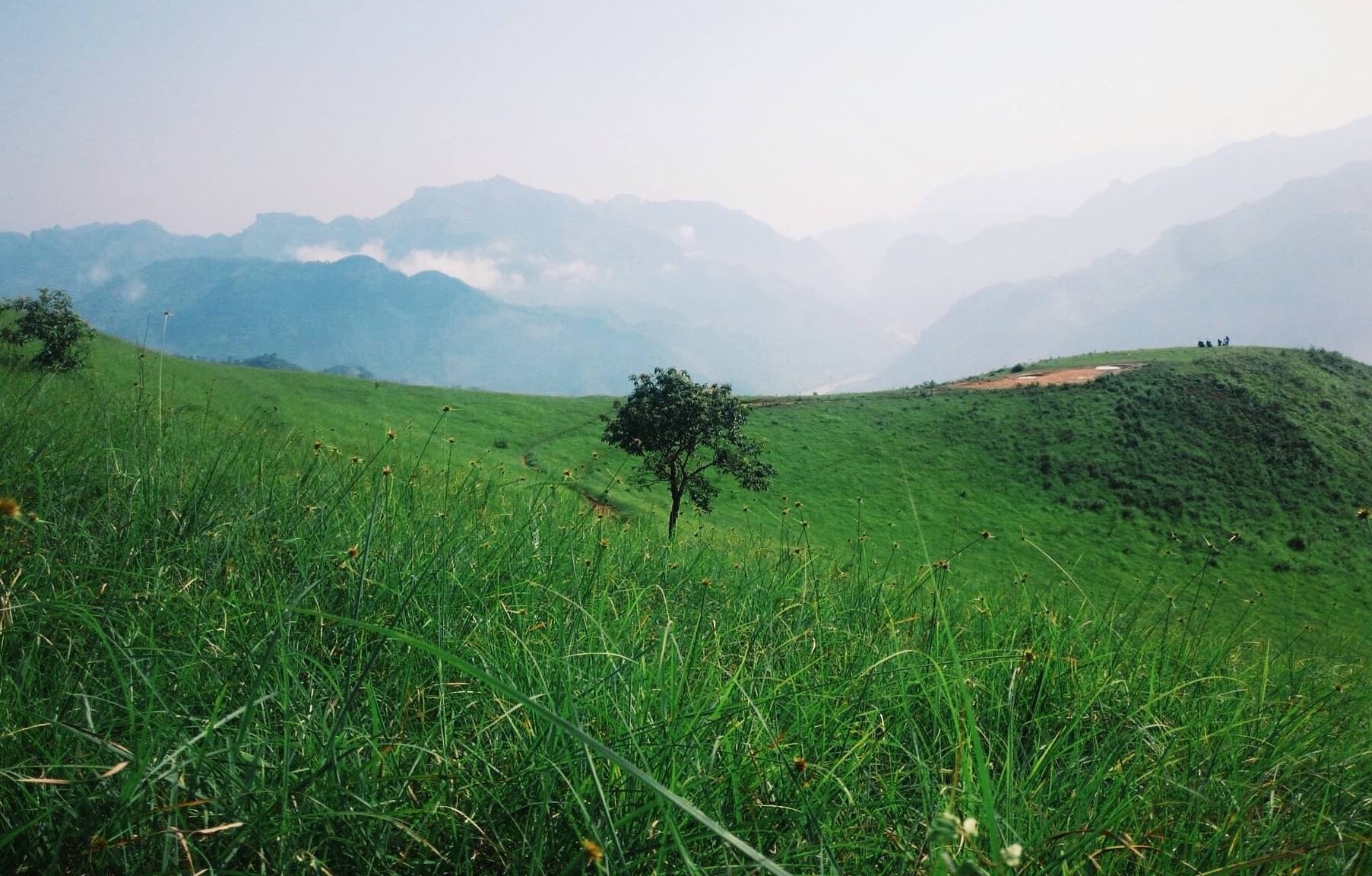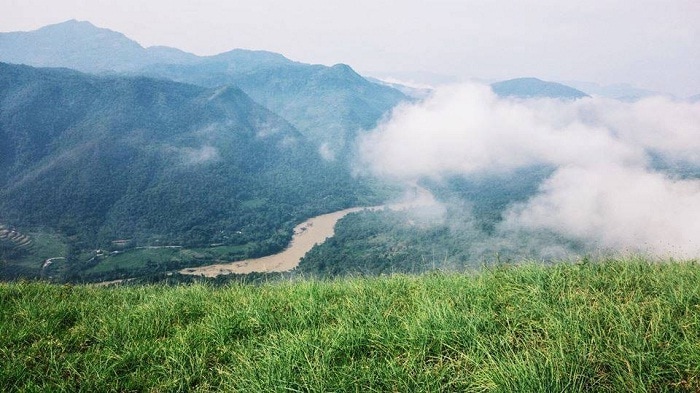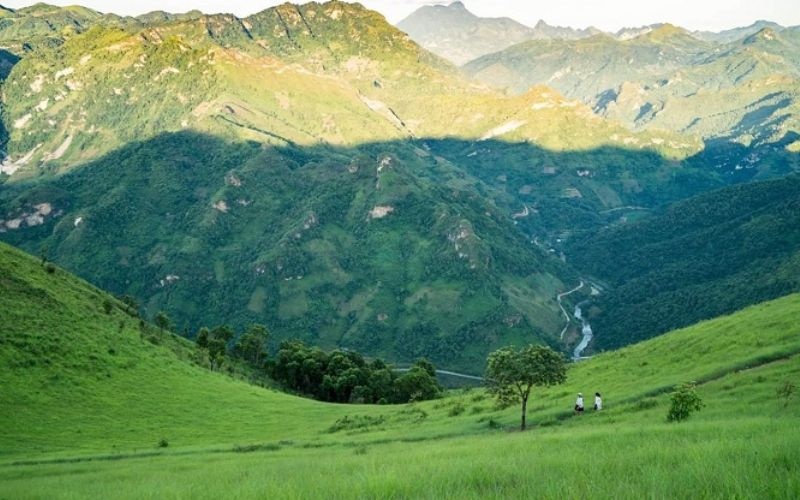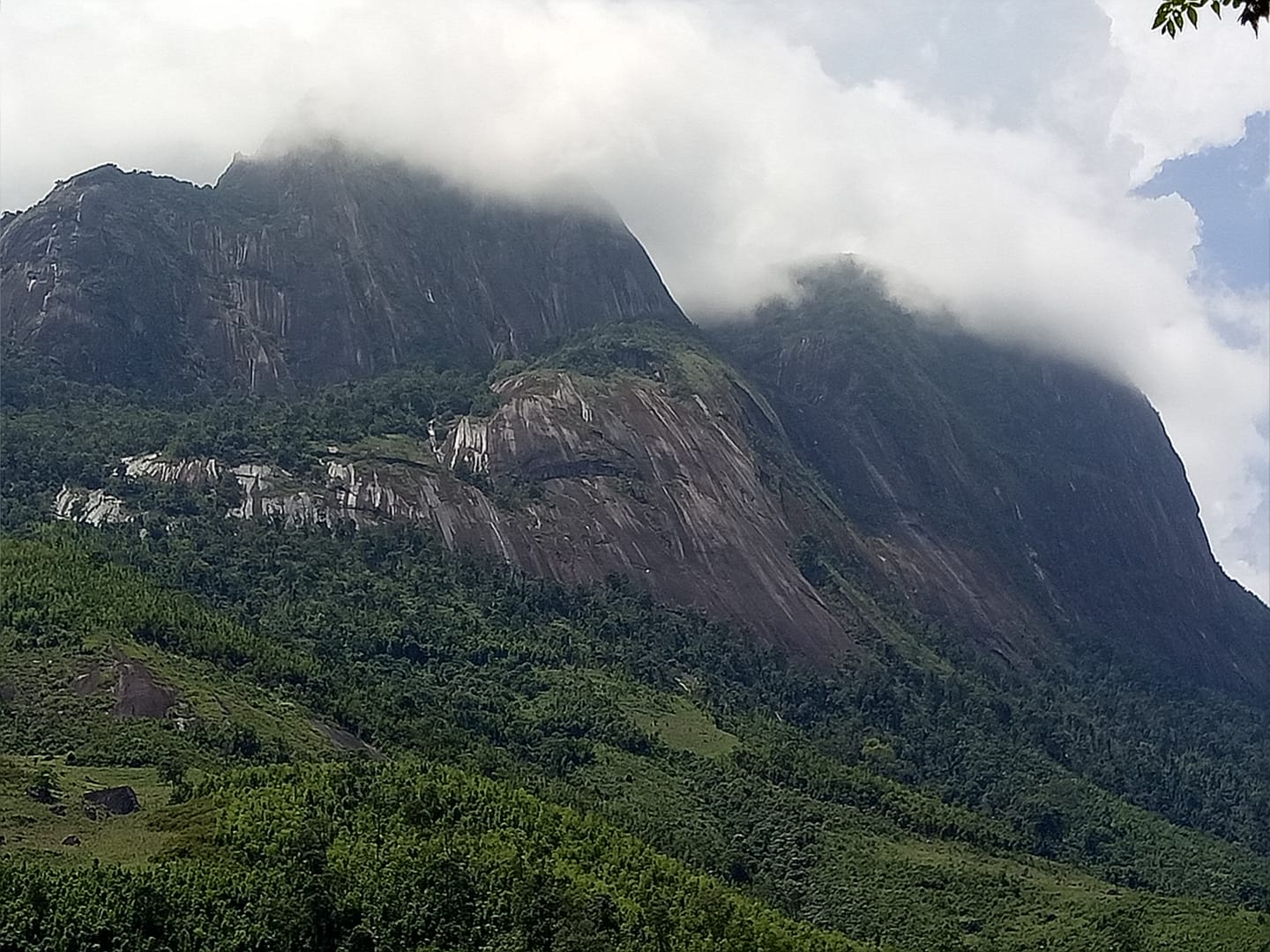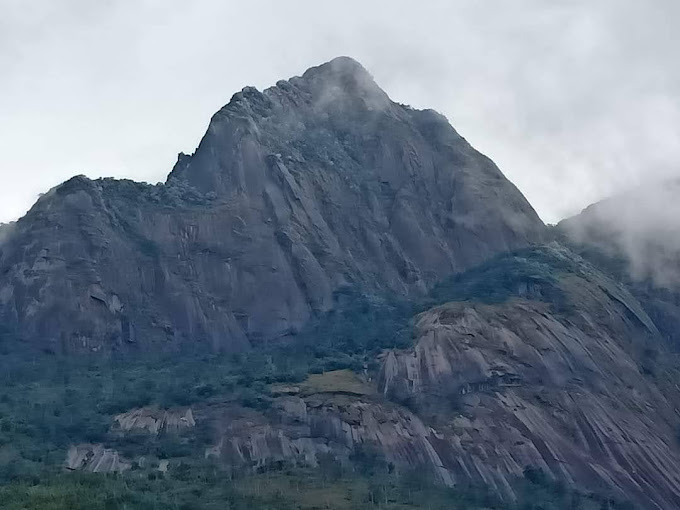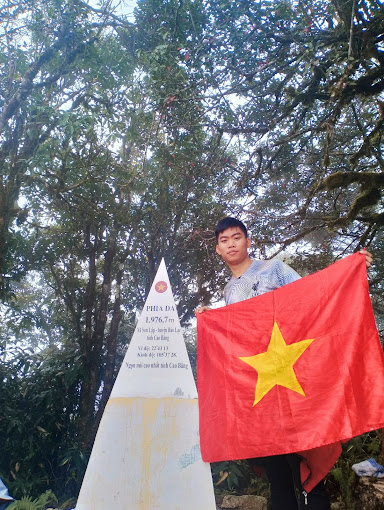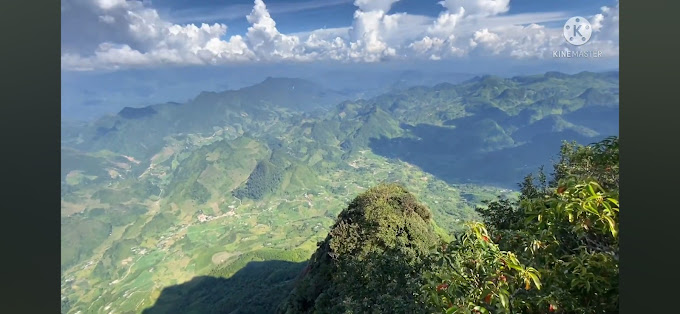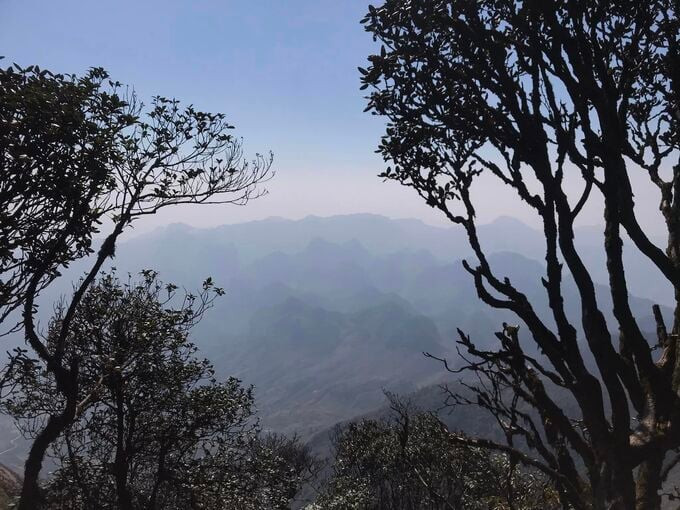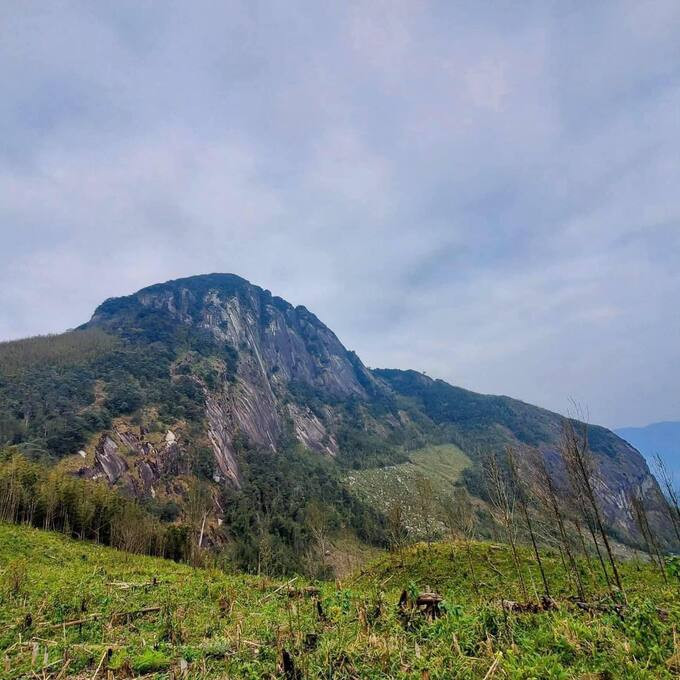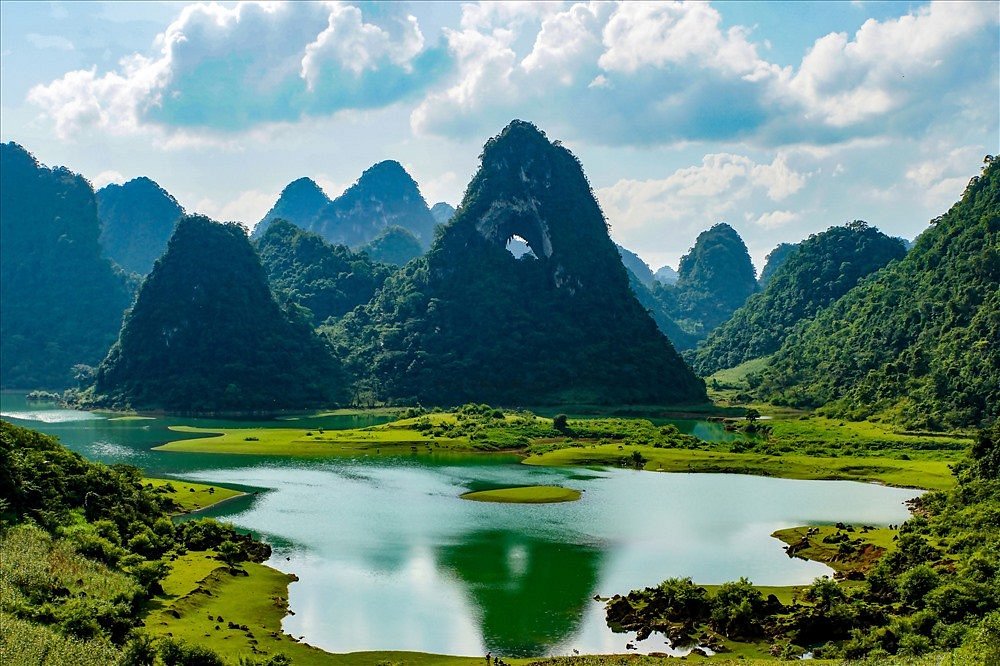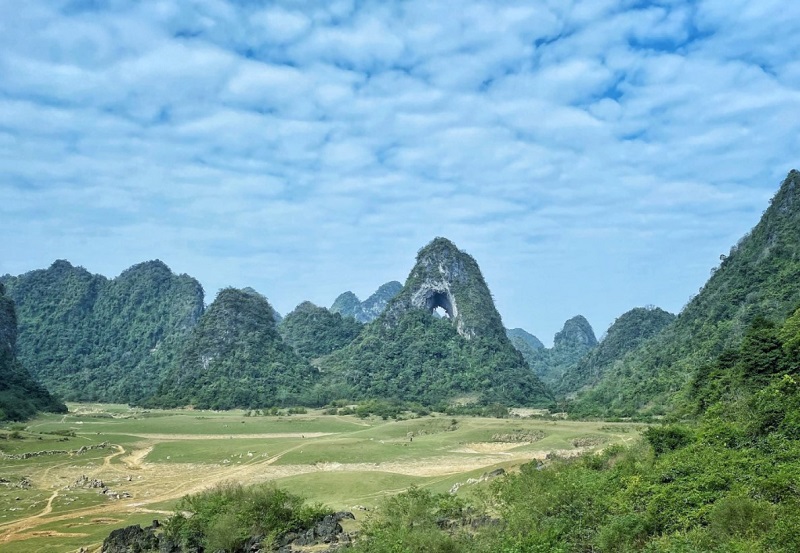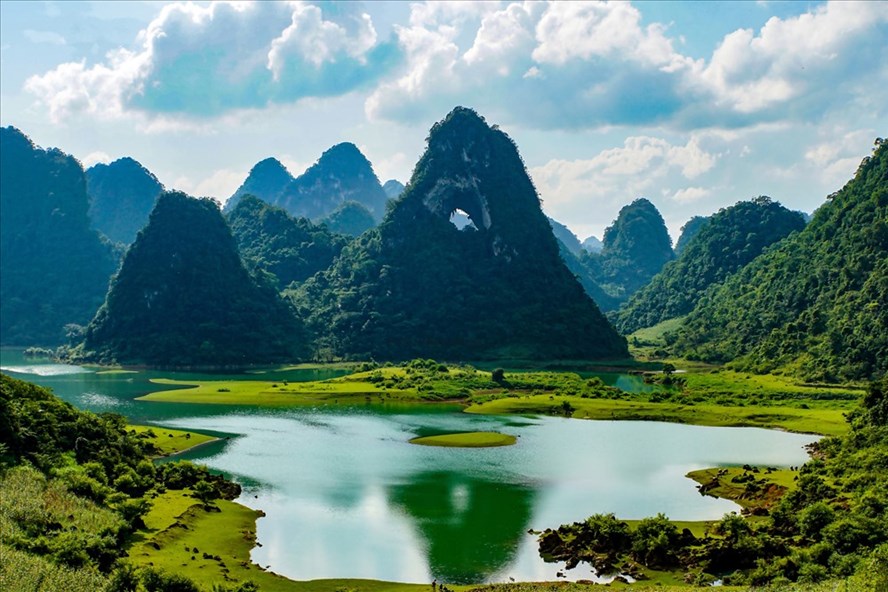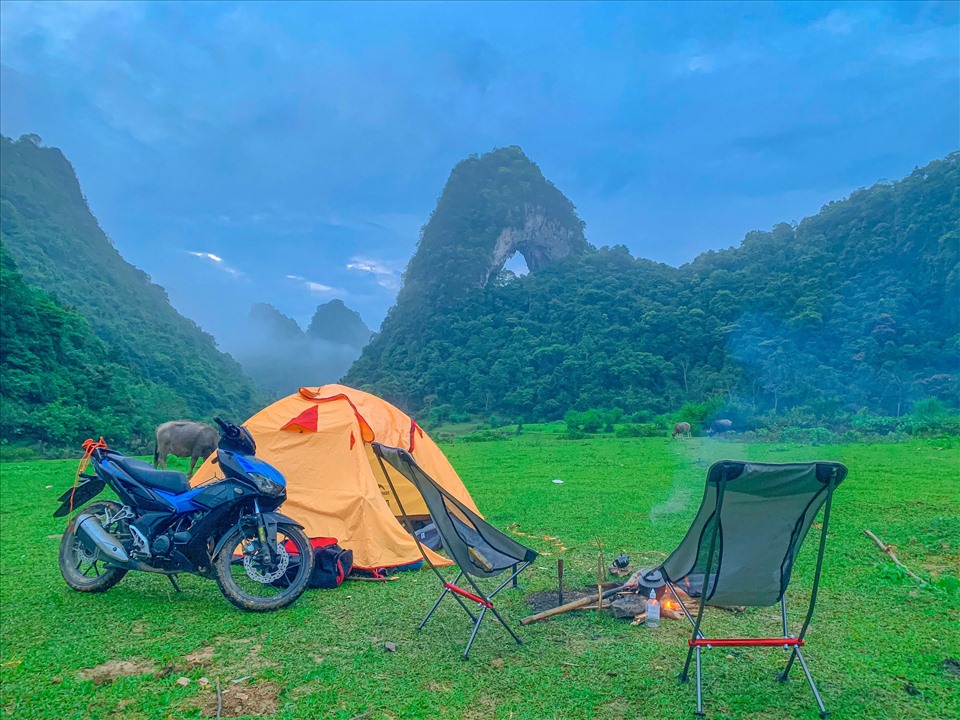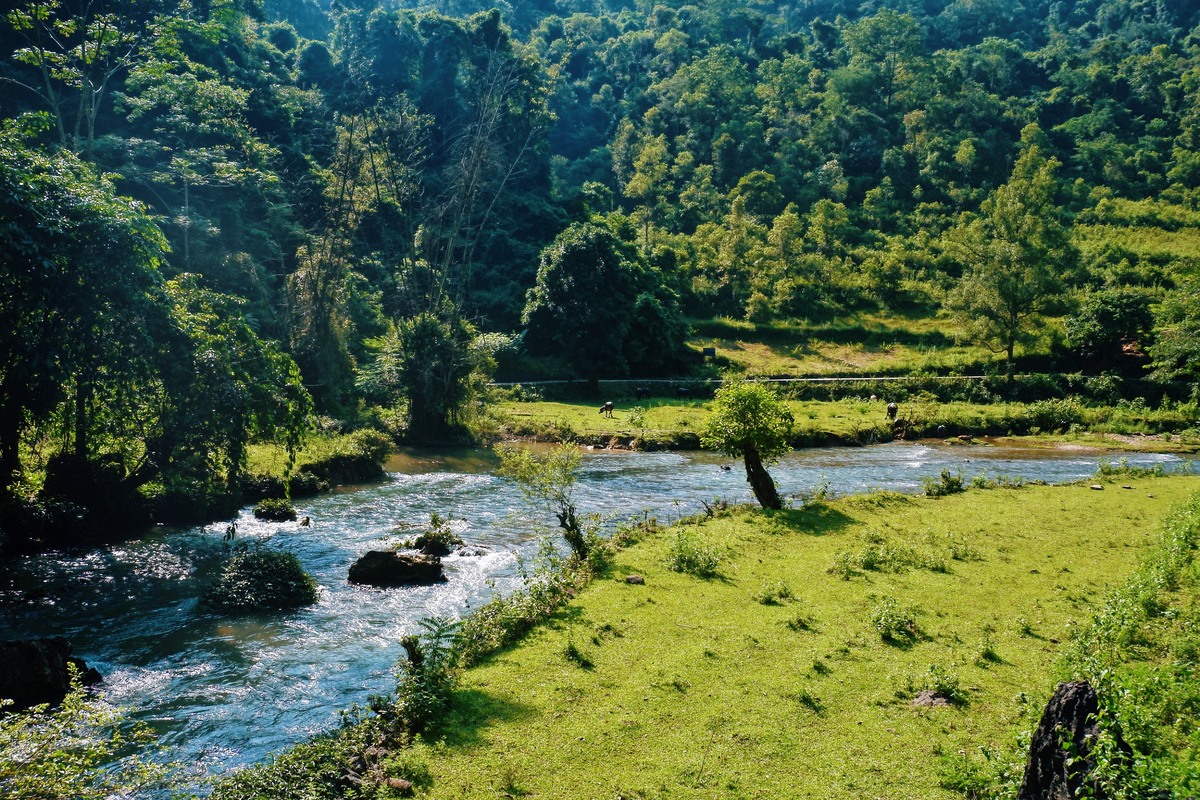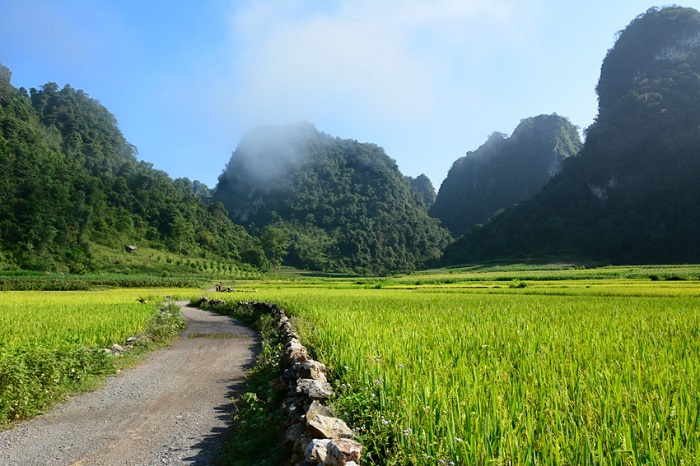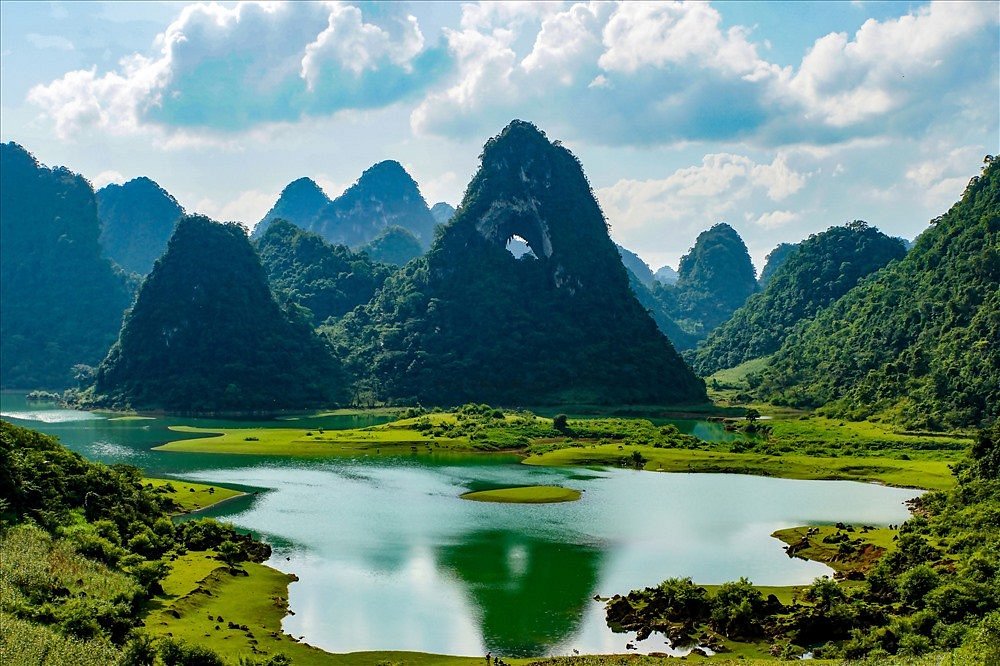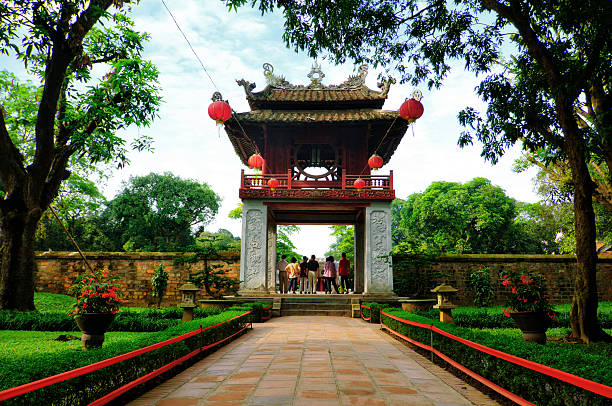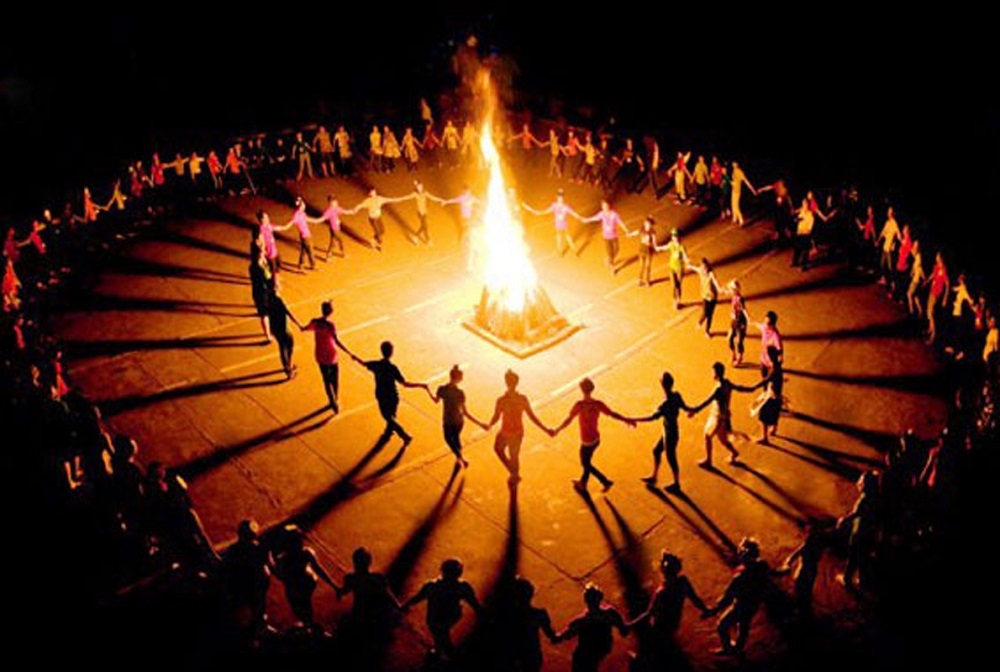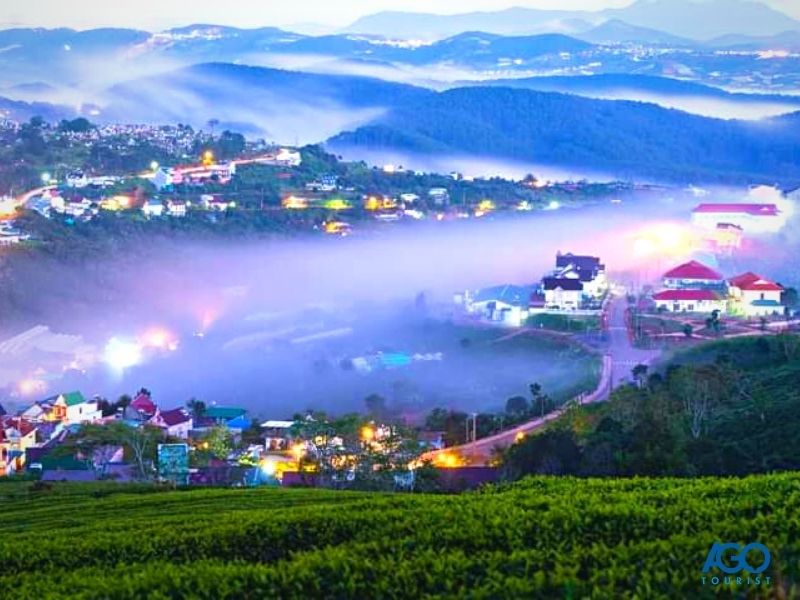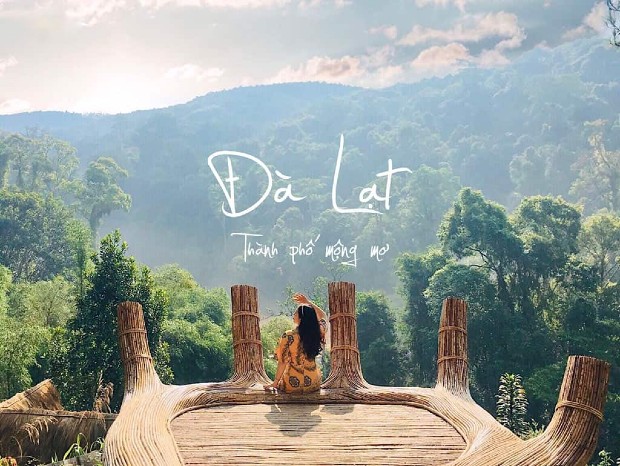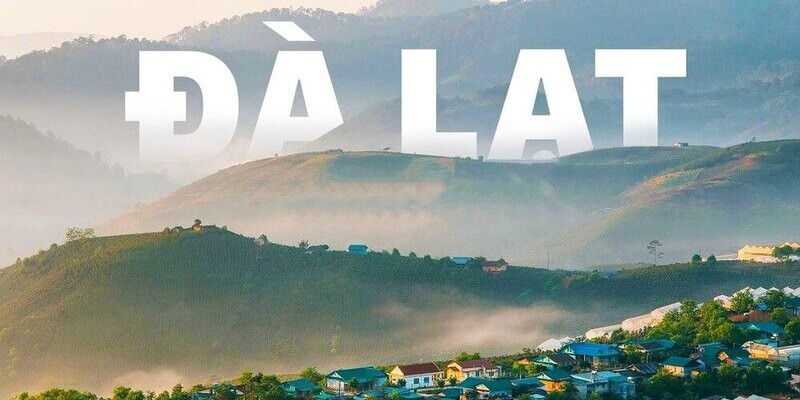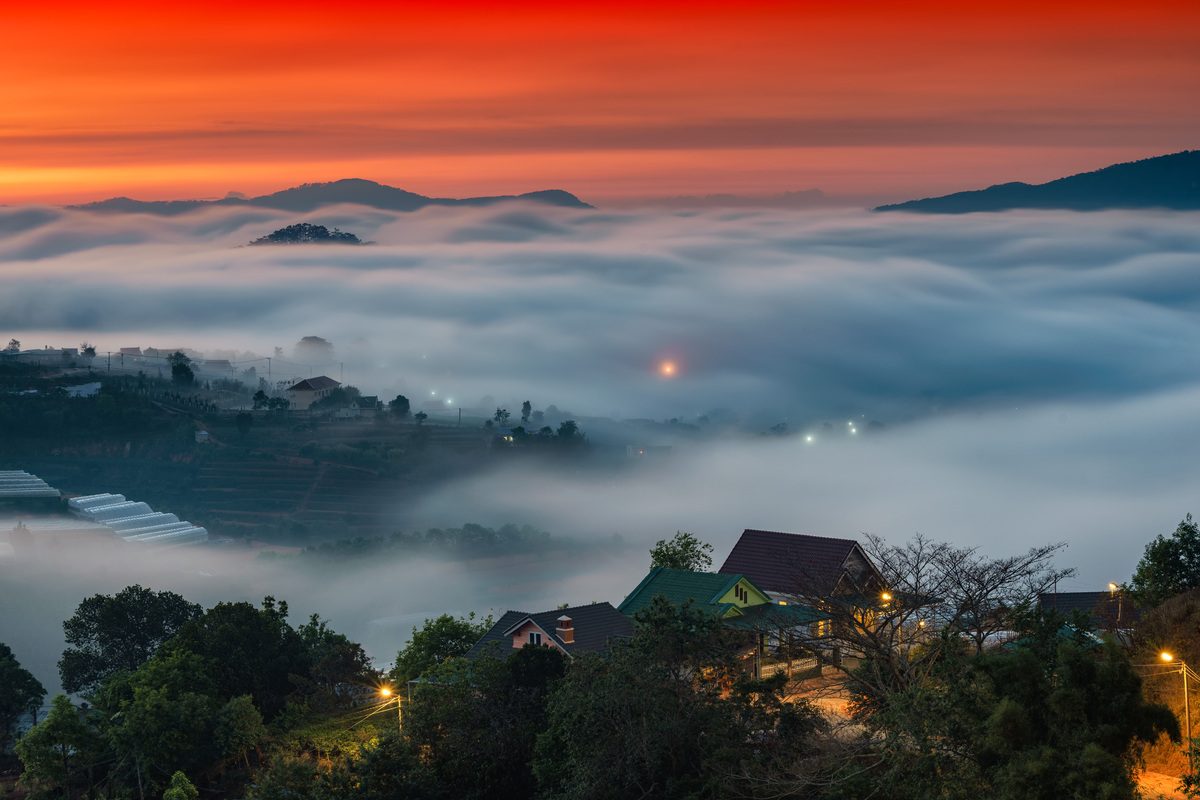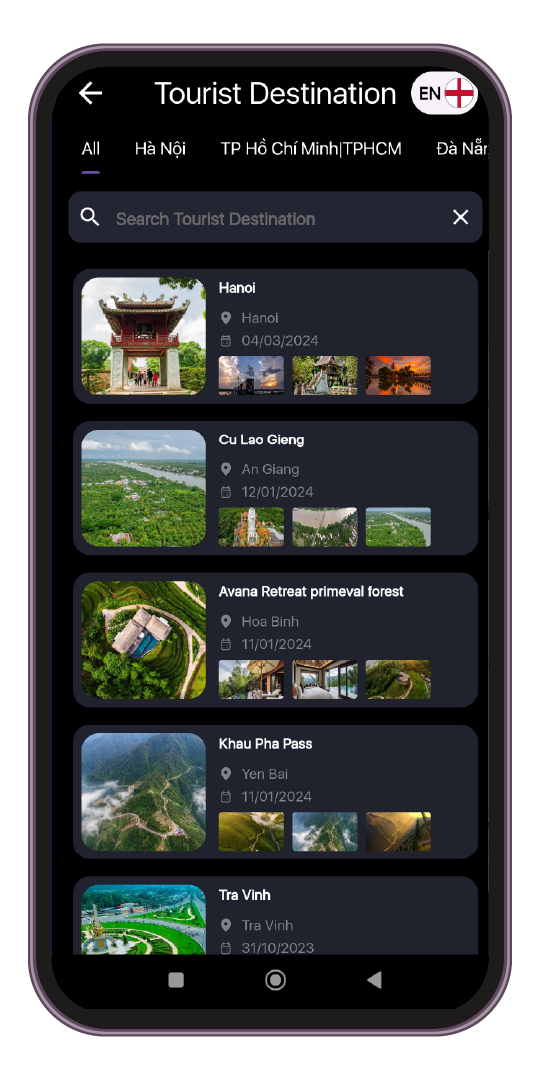Bat Cave in Dong Loan commune (Ha Lang) has long been known to many people as a scenic relic with spectacular and magical beauty and still imbued with original wildness, attracting many visitors and tourists. There are many expedition groups from different countries coming to admire and learn. Ha Lang is a mountainous district, border highland, about 74 km from Cao Bang city. There are traditional festivals imbued with national identity such as: Sung Phuc pagoda festival, Thang Na lovemaking festival, Po Na festival, Phja Dan festival, Bang Ca fair... Along with that, Ha Lang has many caves. caves with spectacular beauty, such as: Doi Cave, Nguom En, Dong Loan commune; Nguom Sap, Nguom Lom, Nguom Keng Khang, Nguom Keng Mu, Thang Loi commune; Nguom Khu, Minh Long commune, Nguom Riem, Thai Duc commune... Typically, Bat Cave, in Lung Xum hamlet, Dong Loan commune, has long been discovered and preserved by indigenous people. Bat Cave is located in the heart of a limestone mountain range about 700 meters from residential roads; The cave is relatively large, with a depth of nearly 1,000 m, an average height of about 40 m, and has a unique and majestic structure, with a system of colorful stalactites and stalactites stretching along the entire depth of the cave. The cave has 3 chambers and 2 floors, separated by cliffs and stone doorways. In the first compartment, visitors see images of the original wild life with many traces of underground water. In the rainy season, the clear water is 0.5m deep and more than 2m wide, flowing along the depth of the cave. . This chamber has the lowest ceiling, in some places it is only about 4 meters high. Large stone slabs stacked on top of each other are covered with shimmering multi-colored layers. Next are stalactites bearing the image of silver waterfalls, golden waterfalls, the cave floor has stalactites floating like cakes, in some places forming shimmering lakes. In the second compartment, visitors cannot help but be surprised to see stalactites in the cave with images of terraced fields with shiny golden rice flowers, called "fairy fields" by local people. Next to that is the image of hundreds of soft, hanging silver waterfalls that attract attention at first sight. This compartment is about 200 m long, with a long stretch of yellow sand at the bottom. The walls of the cave are decorated with stalactites of different shapes like a watercolor painting, above are stalactites stacked on top of each other like mountains. Below is a clear, calm blue water line with a mountain pattern, including small islands appearing next to the water, creating an extremely unique and charming natural picture. Going 300 meters further, you will reach the third chamber, which is considered the central chamber of the cave. This compartment is divided into two distinct floors. The first floor has an area of about 10,000 m2, 80 m high, with vivid, unique shaped stone blocks that intertwine and blend to create a magical space. To get to the second floor of the cave, you have to follow the cliff nearly 10 meters high. This floor curves like a semicircle, with an average height of about 60 m. In the central part, stretching stone terraces appear. The ceiling of the cave has stalactites hanging down in symmetry and harmony with the stalactites rising from the floor of the cave. Going deep into the bottom of the second floor is a combination of shiny yellow stone blocks that look like solid pillars supporting the roof. It can be said that the space of the second floor is vast and spacious, adding to the beauty of the overall architecture of Bat Cave. With the spectacular beauty of Bat Cave, on March 10, 2014, the Ministry of Culture, Sports and Tourism issued Decision No. 622 on classifying the Bat Cave scenic relic, Dong Loan commune as a tourist attraction. national monument. The shimmering, magical beauty of Bat Cave, the humanistic values imbued with national identity of Sung Phuc Pagoda, and To Thi Hoan temple of Ha Lang will open up a new prospect in linking tourism development, attracts domestic and foreign tourists to visit, contributing to promoting local socio-economic development.
Cao Bang 1049 view From April to June or from September to October.
Ngày cập nhật : 24/10/2024


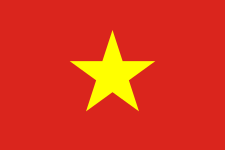 vn
vn en
en ja
ja ko
ko zh
zh


















